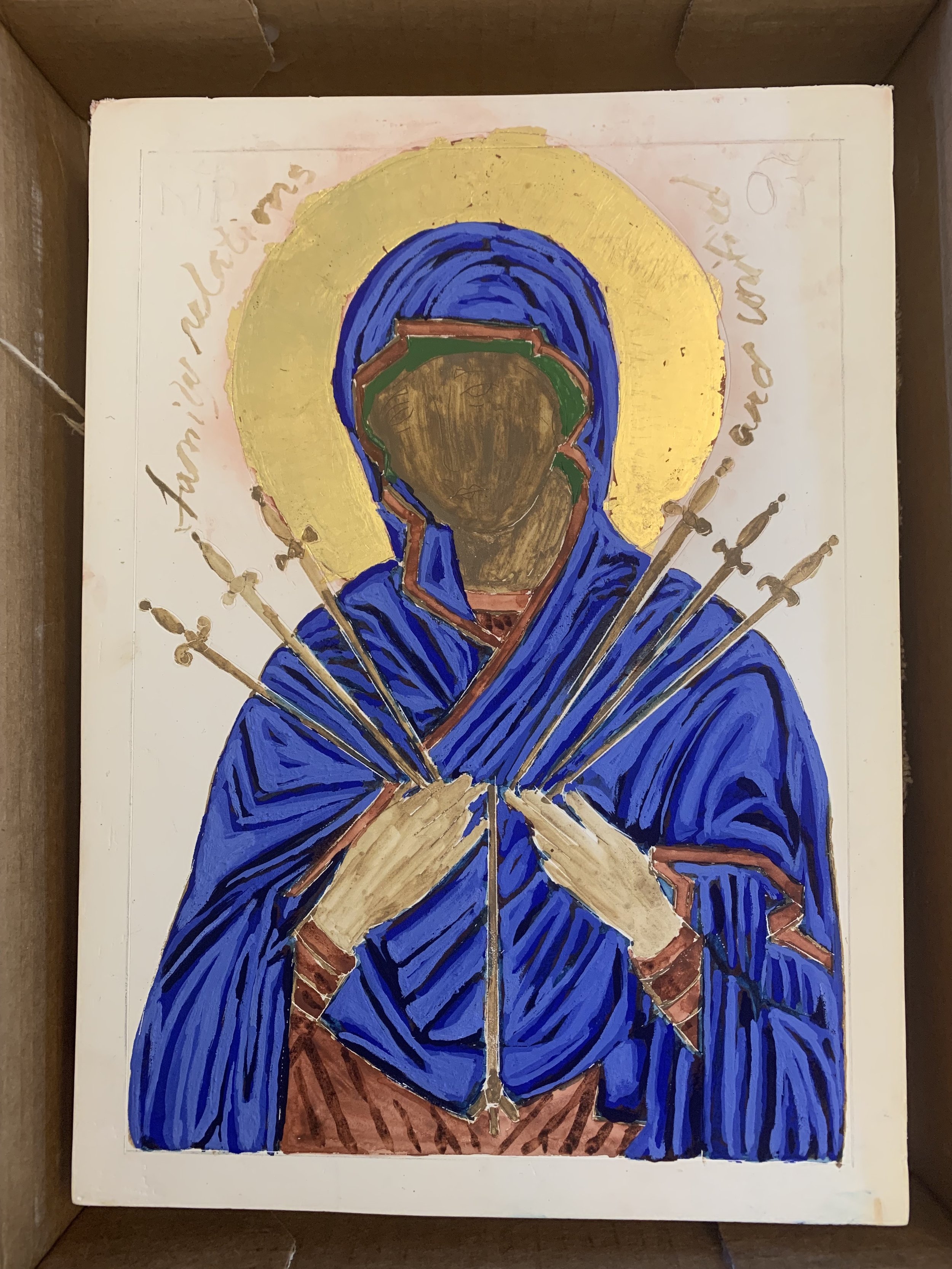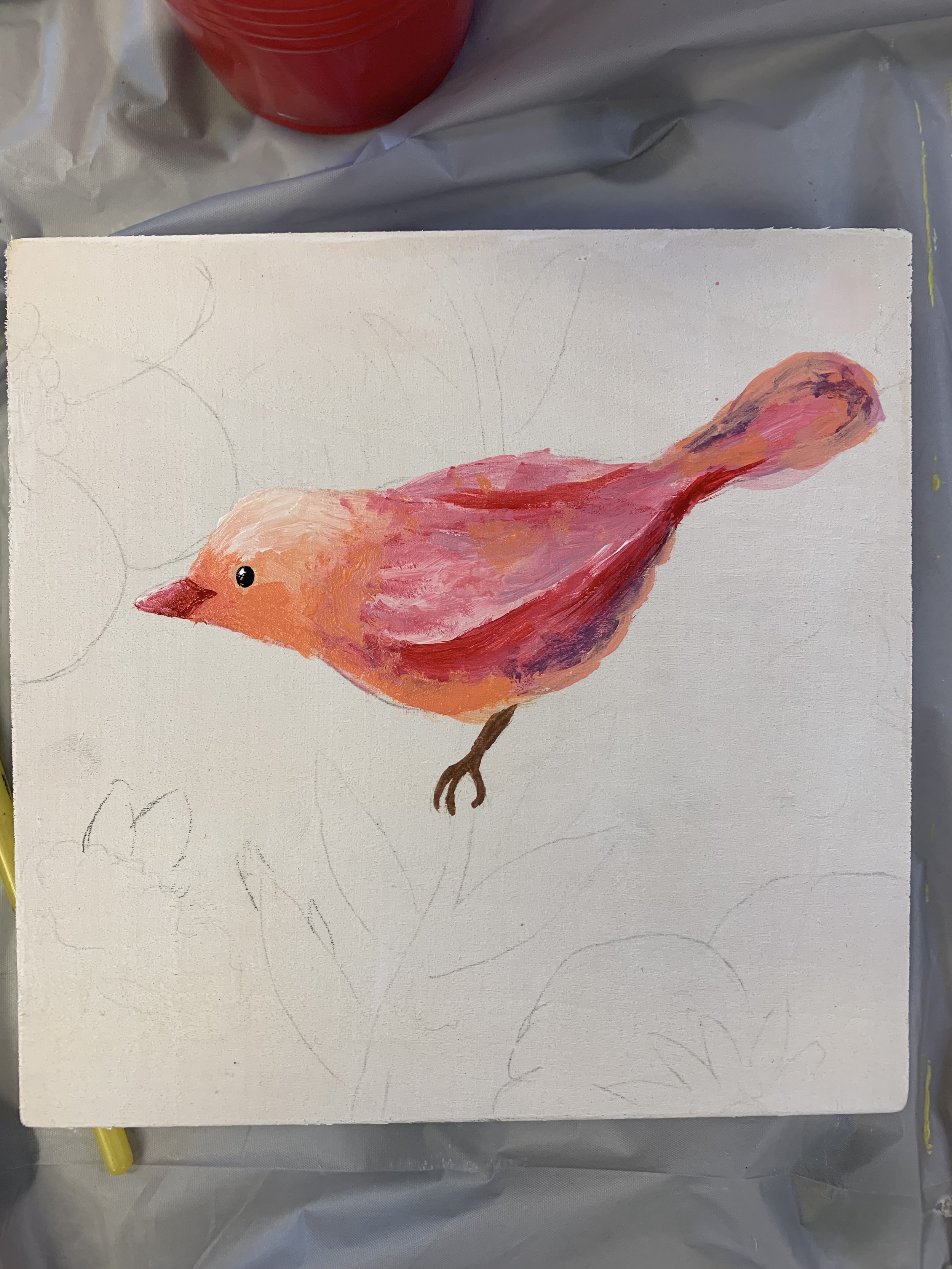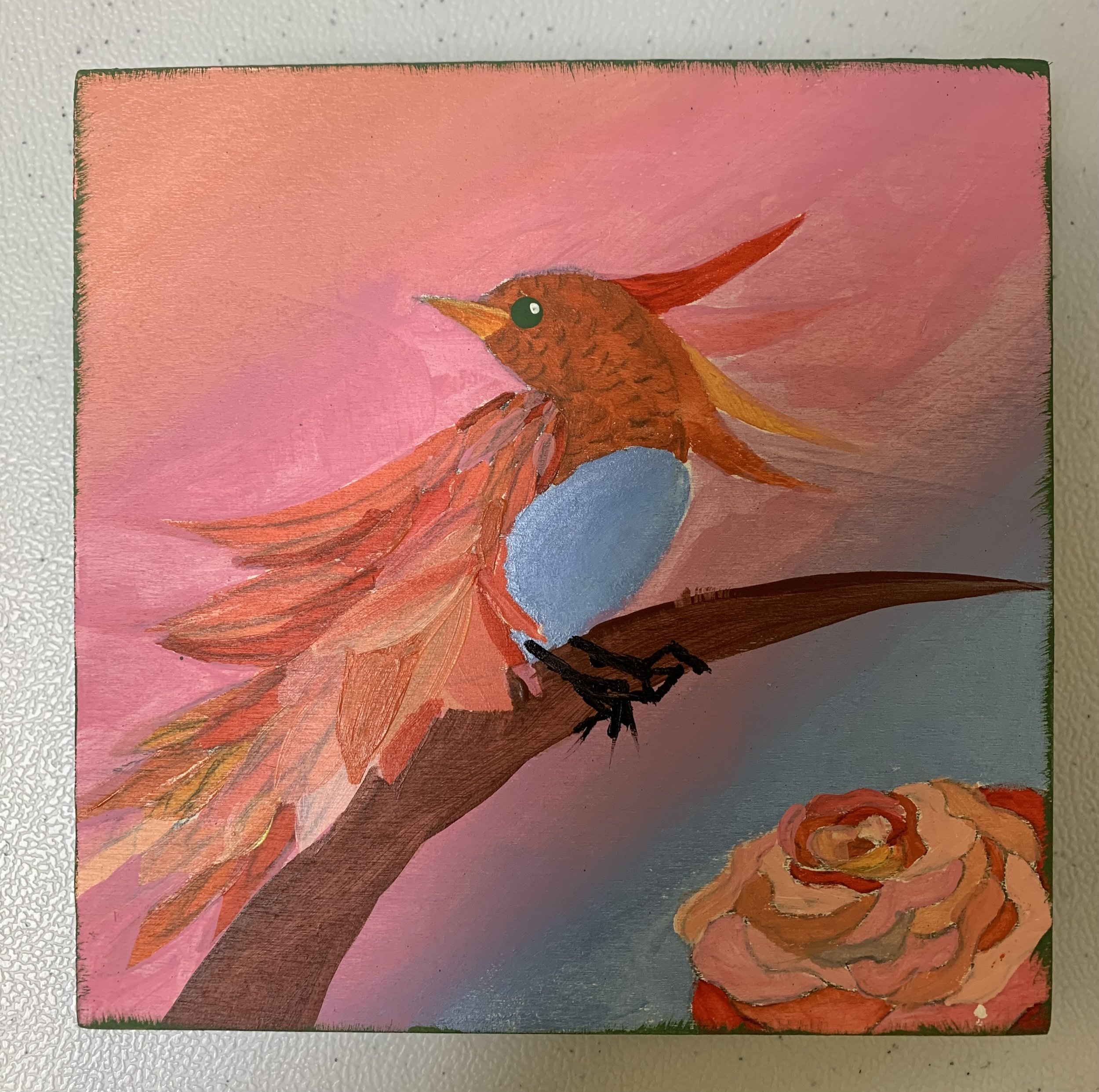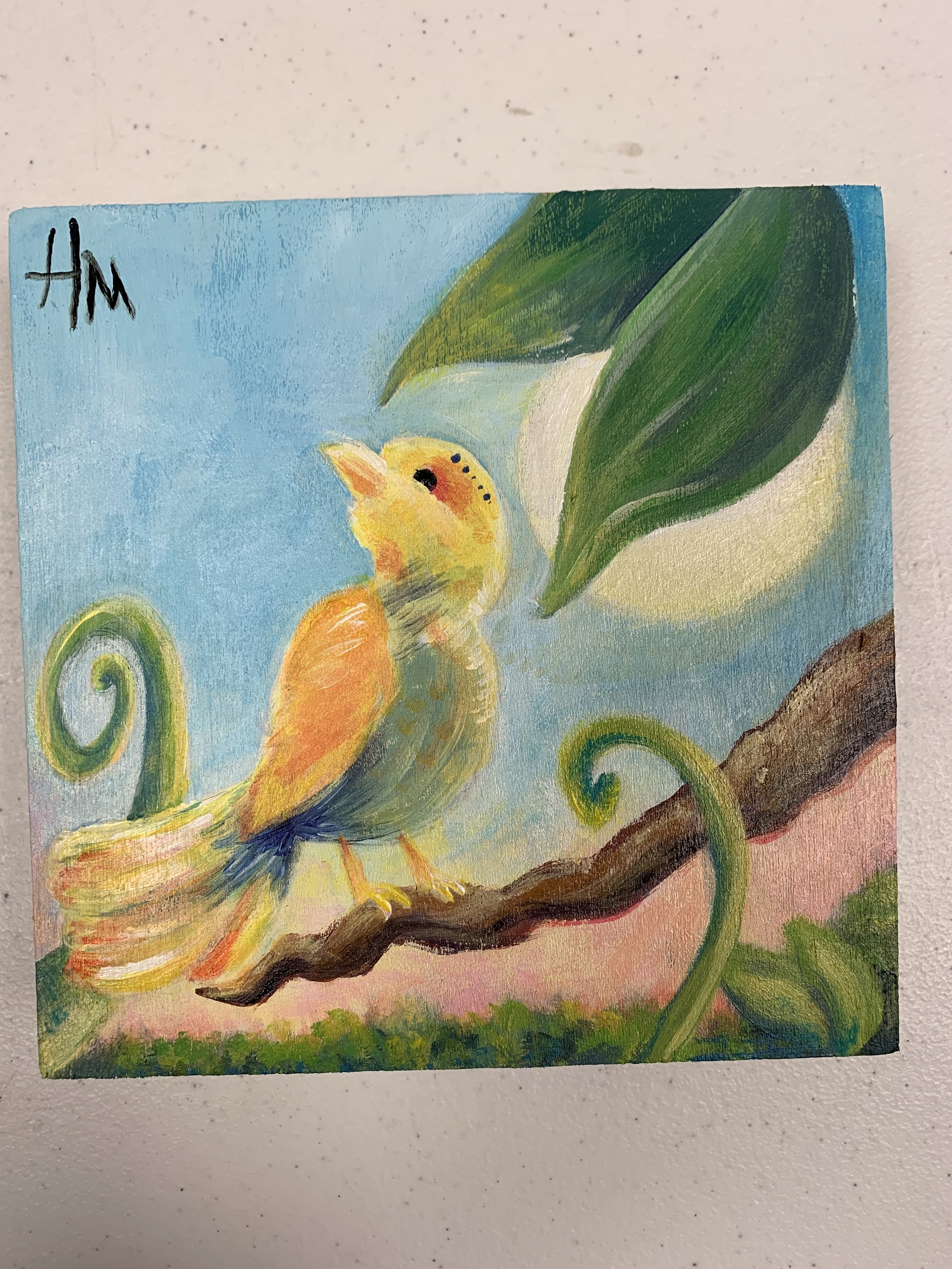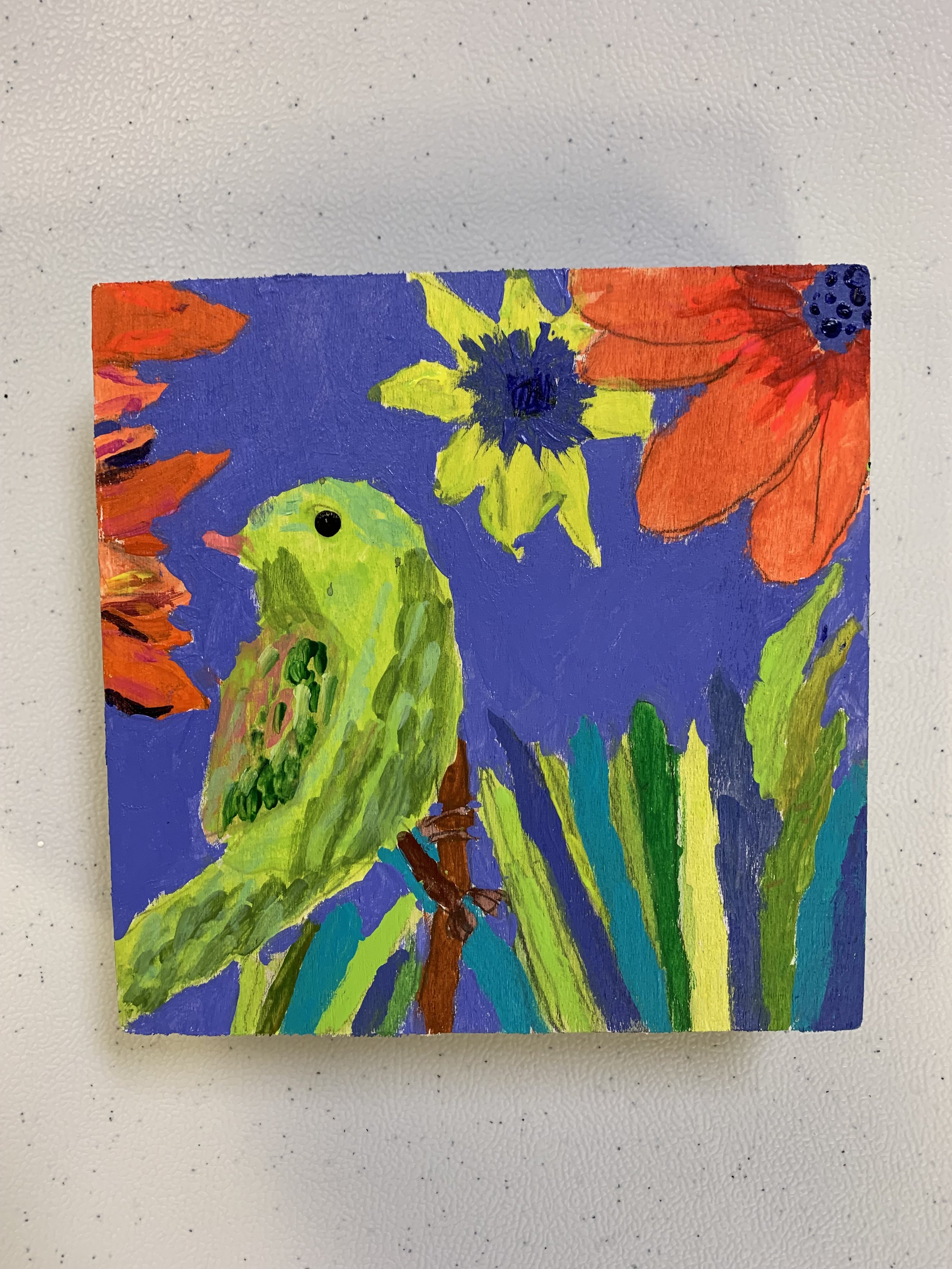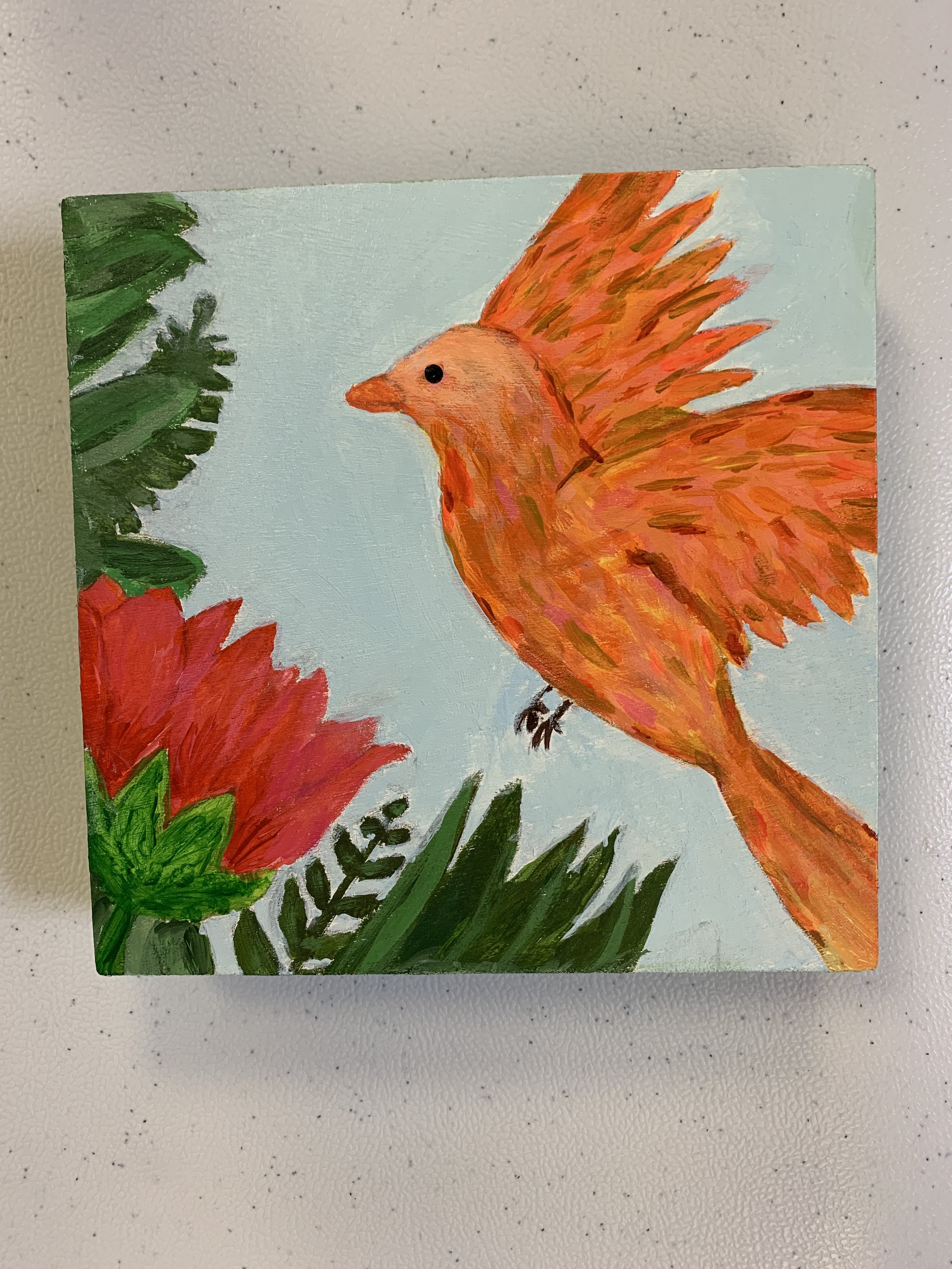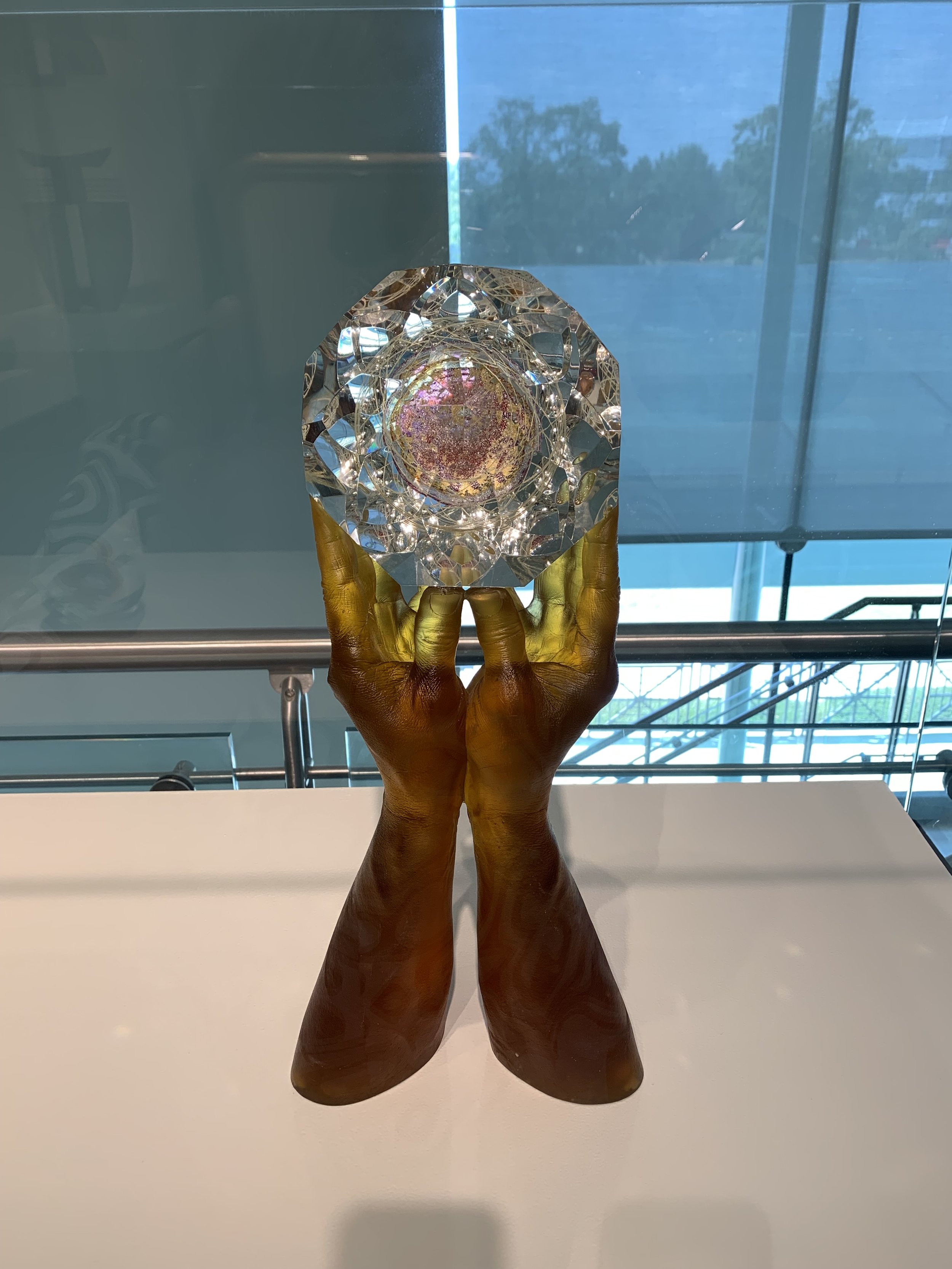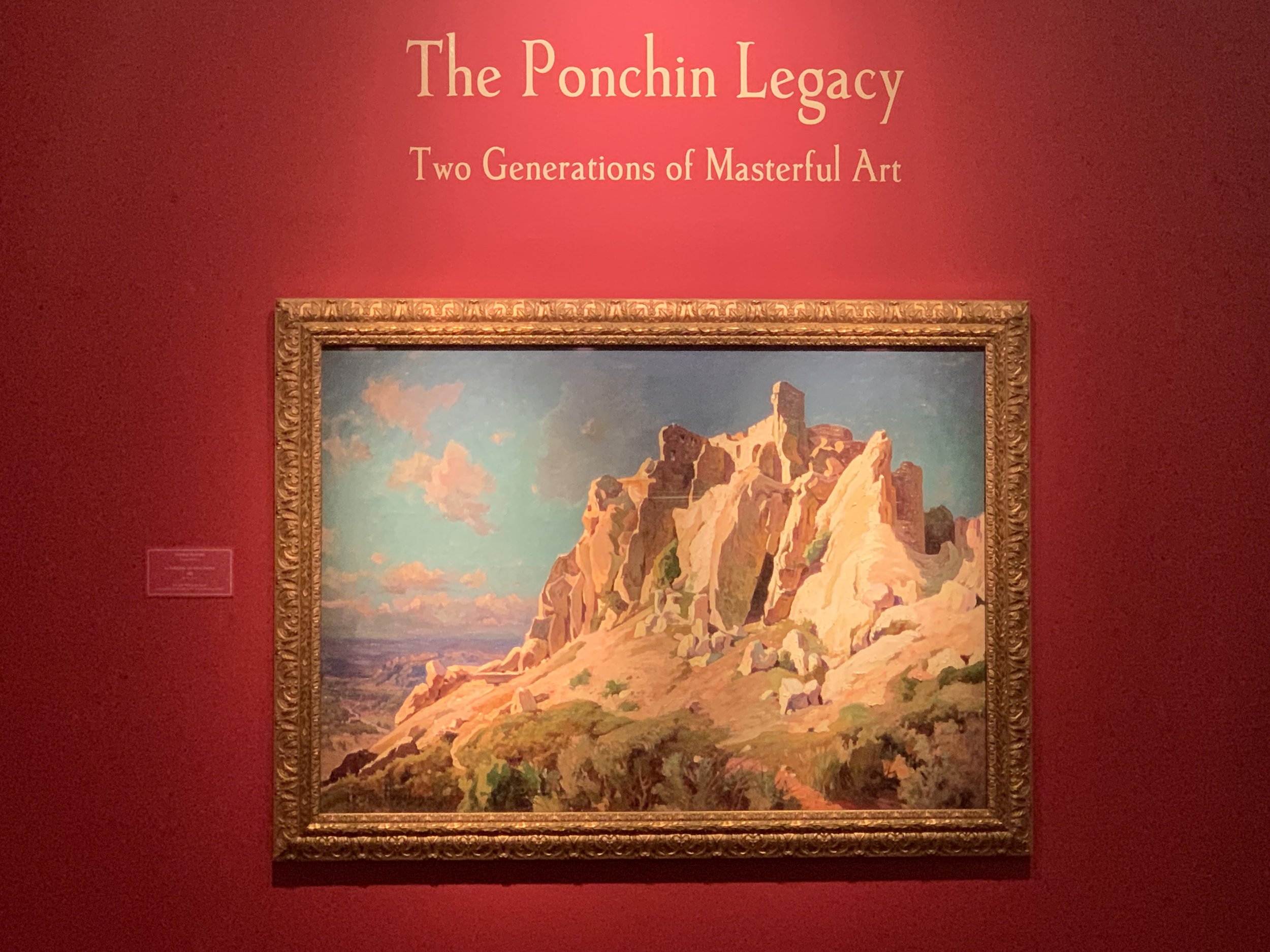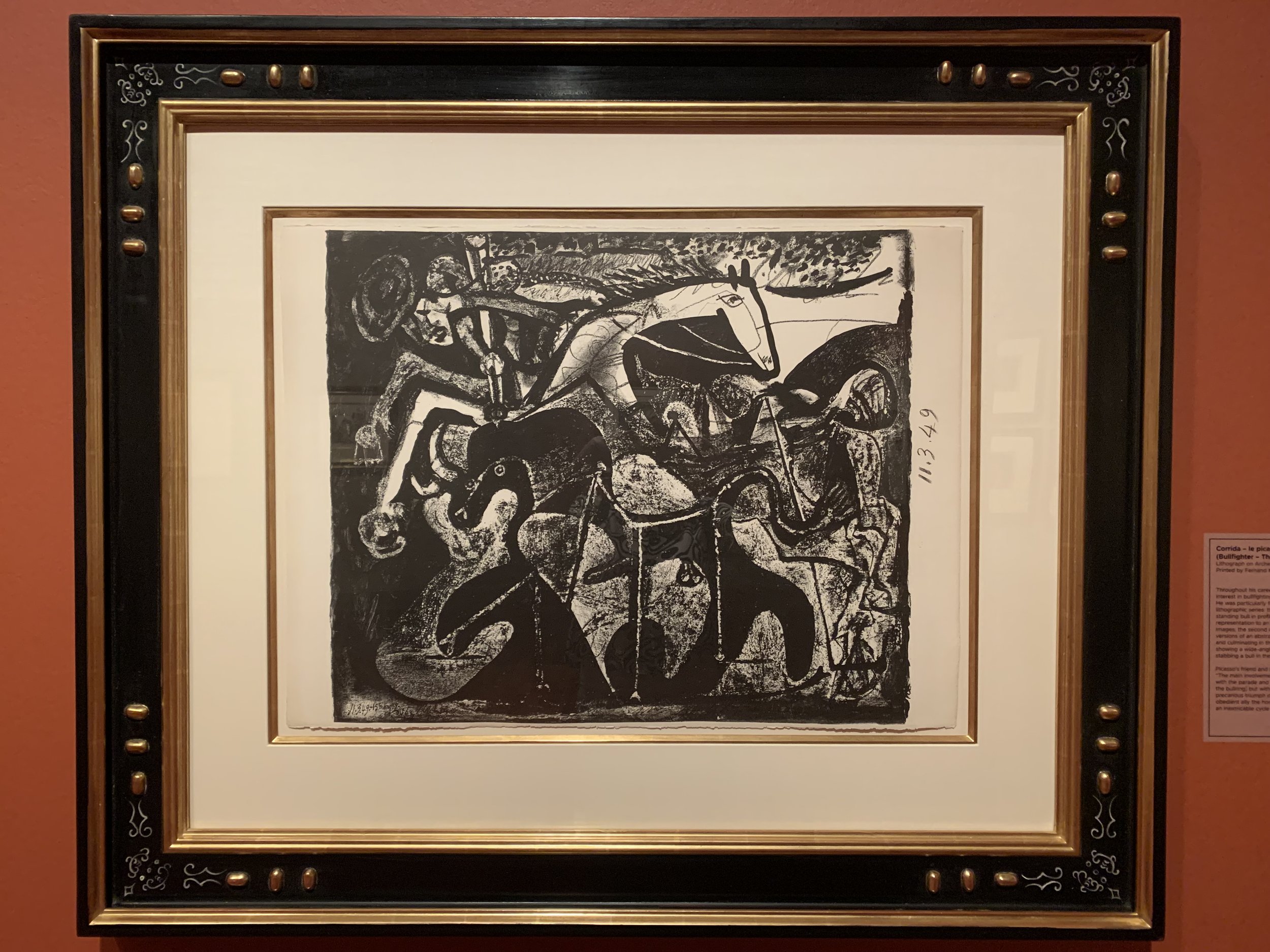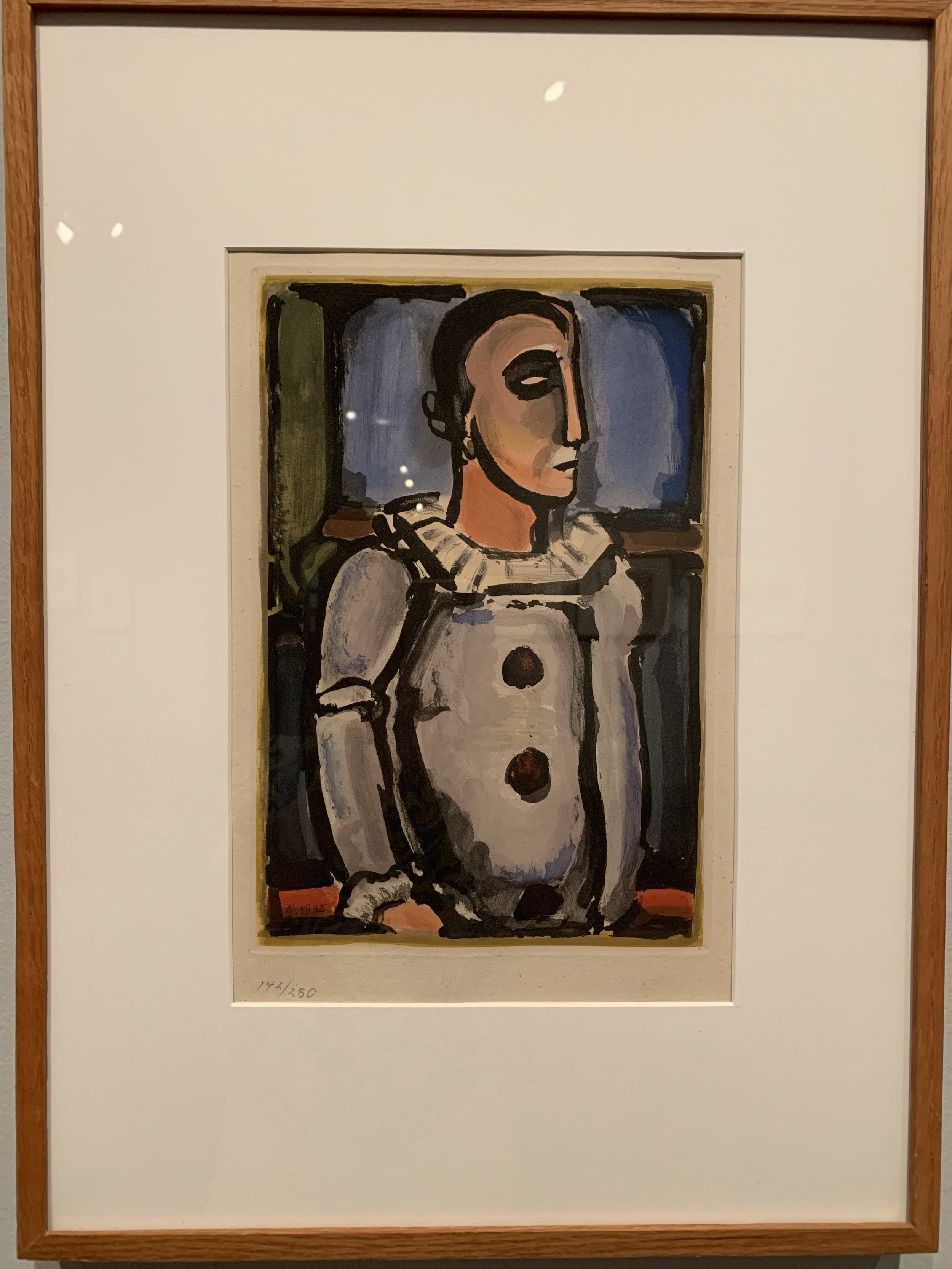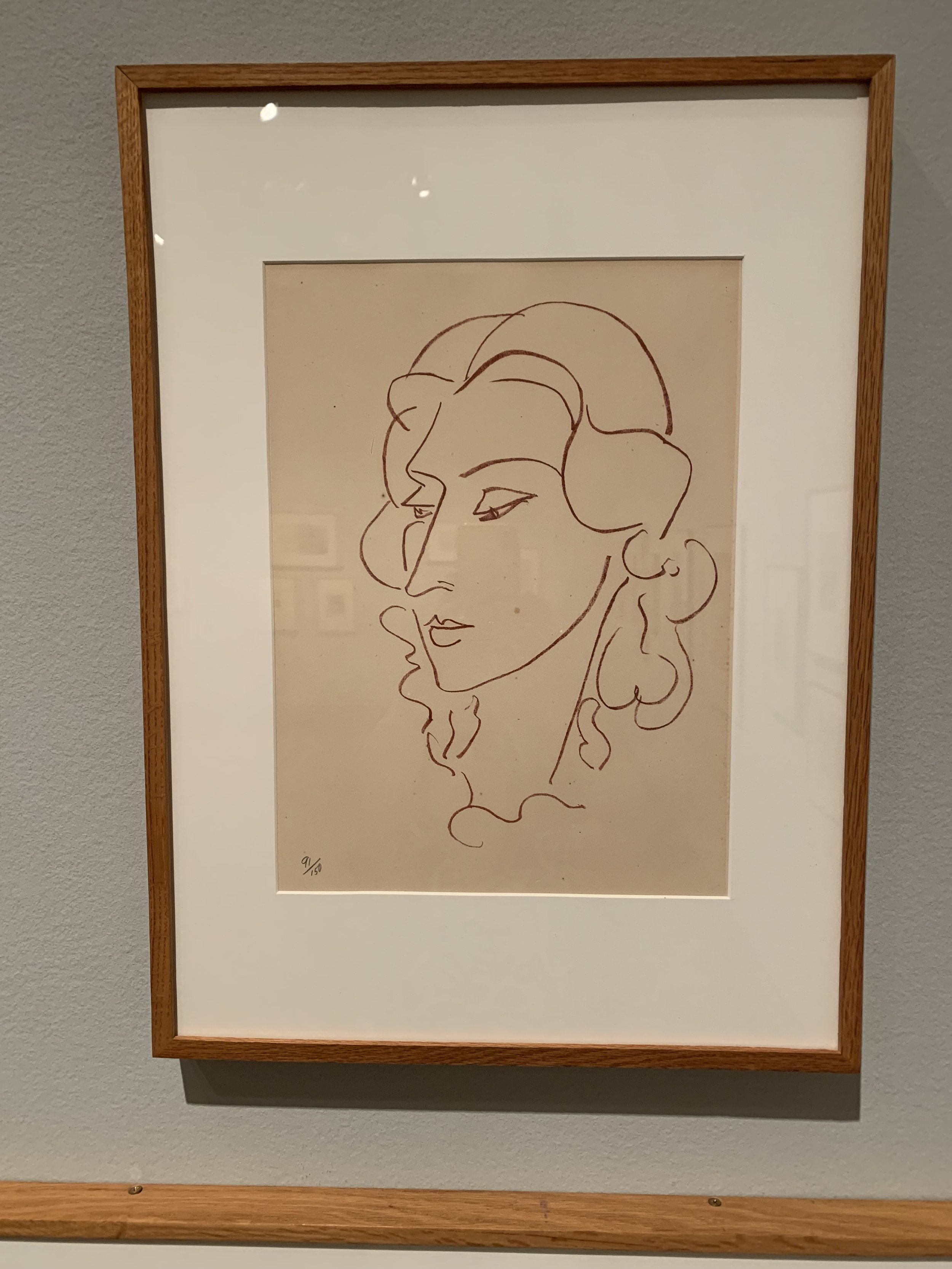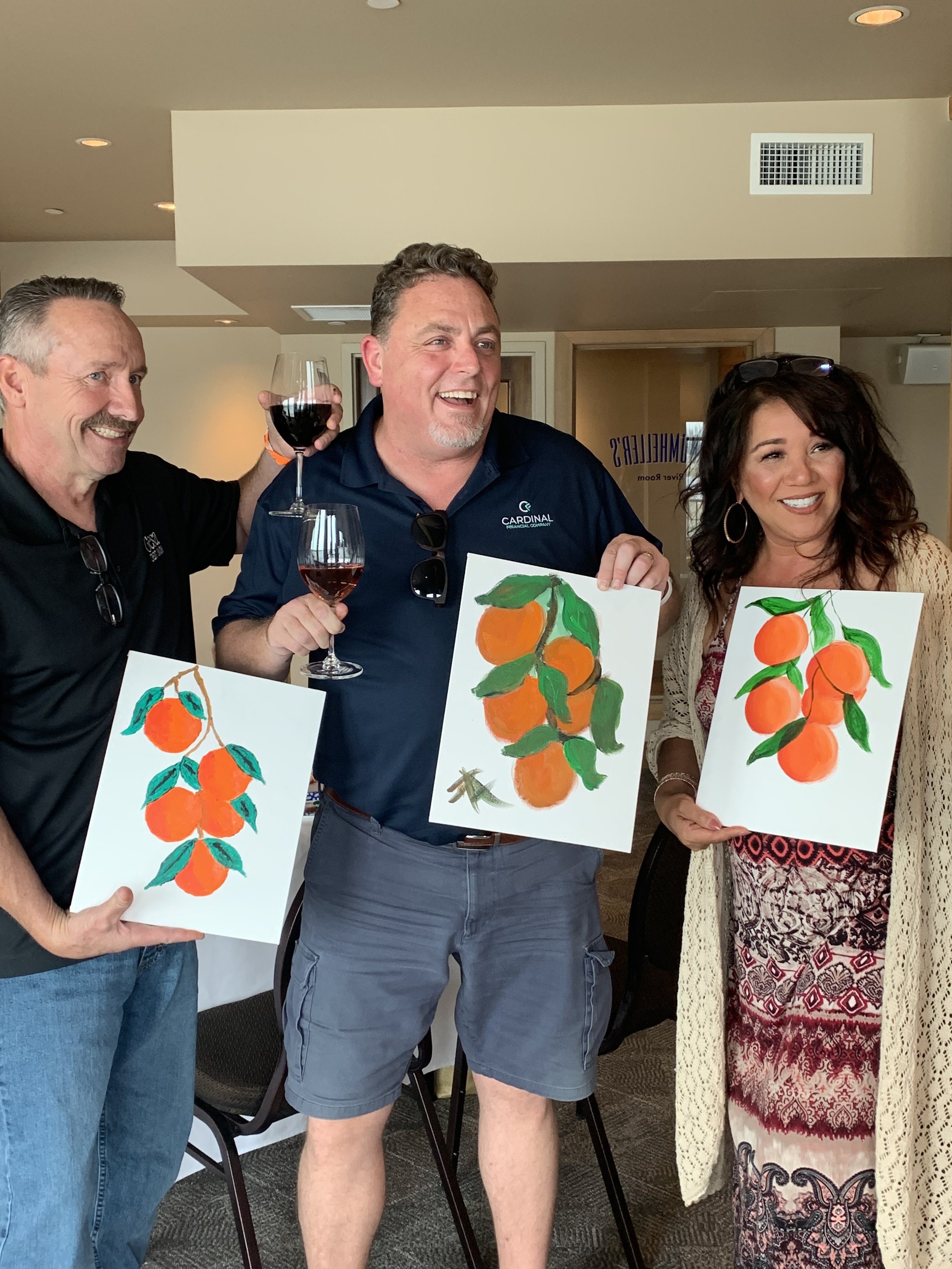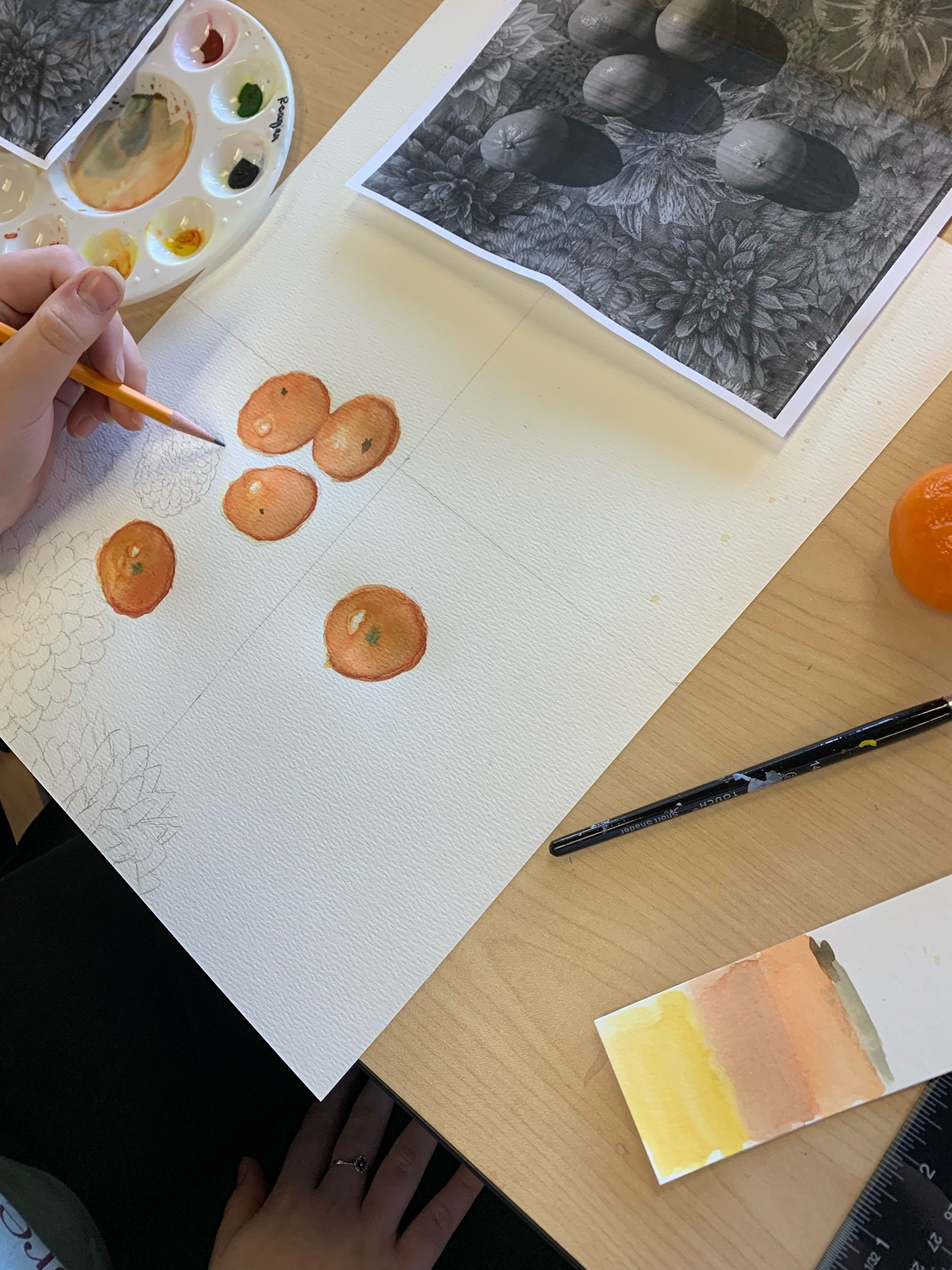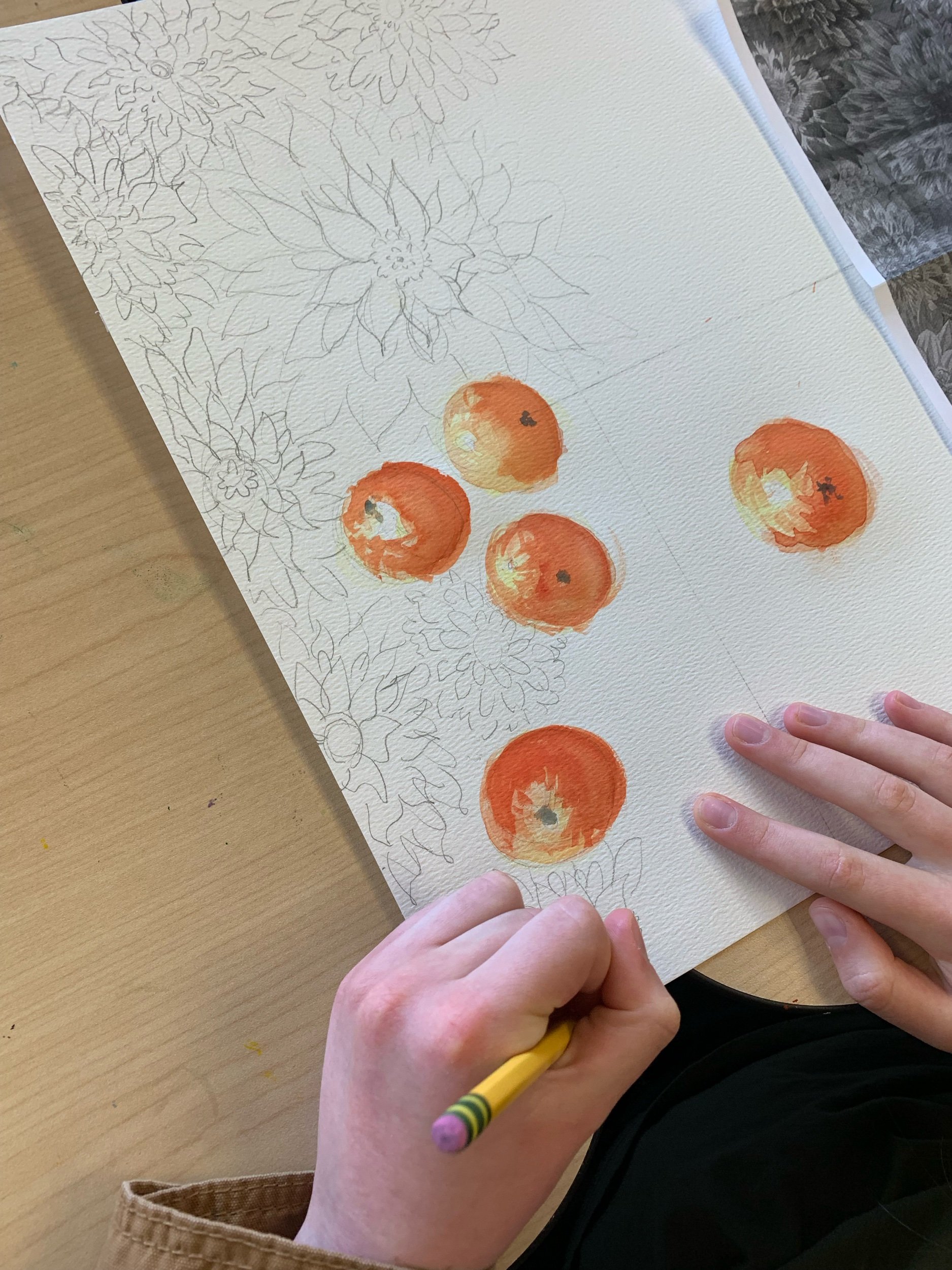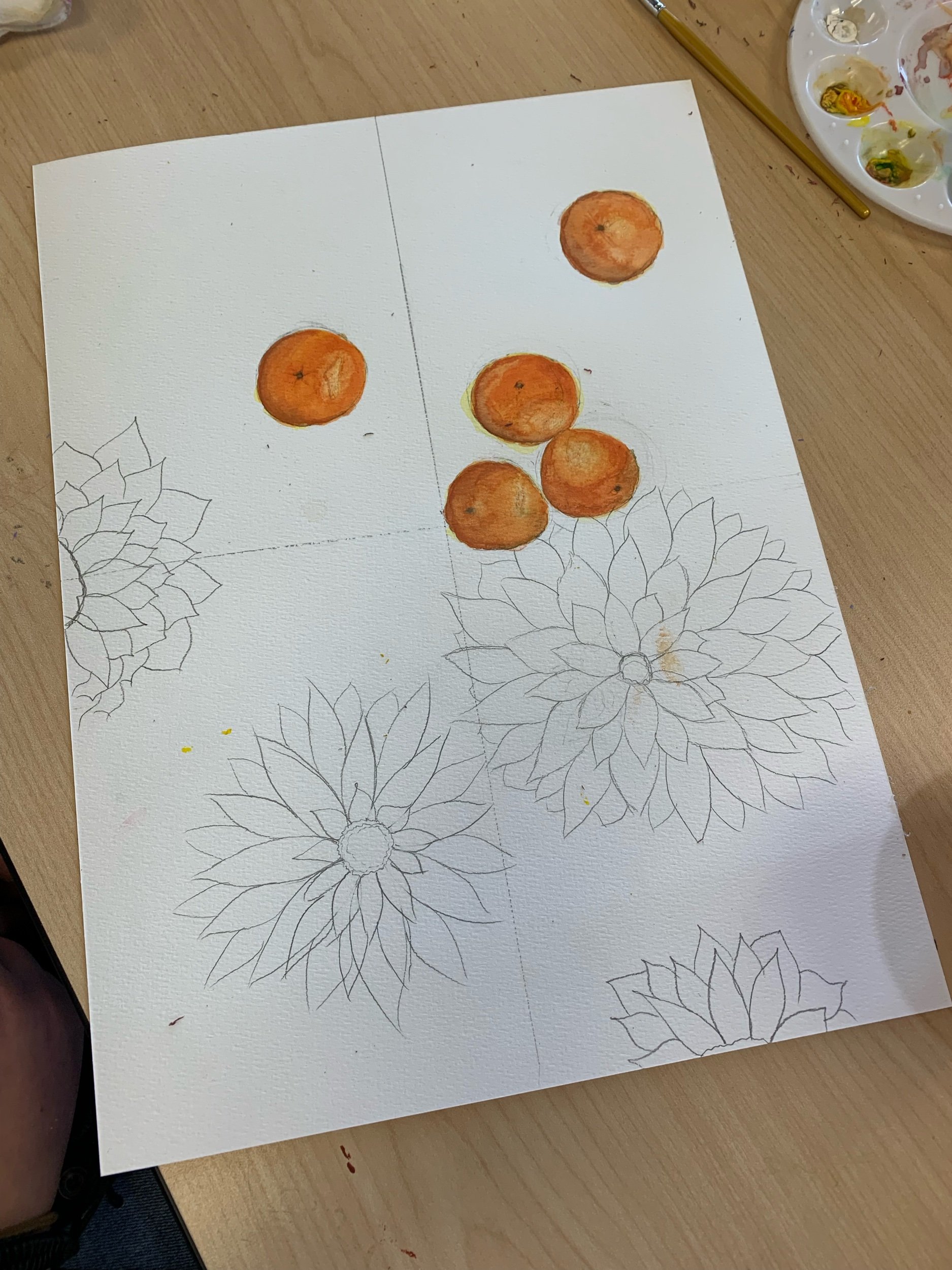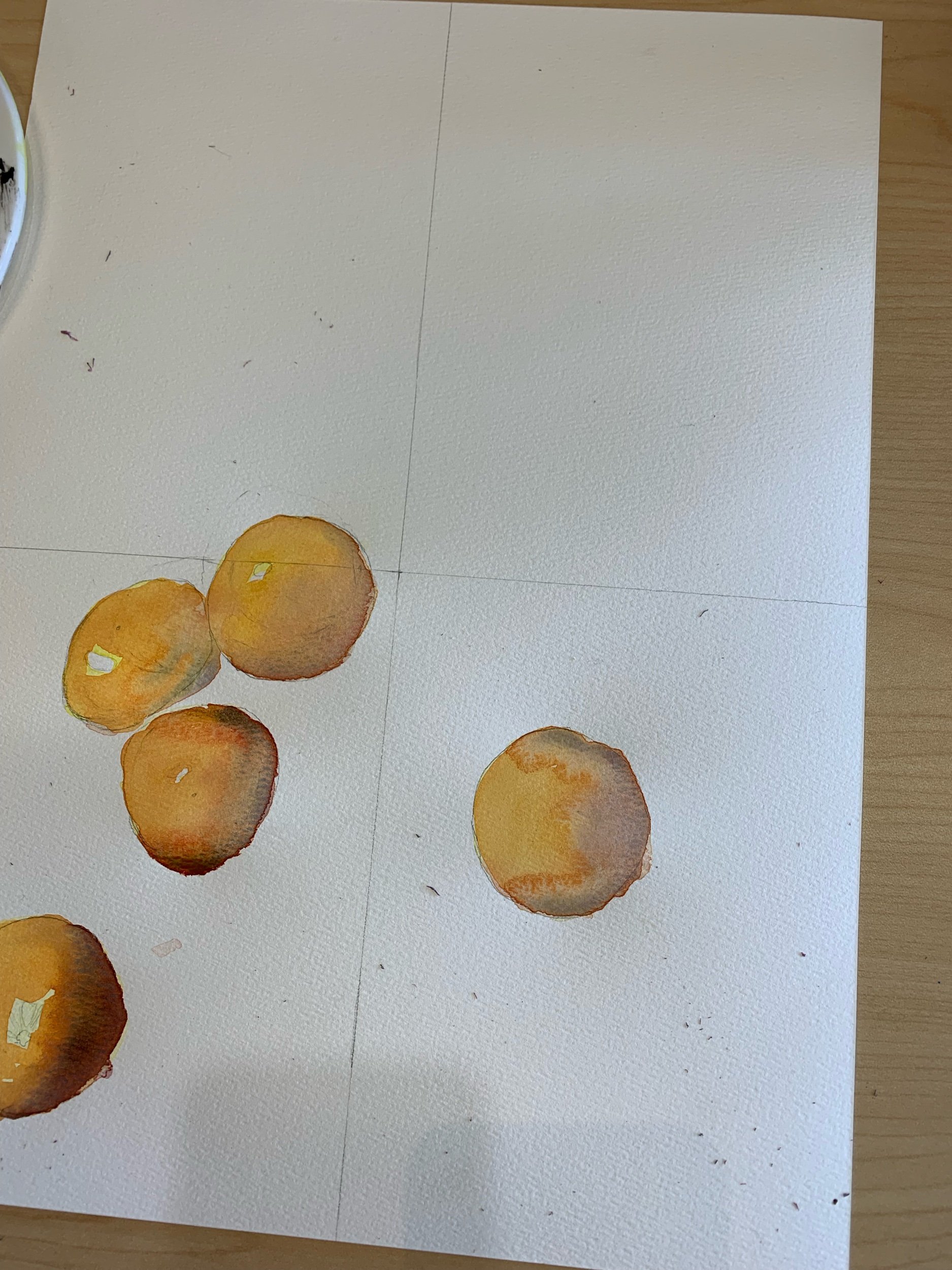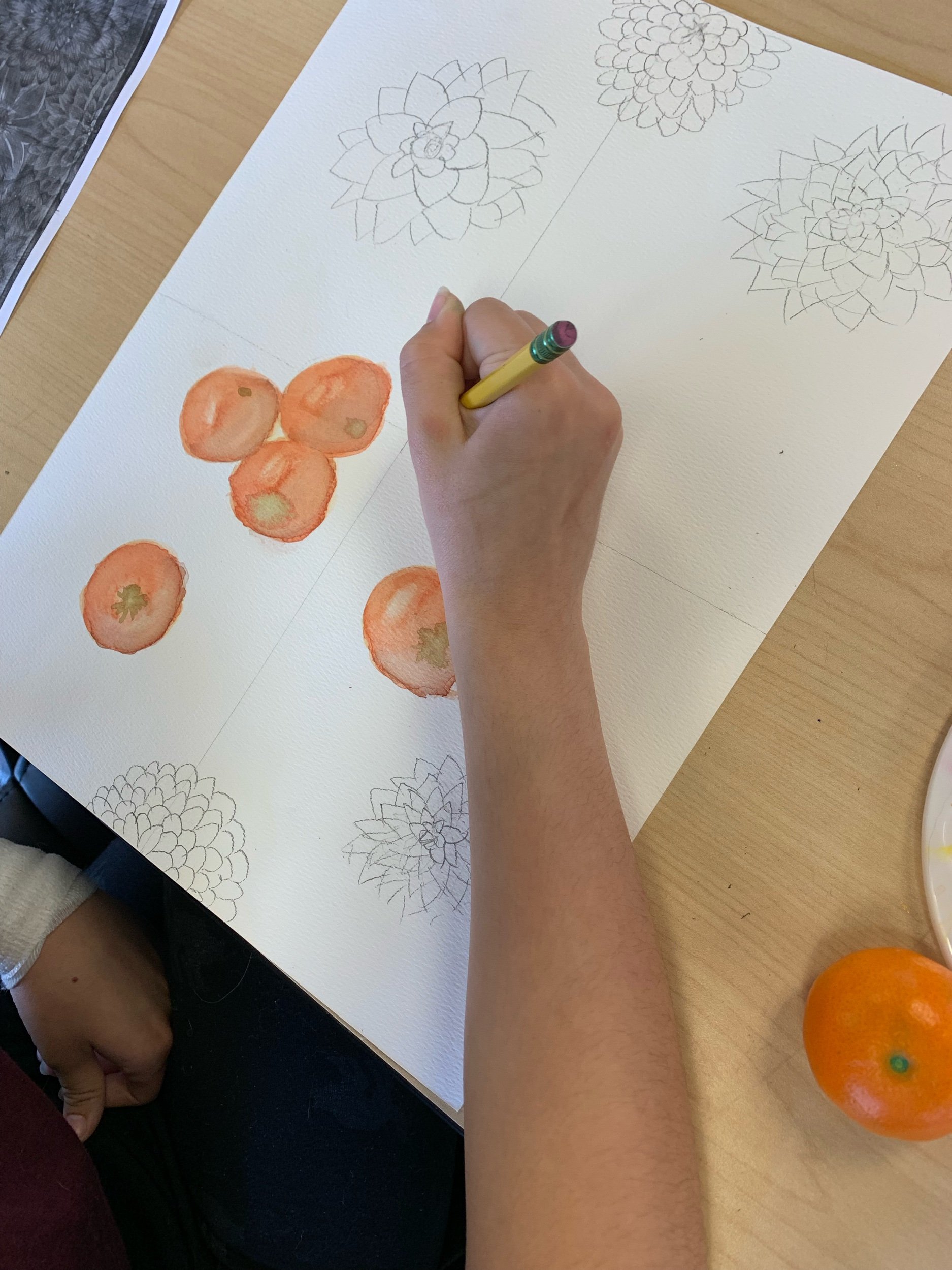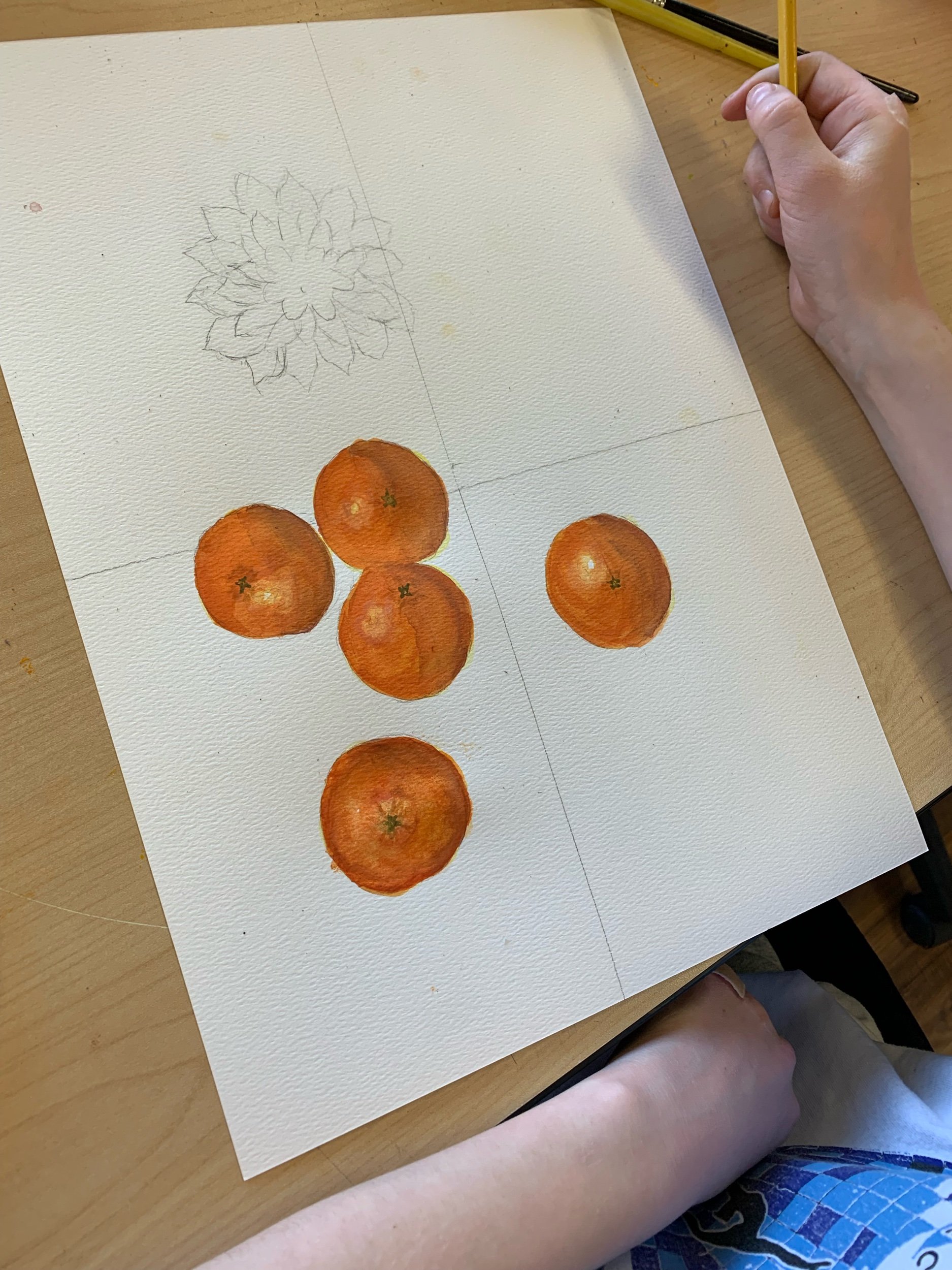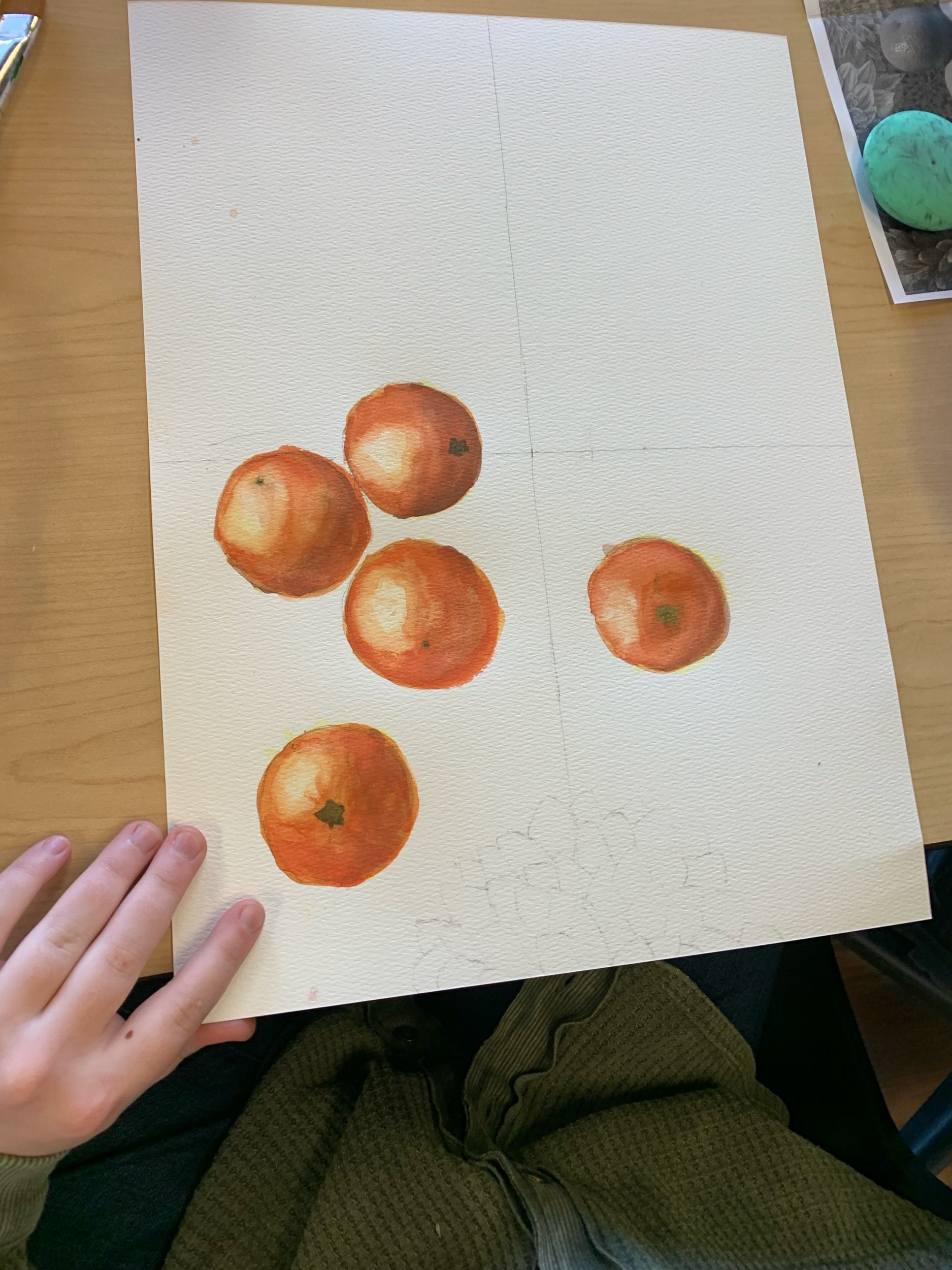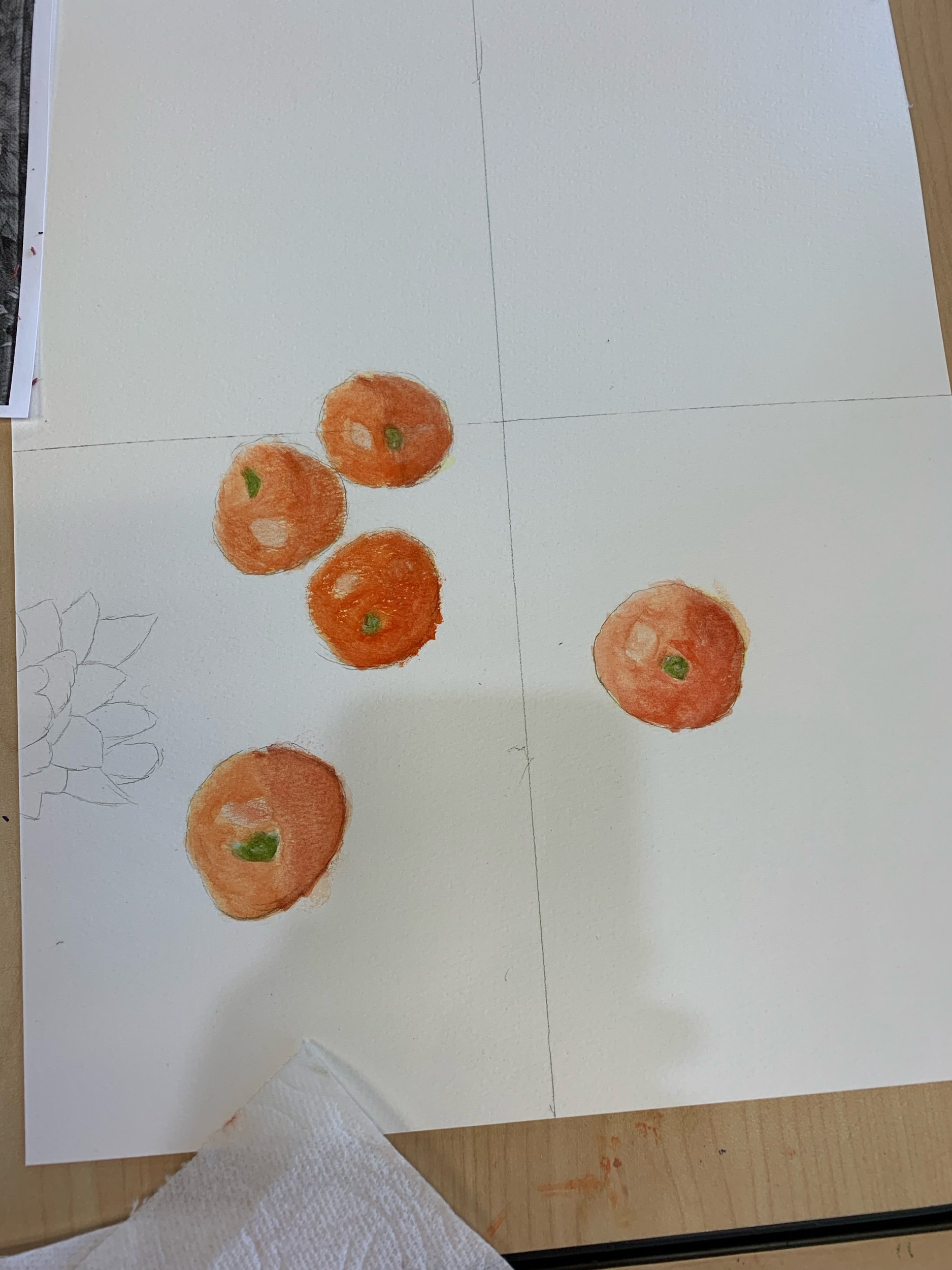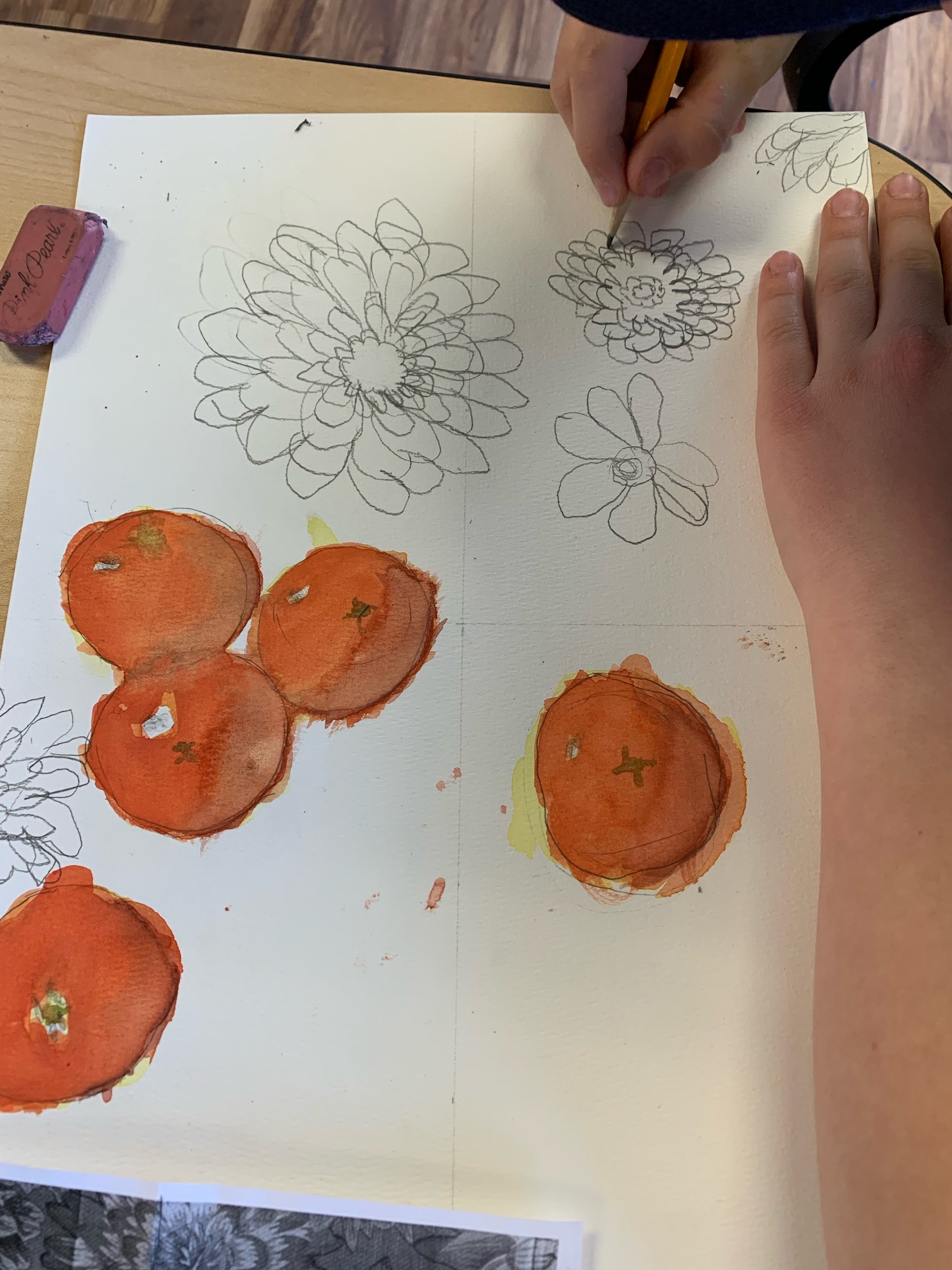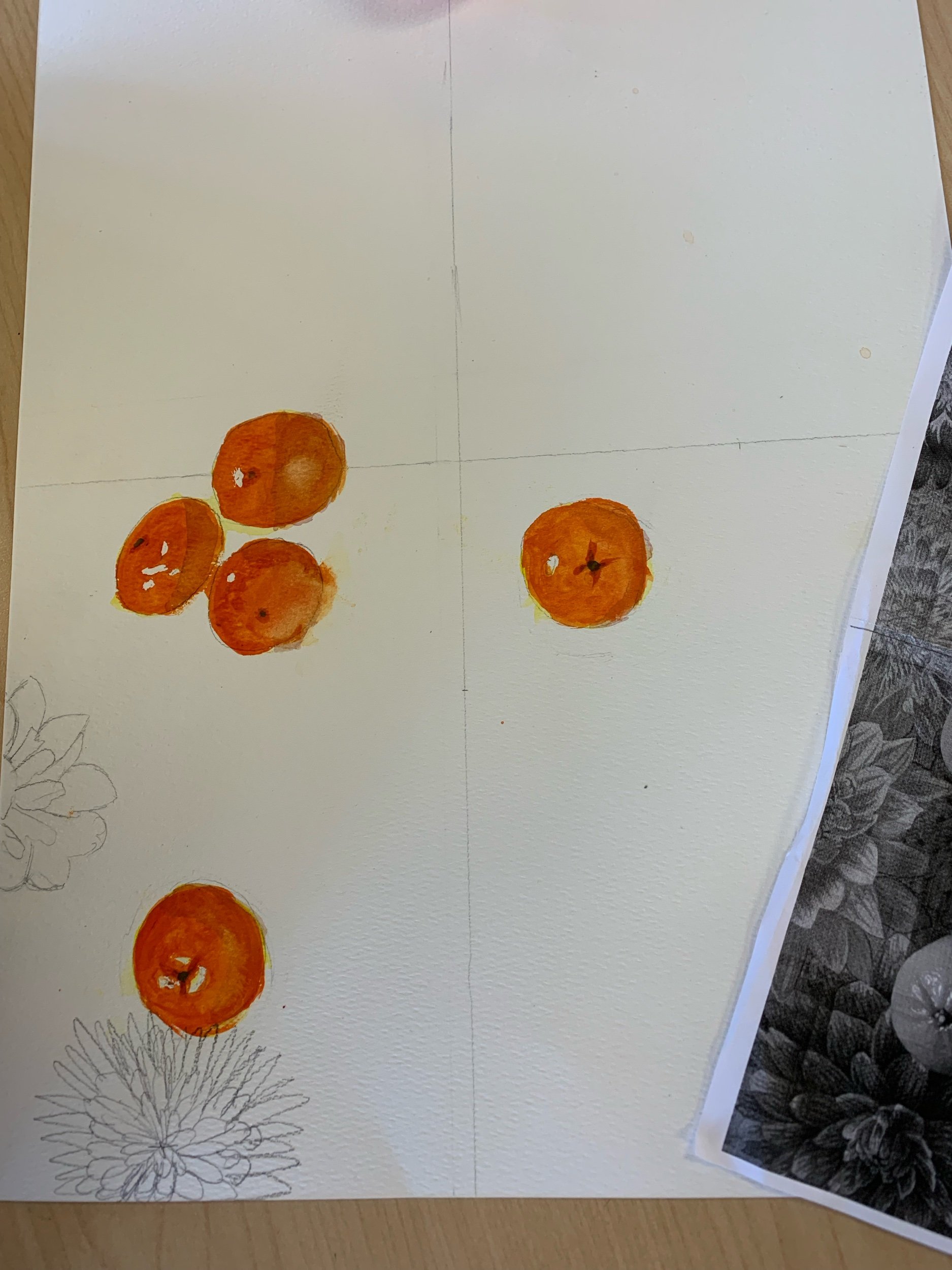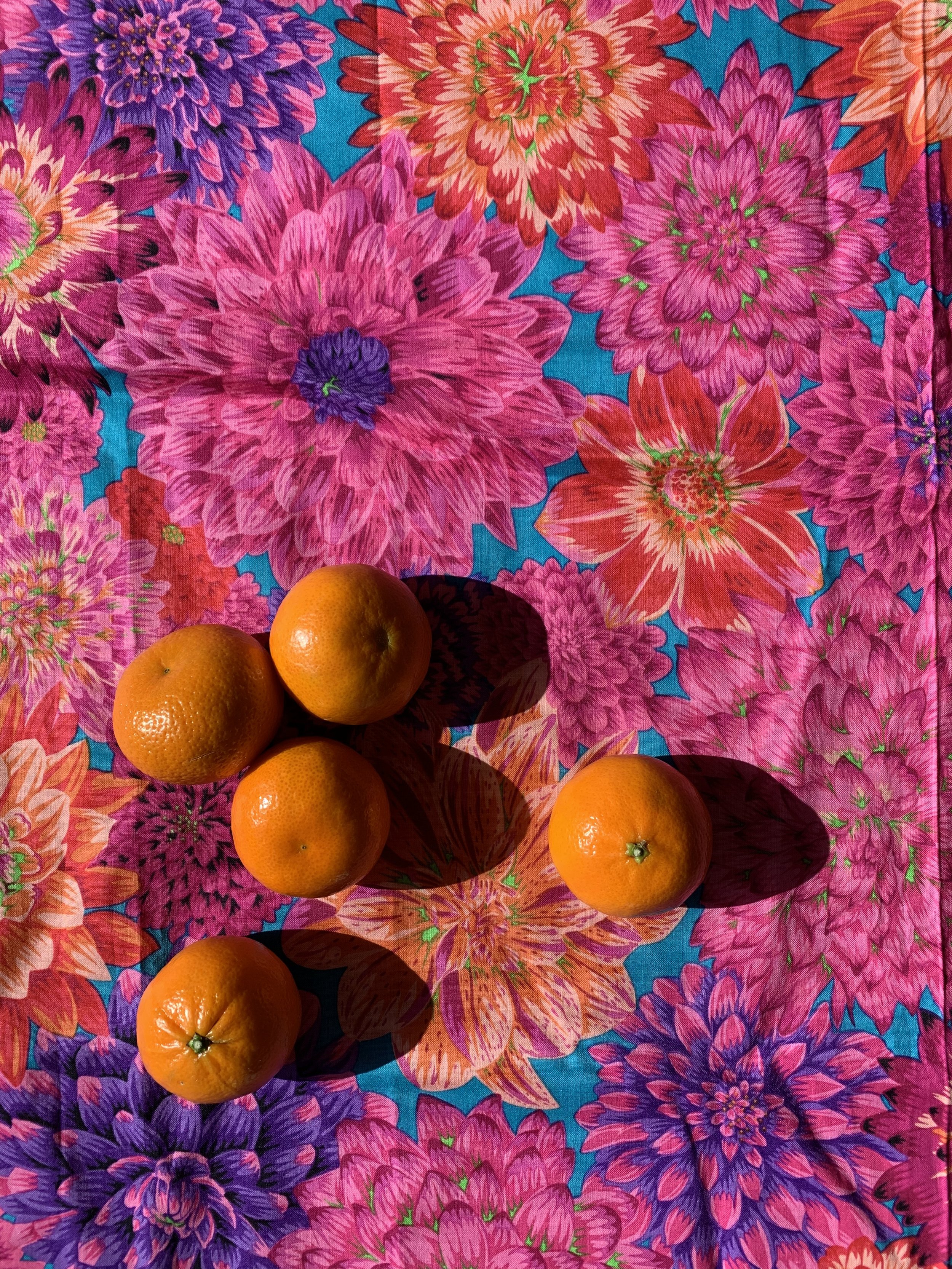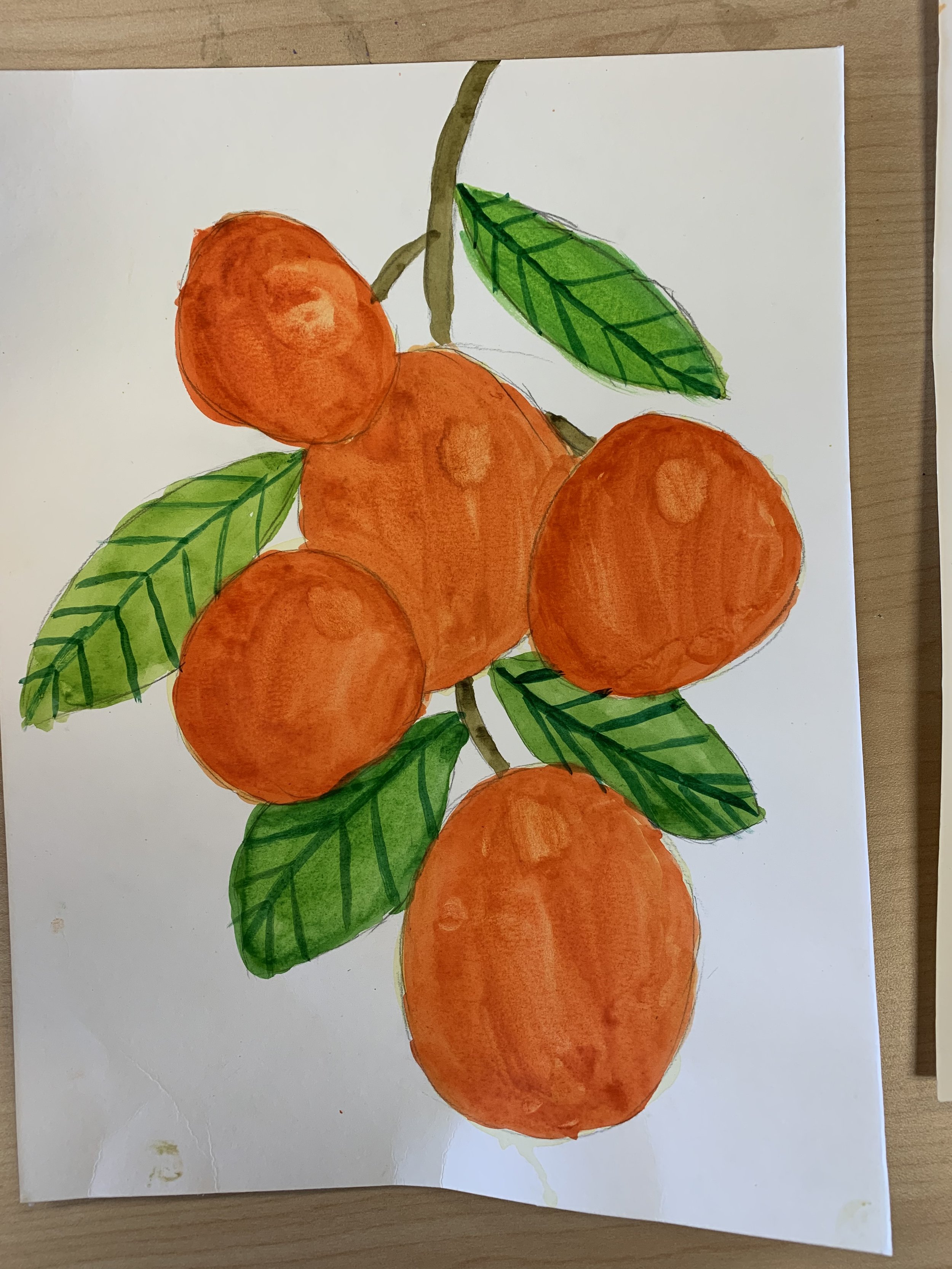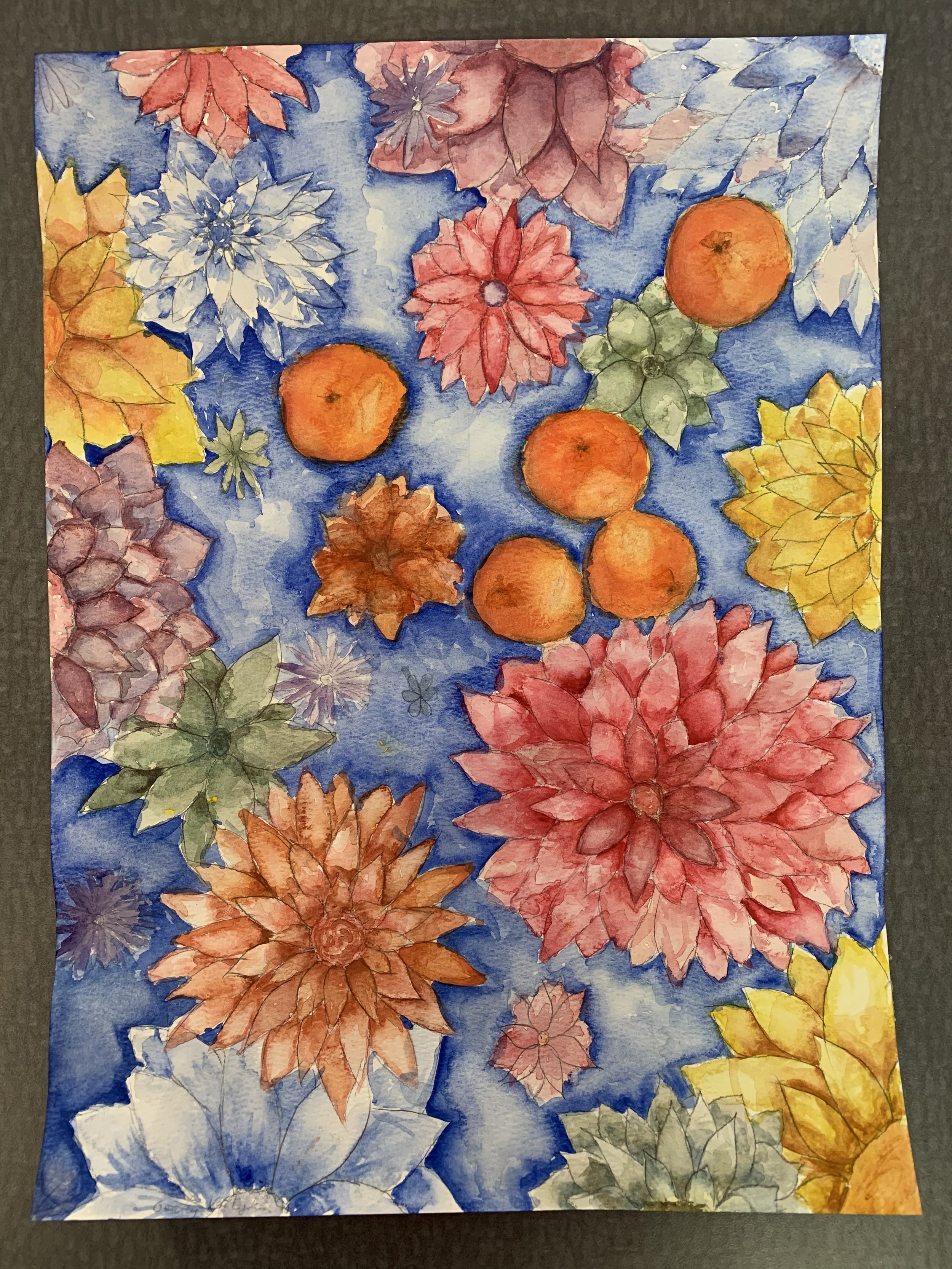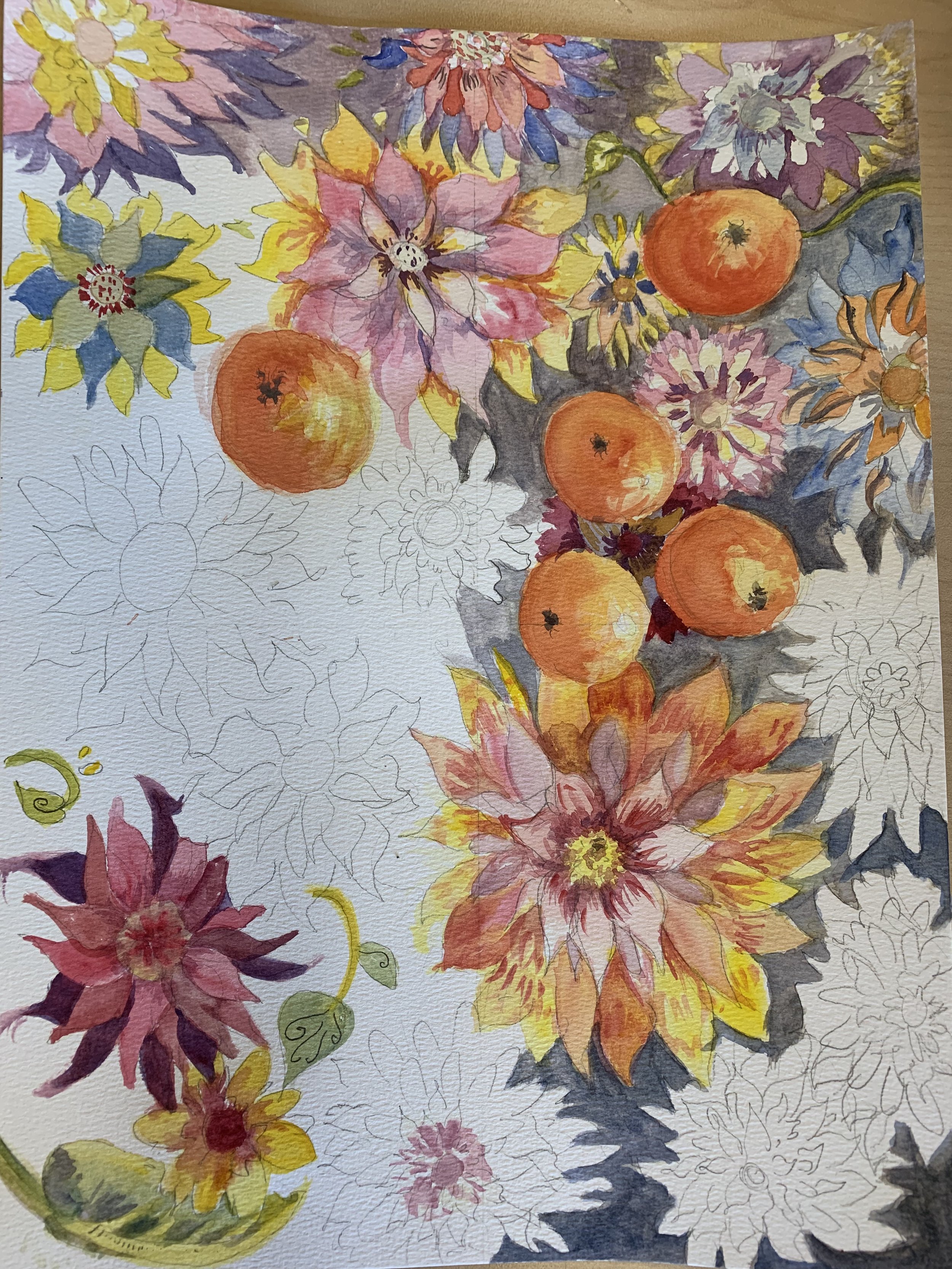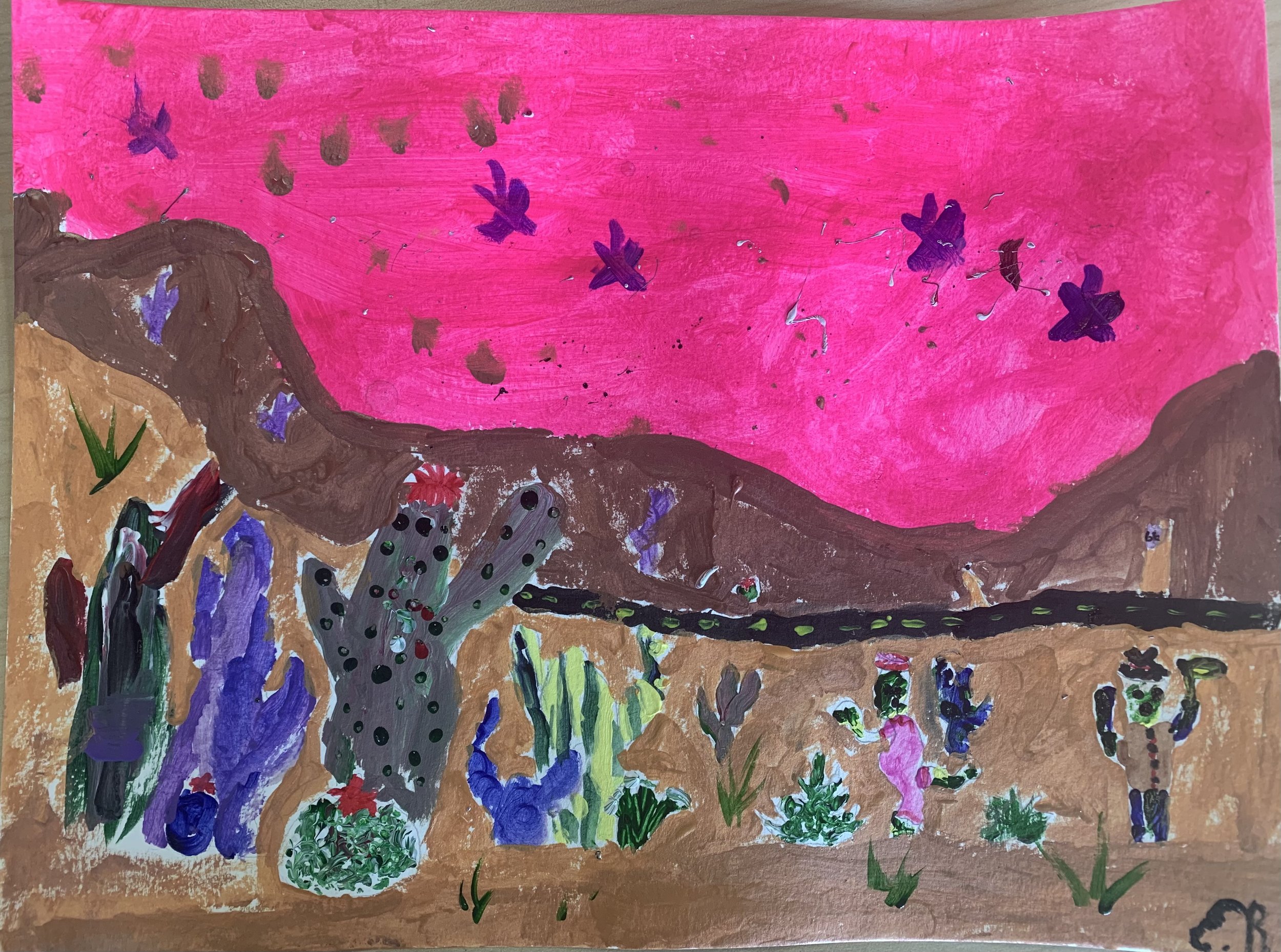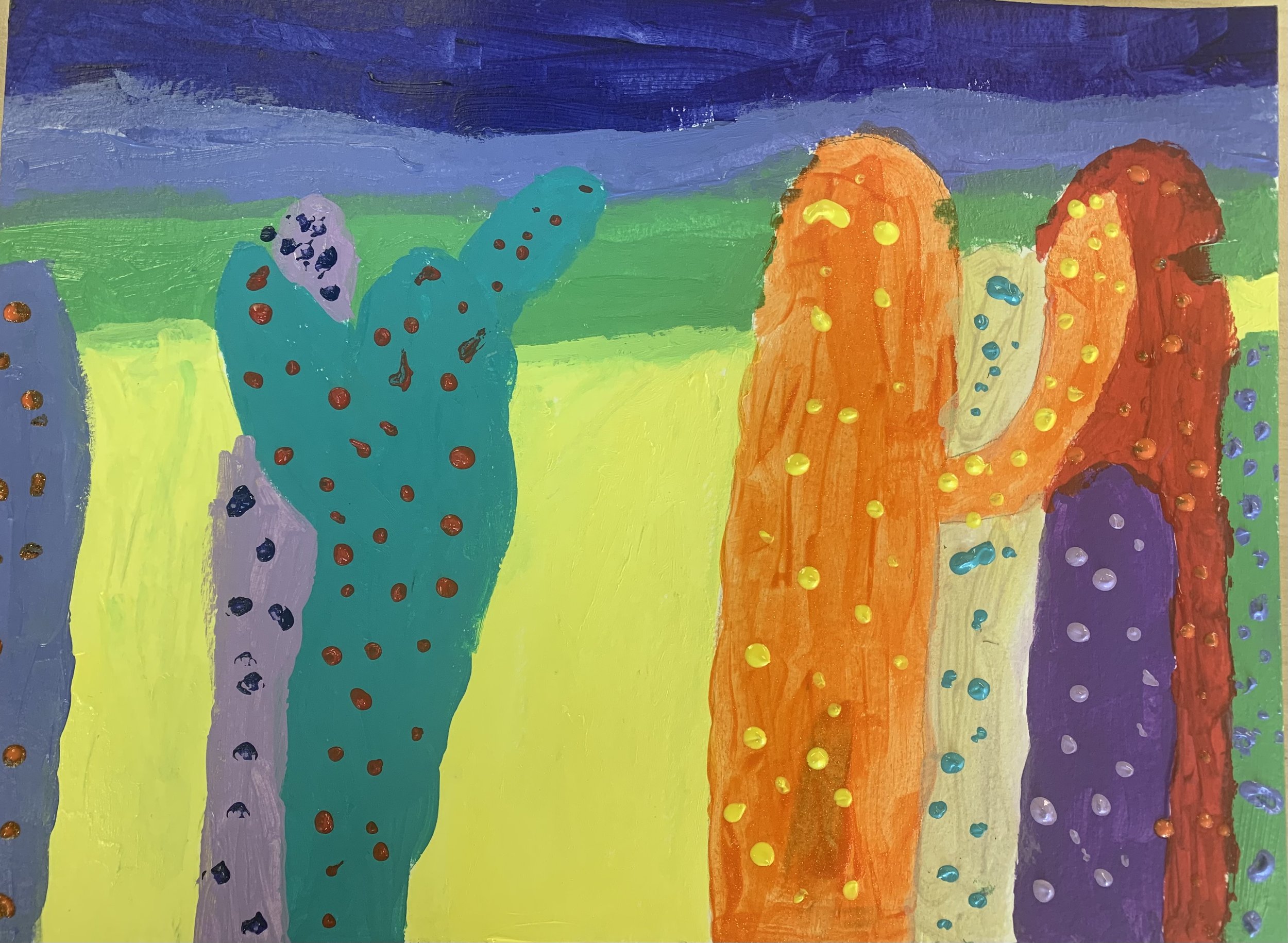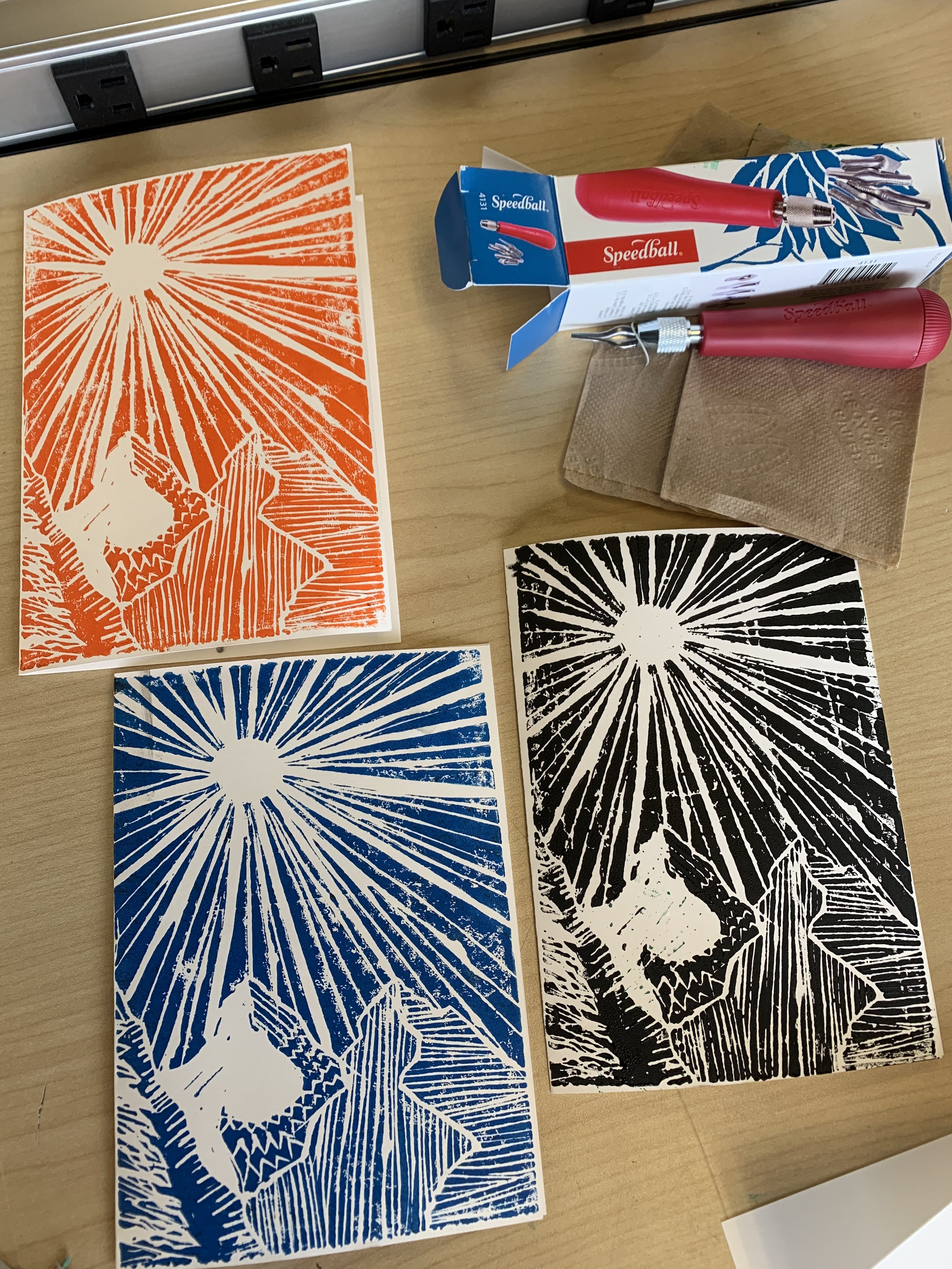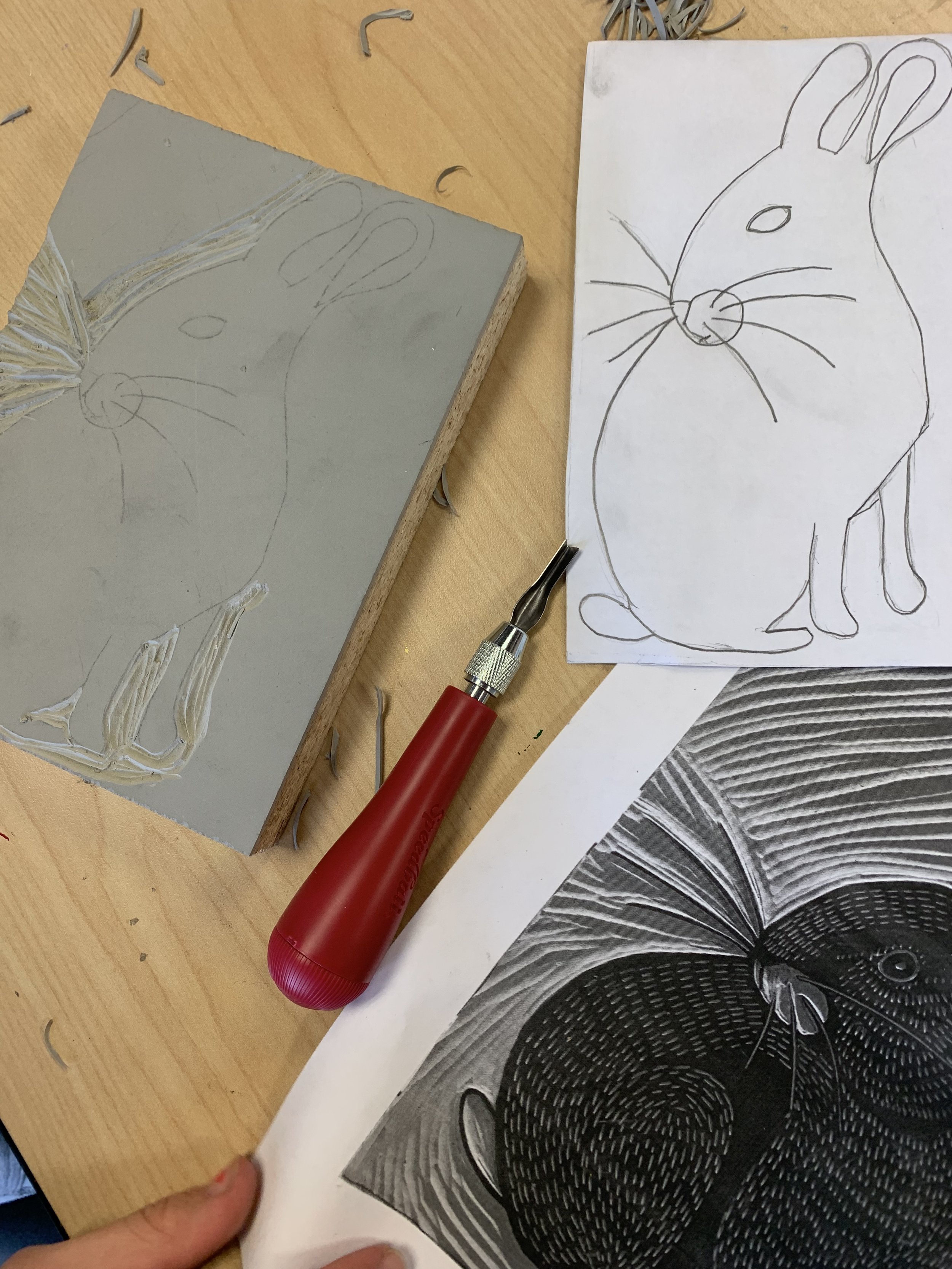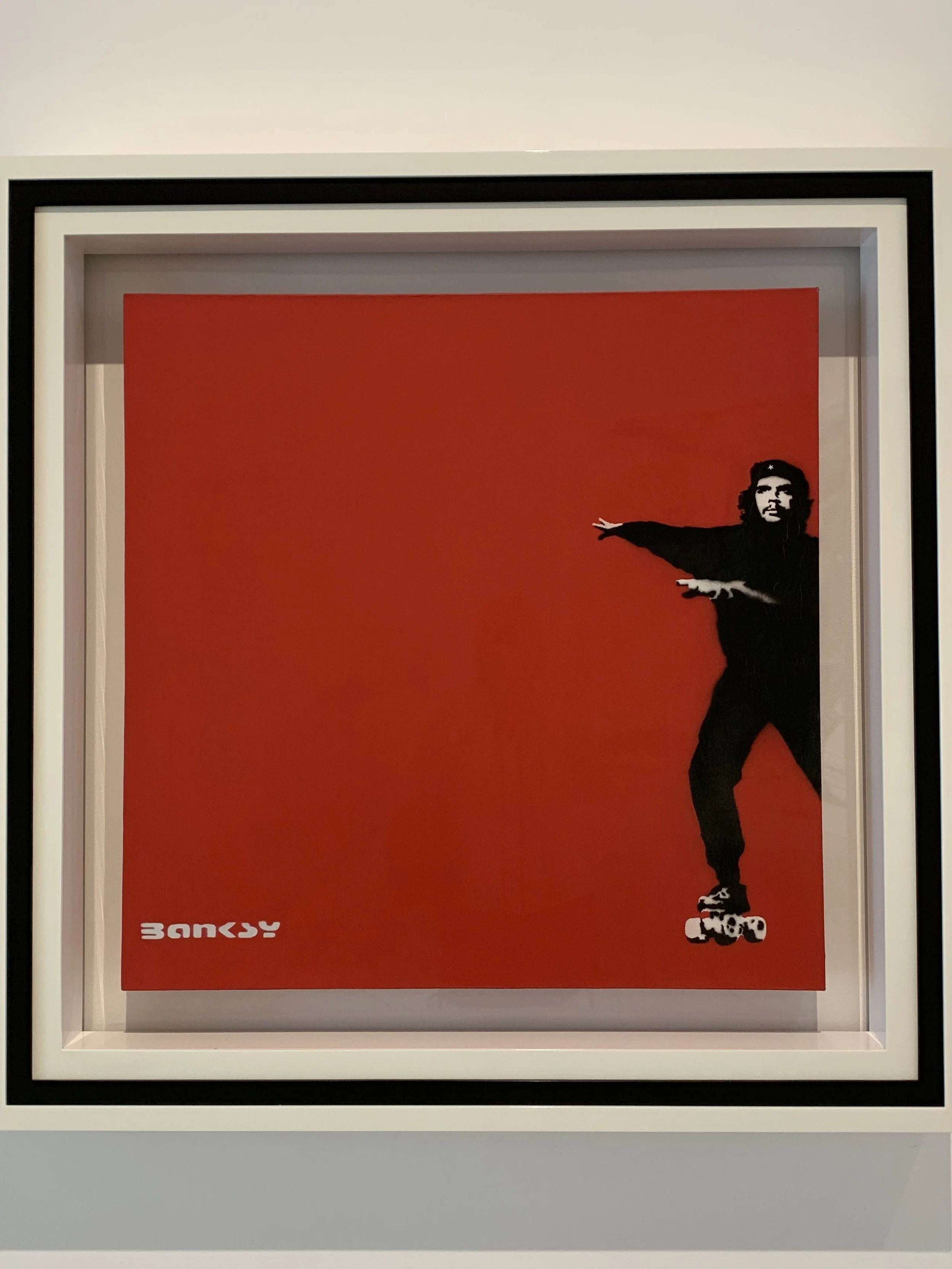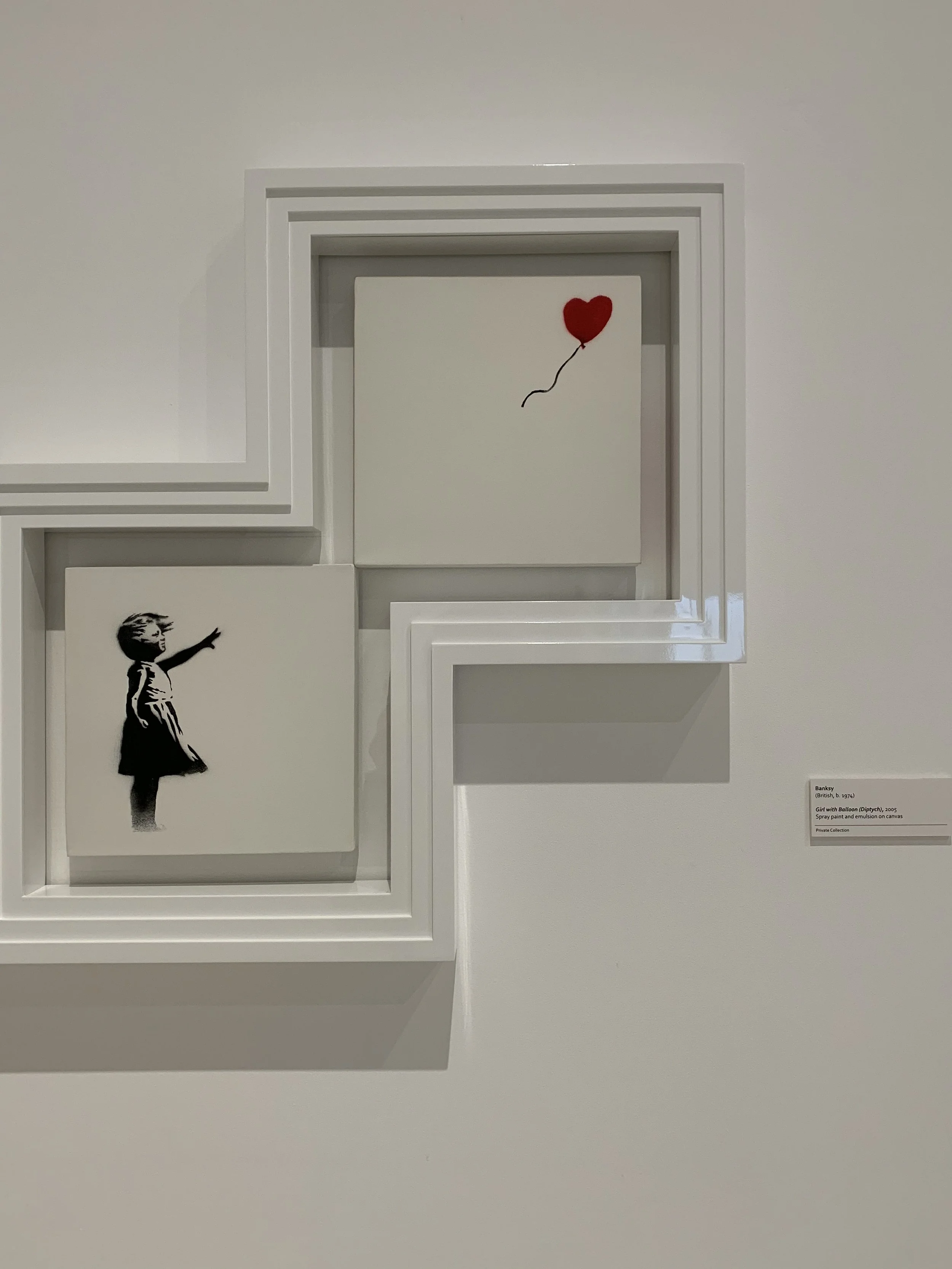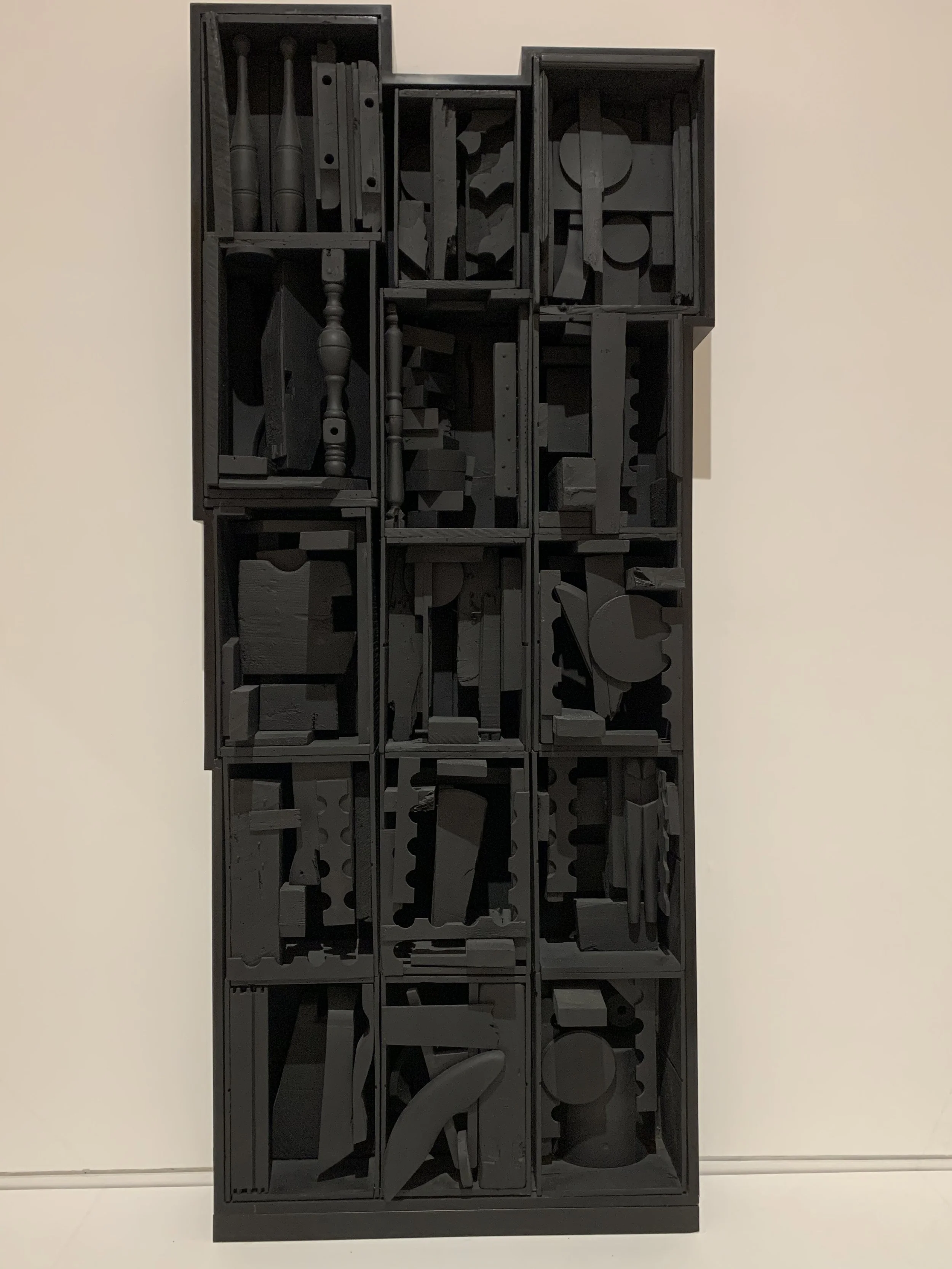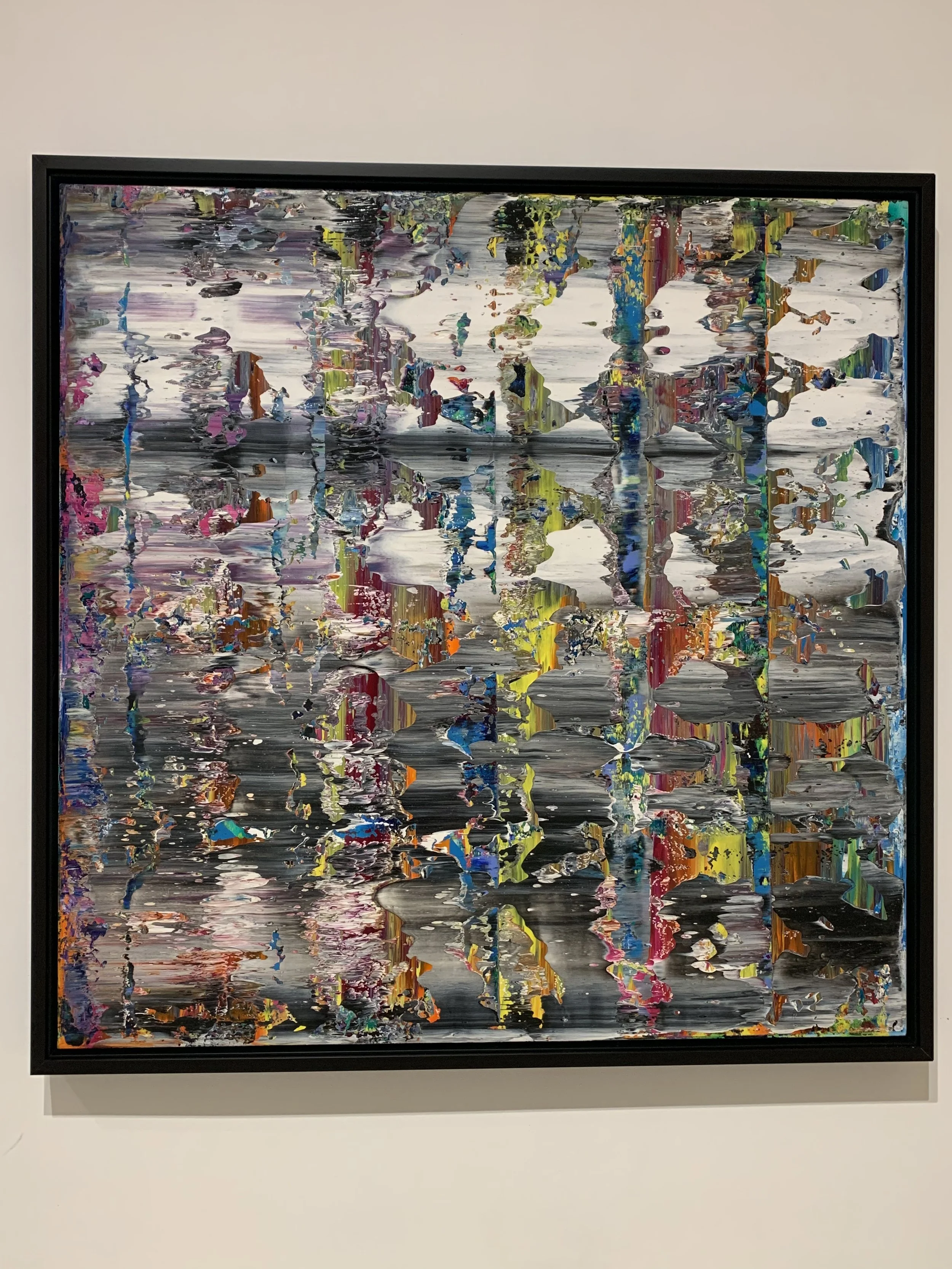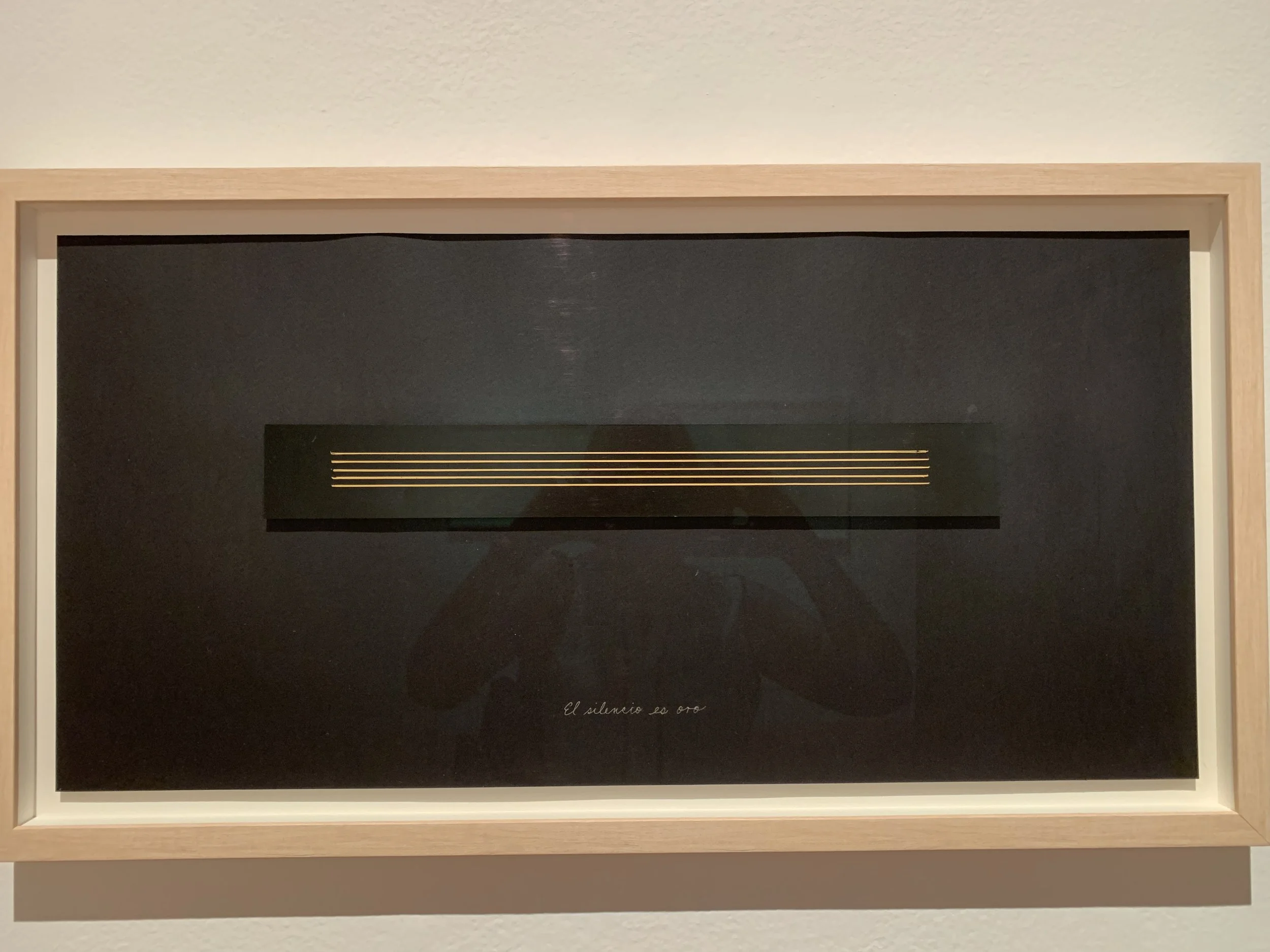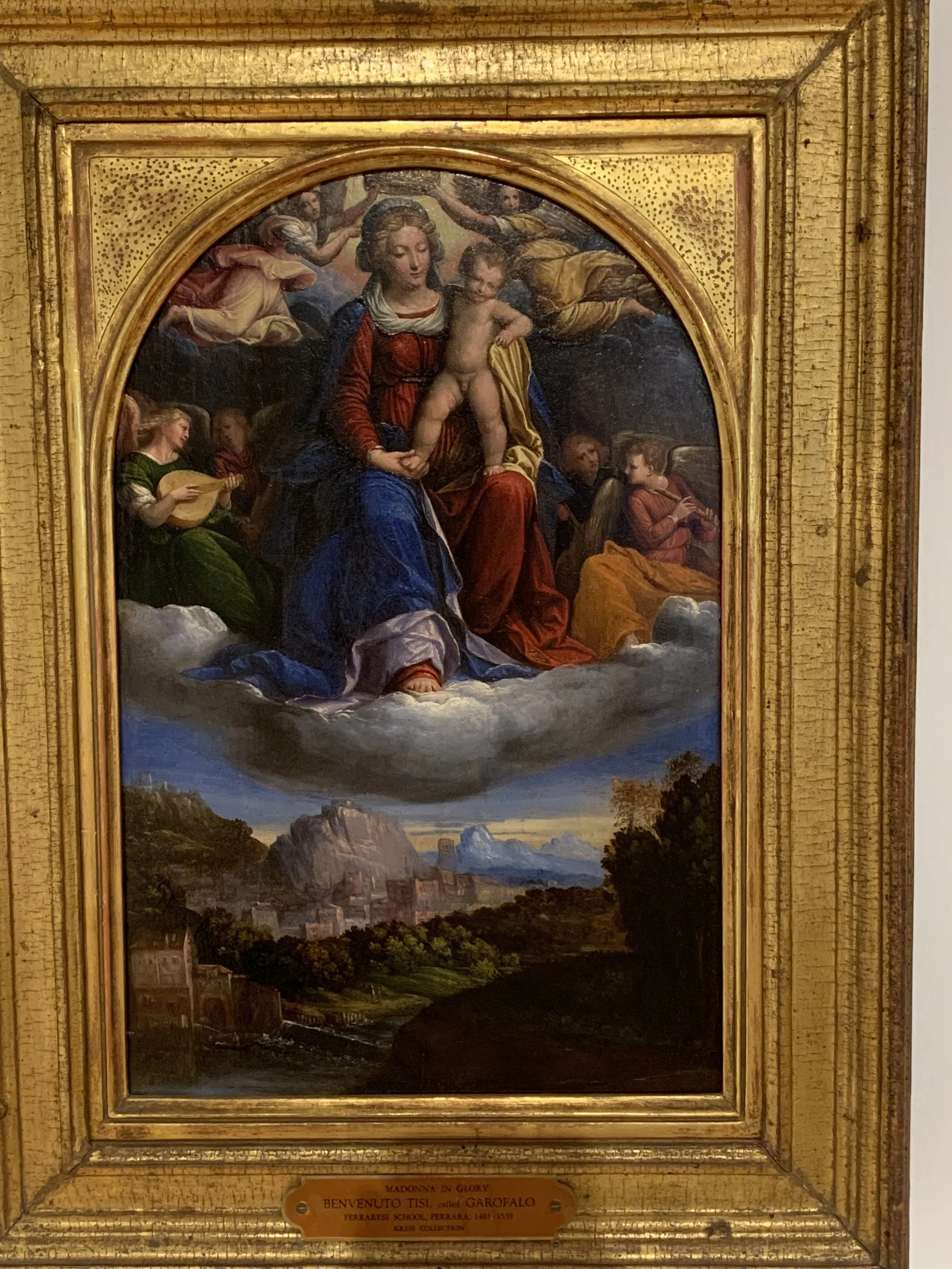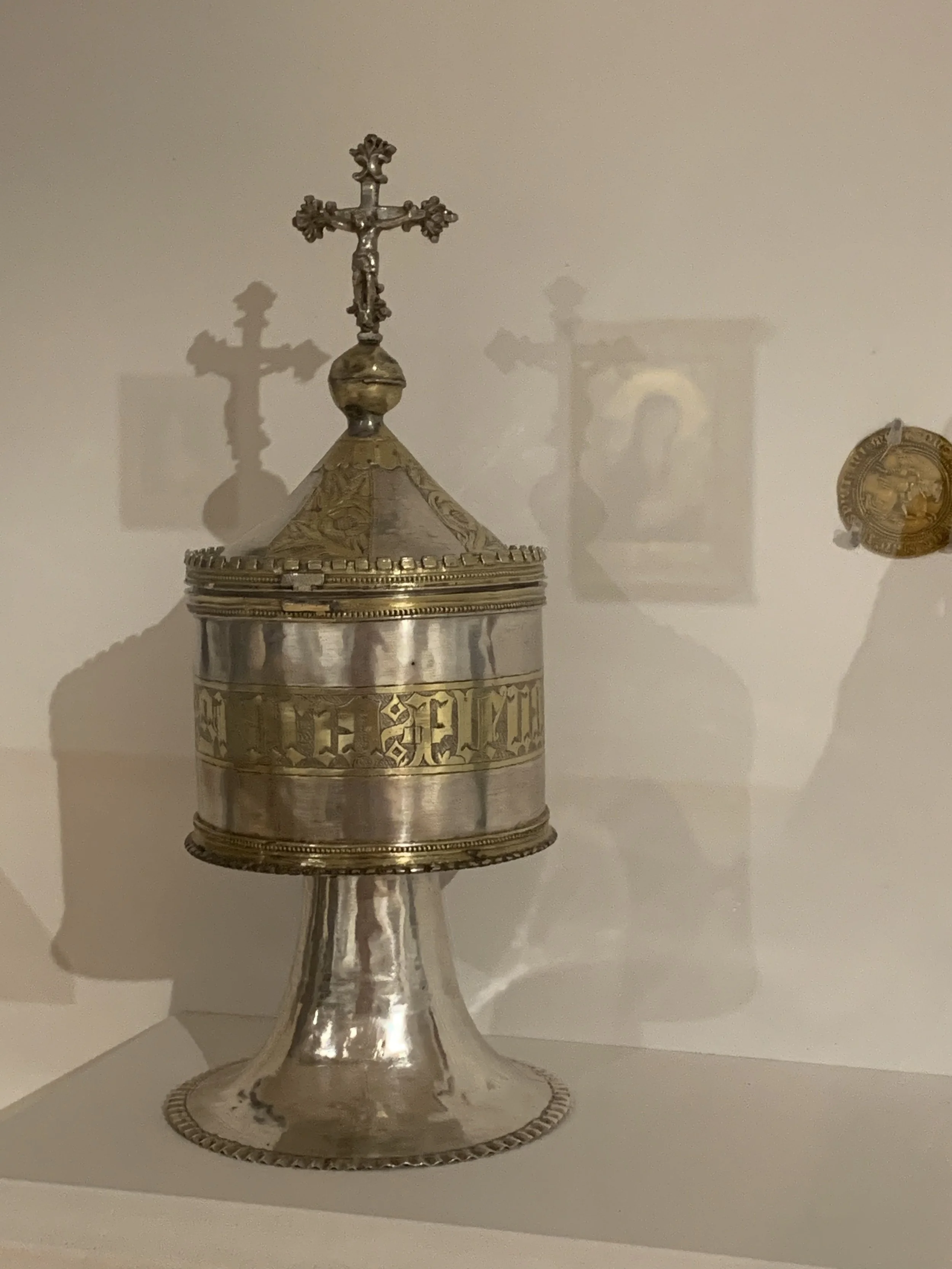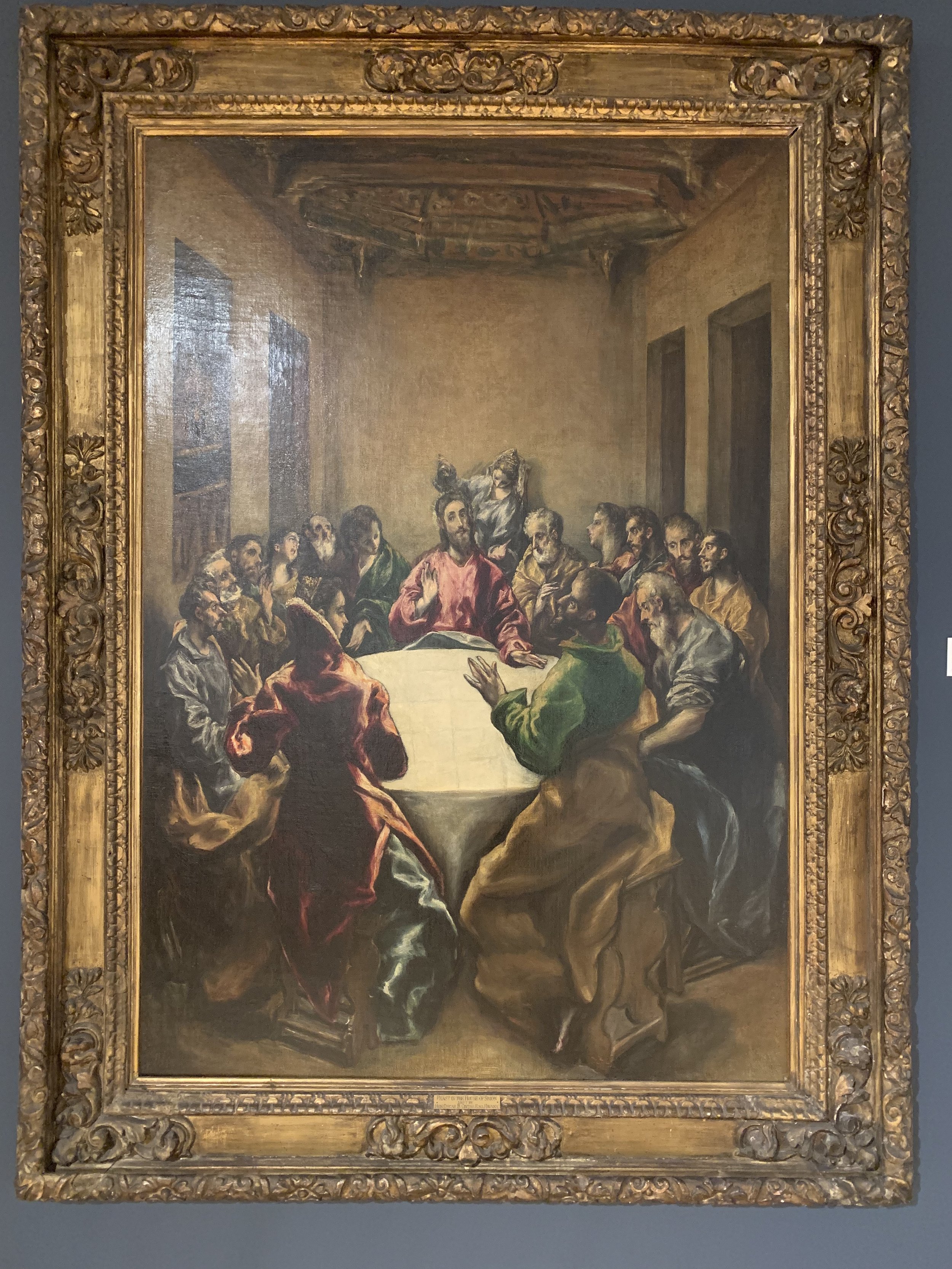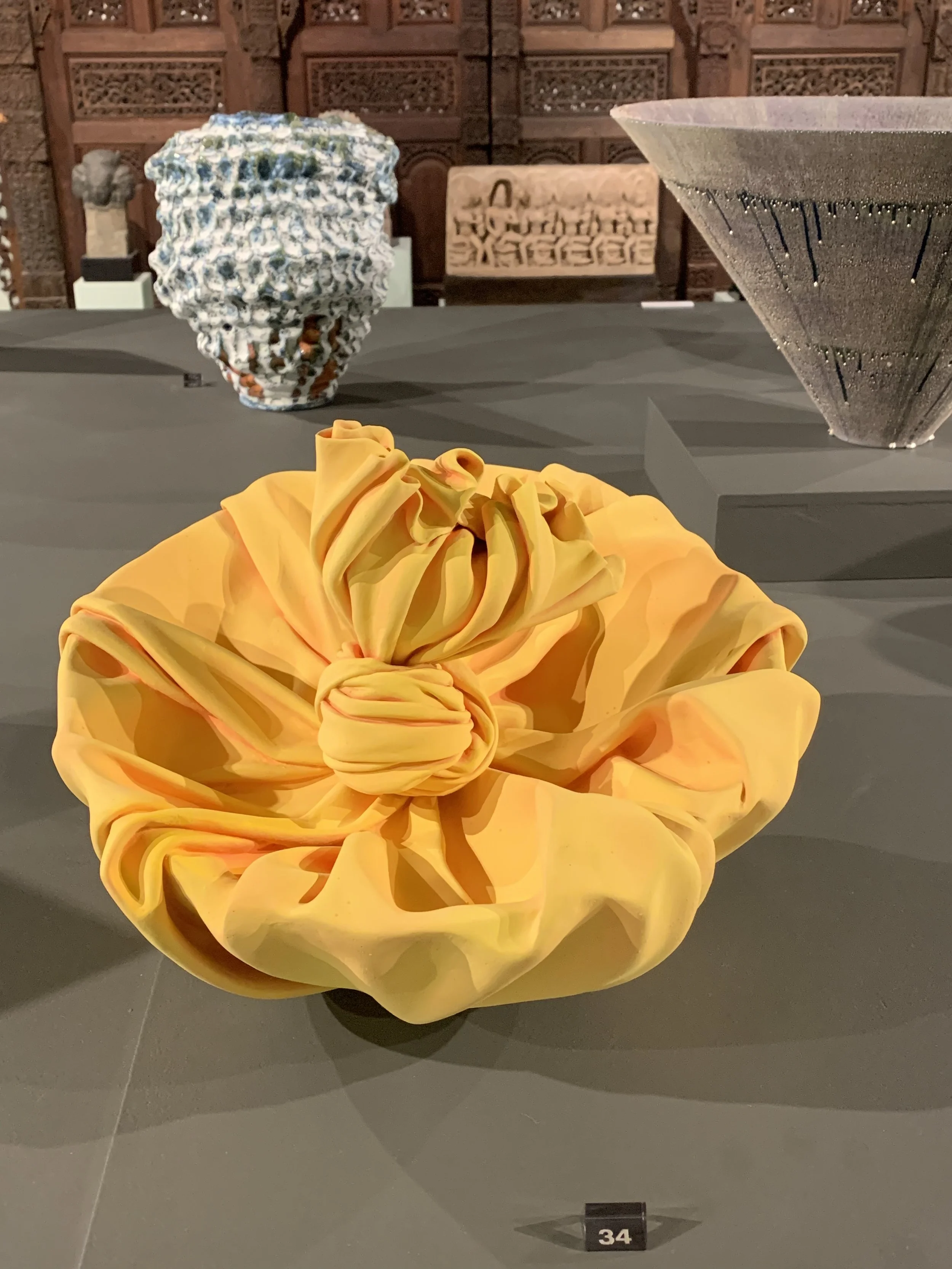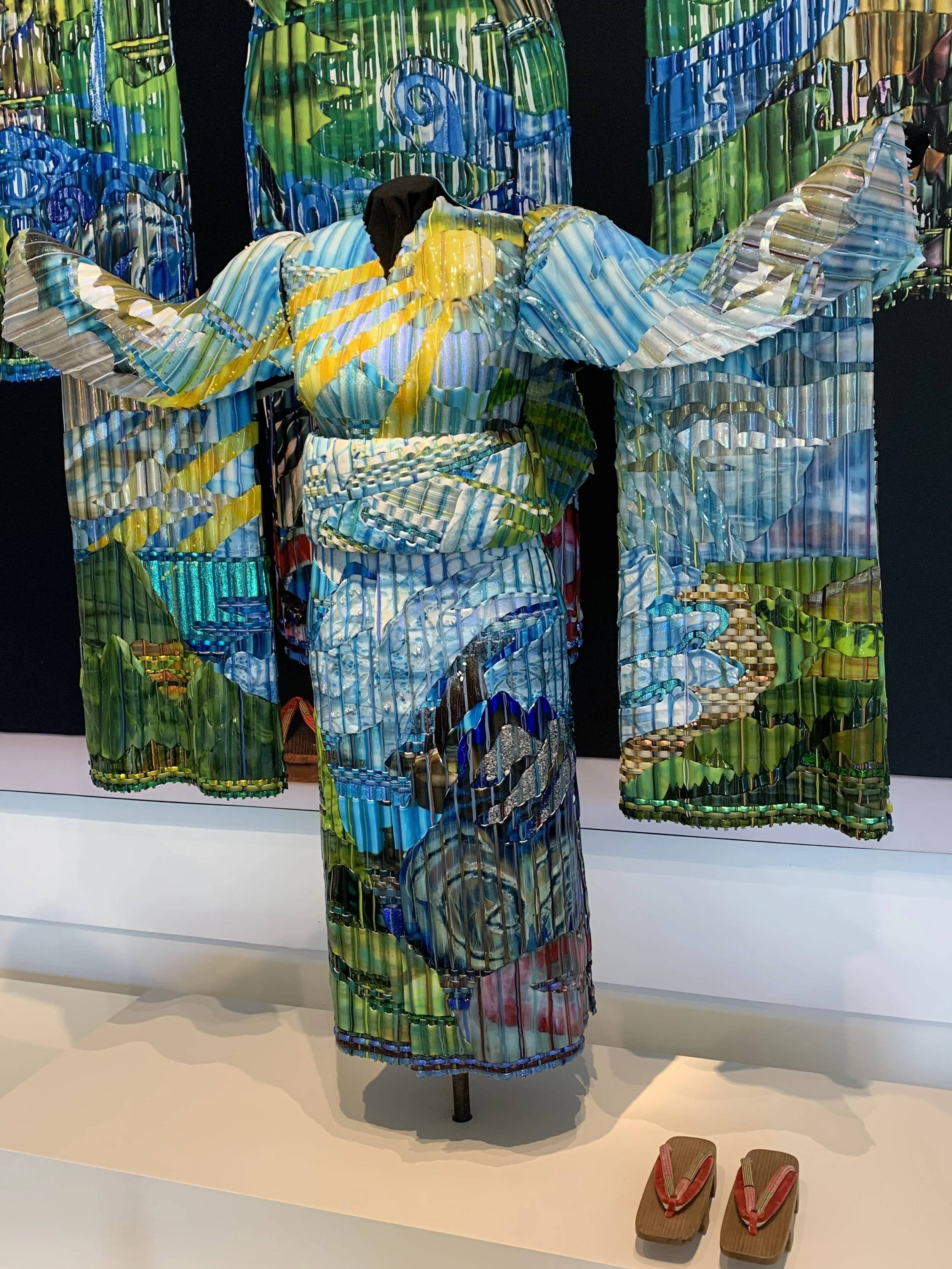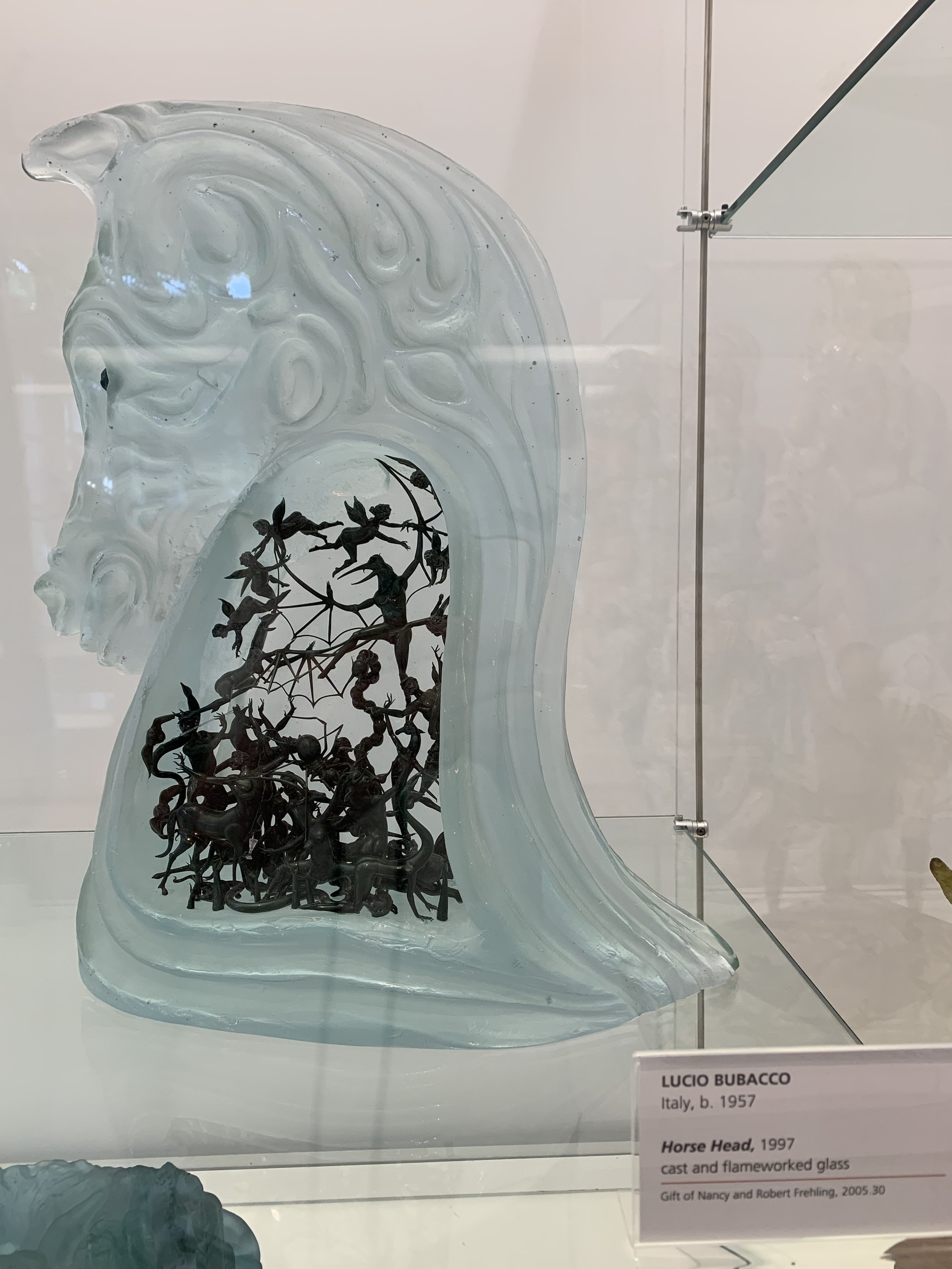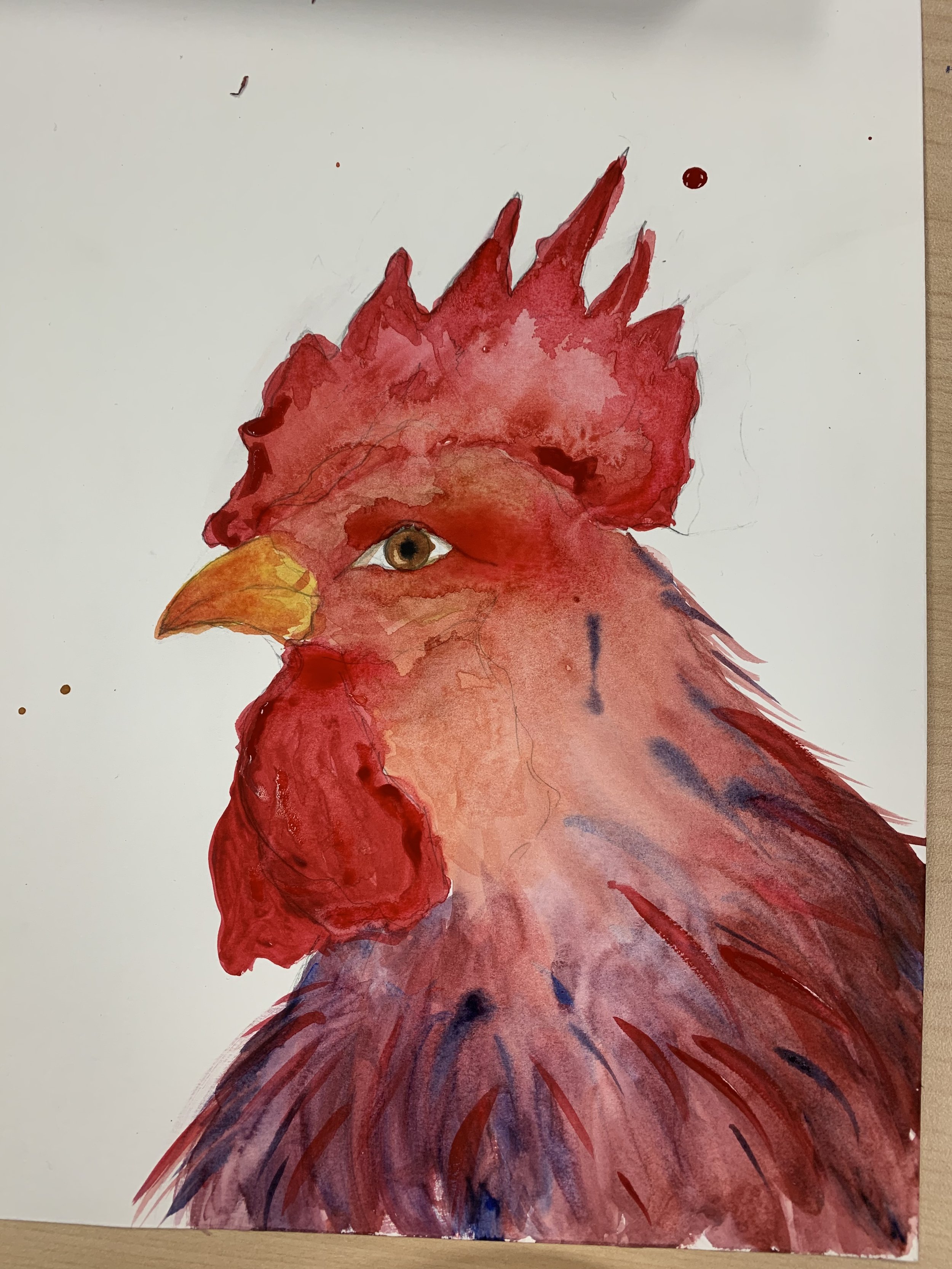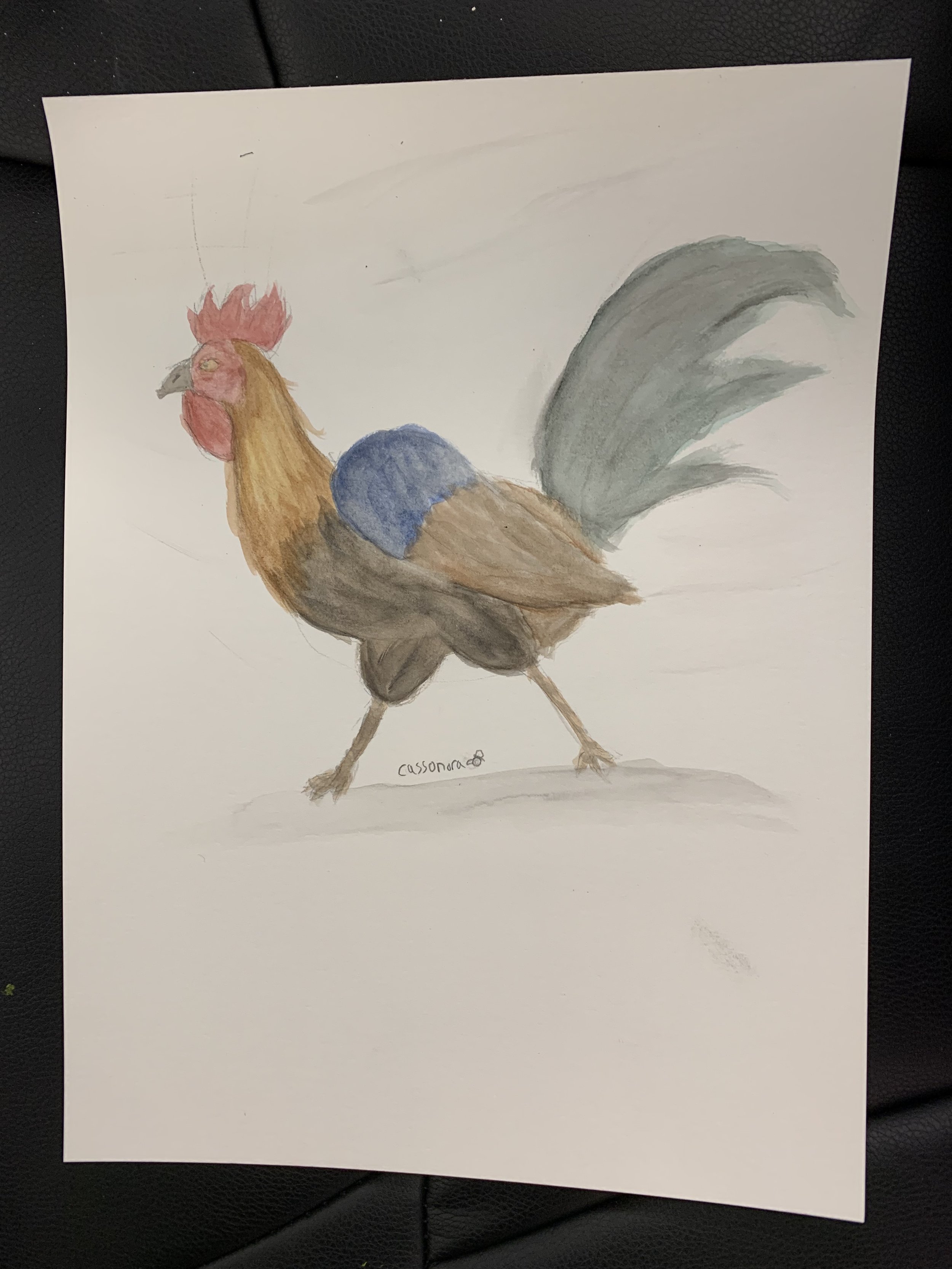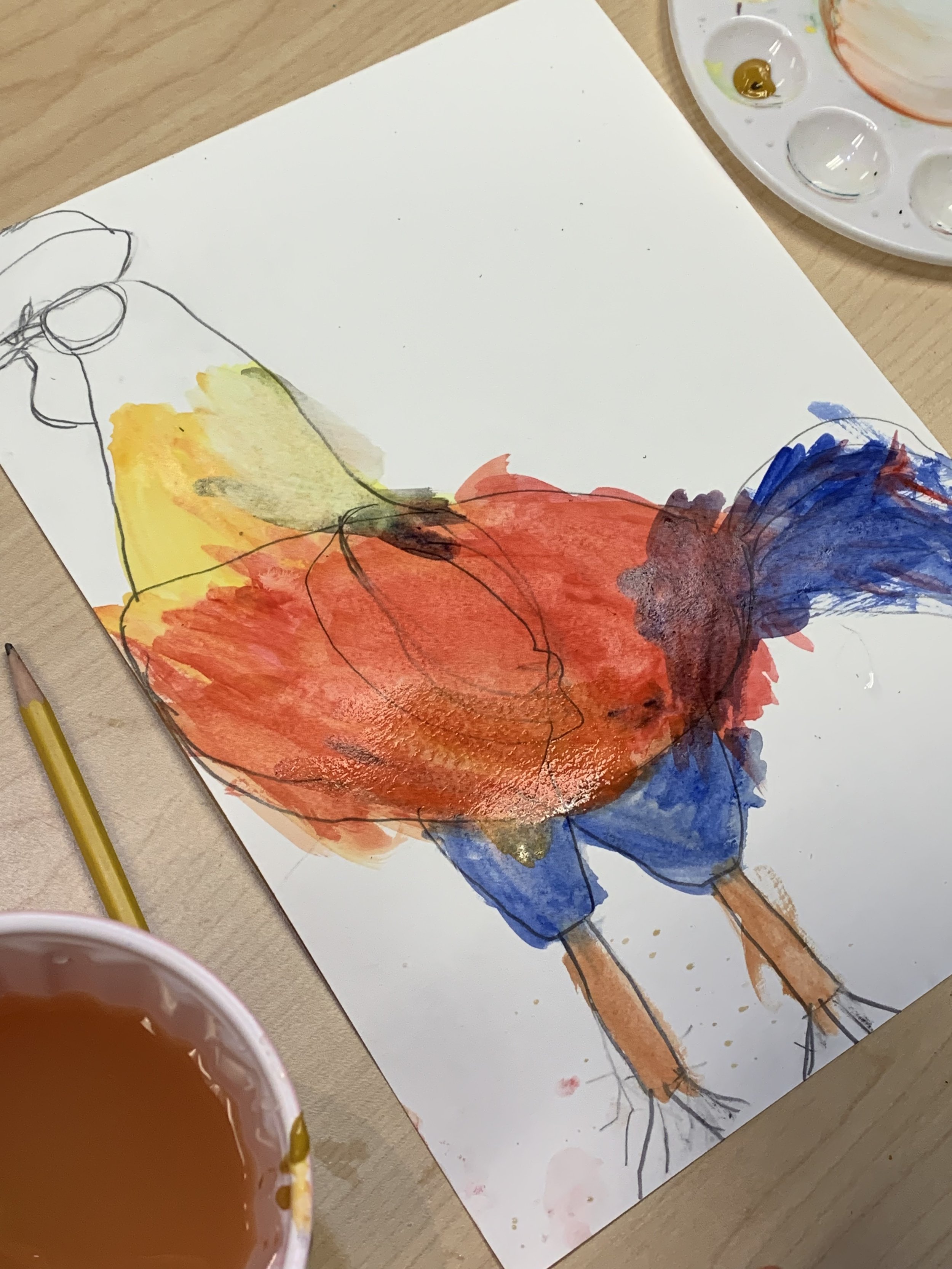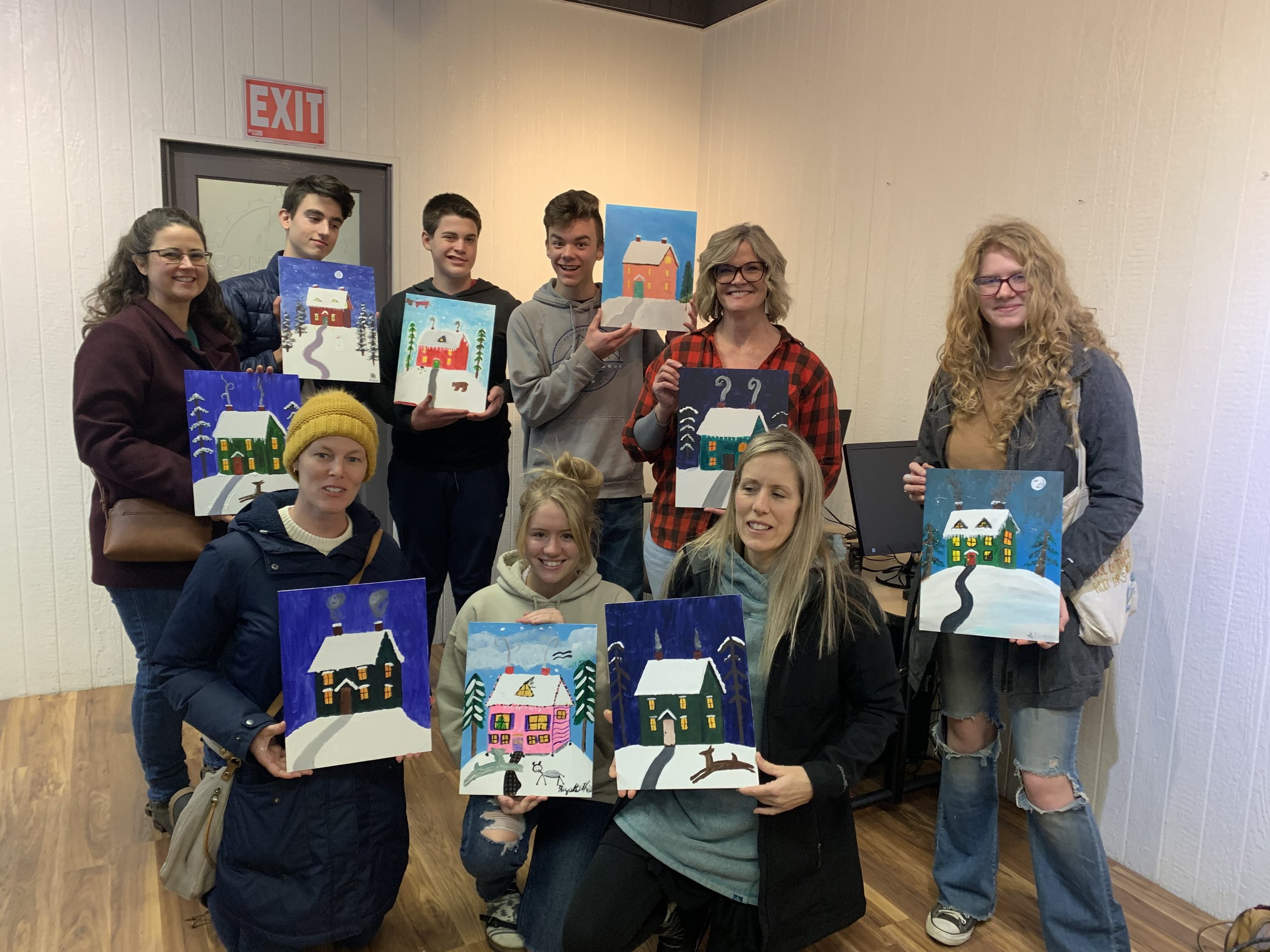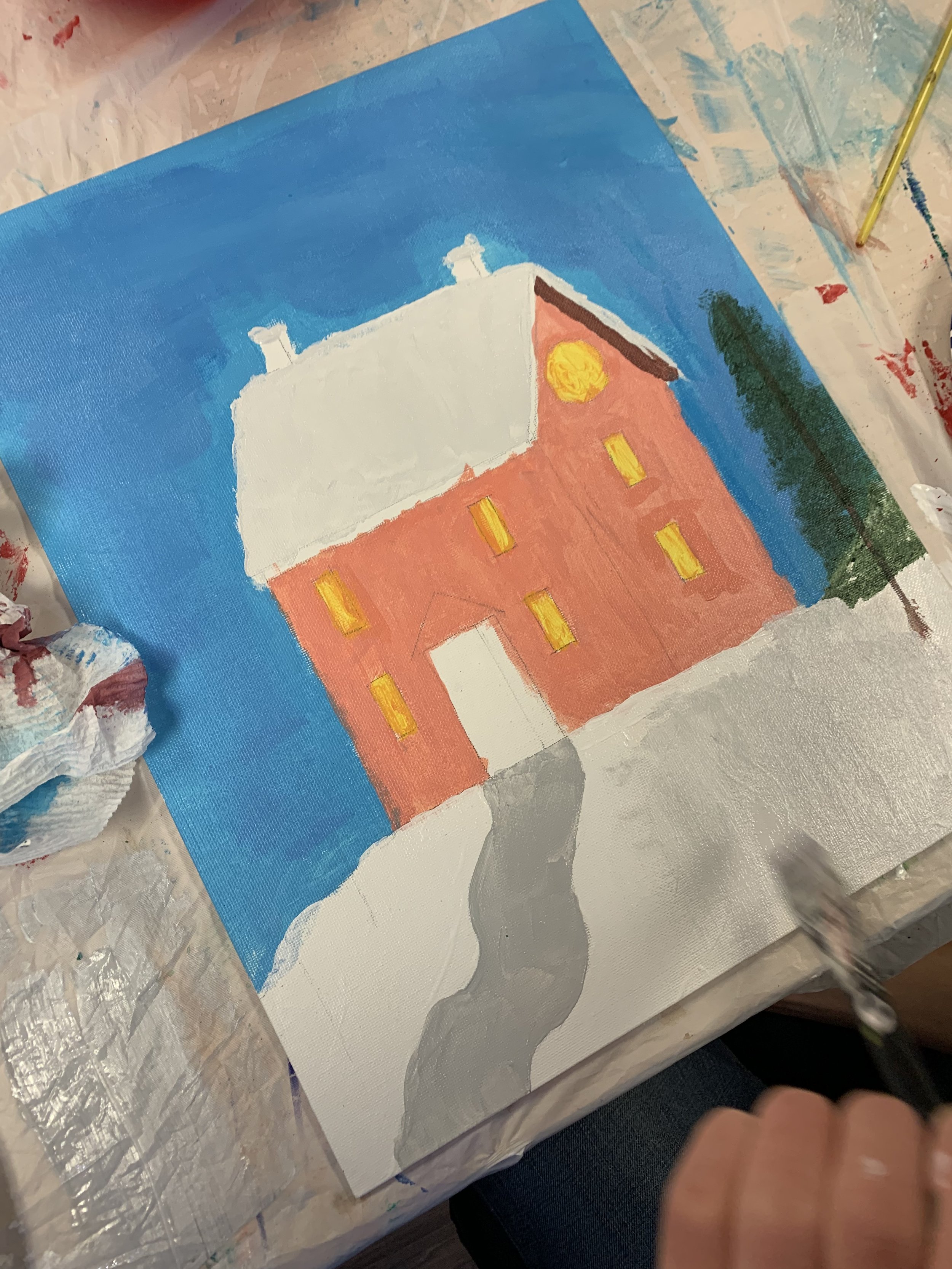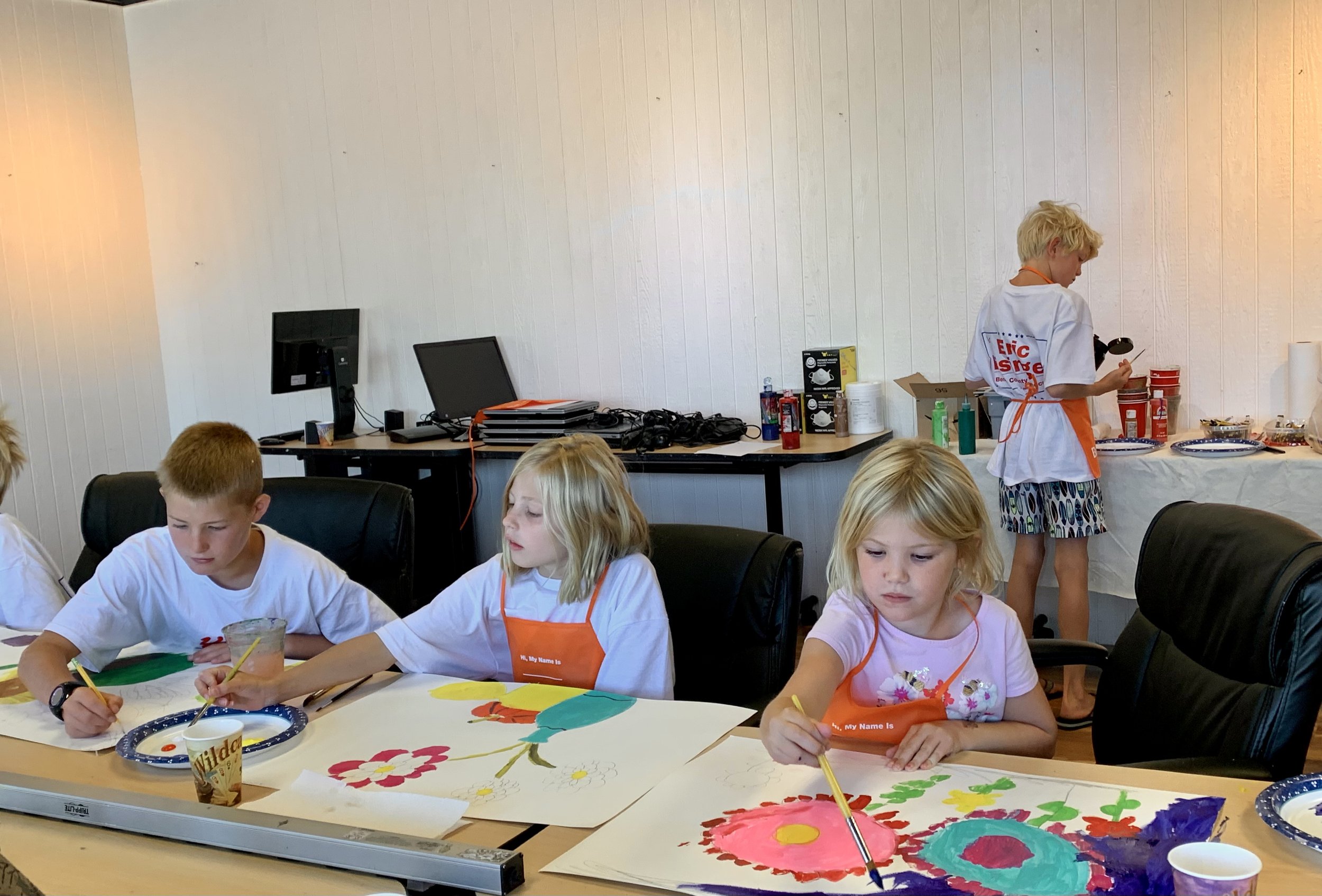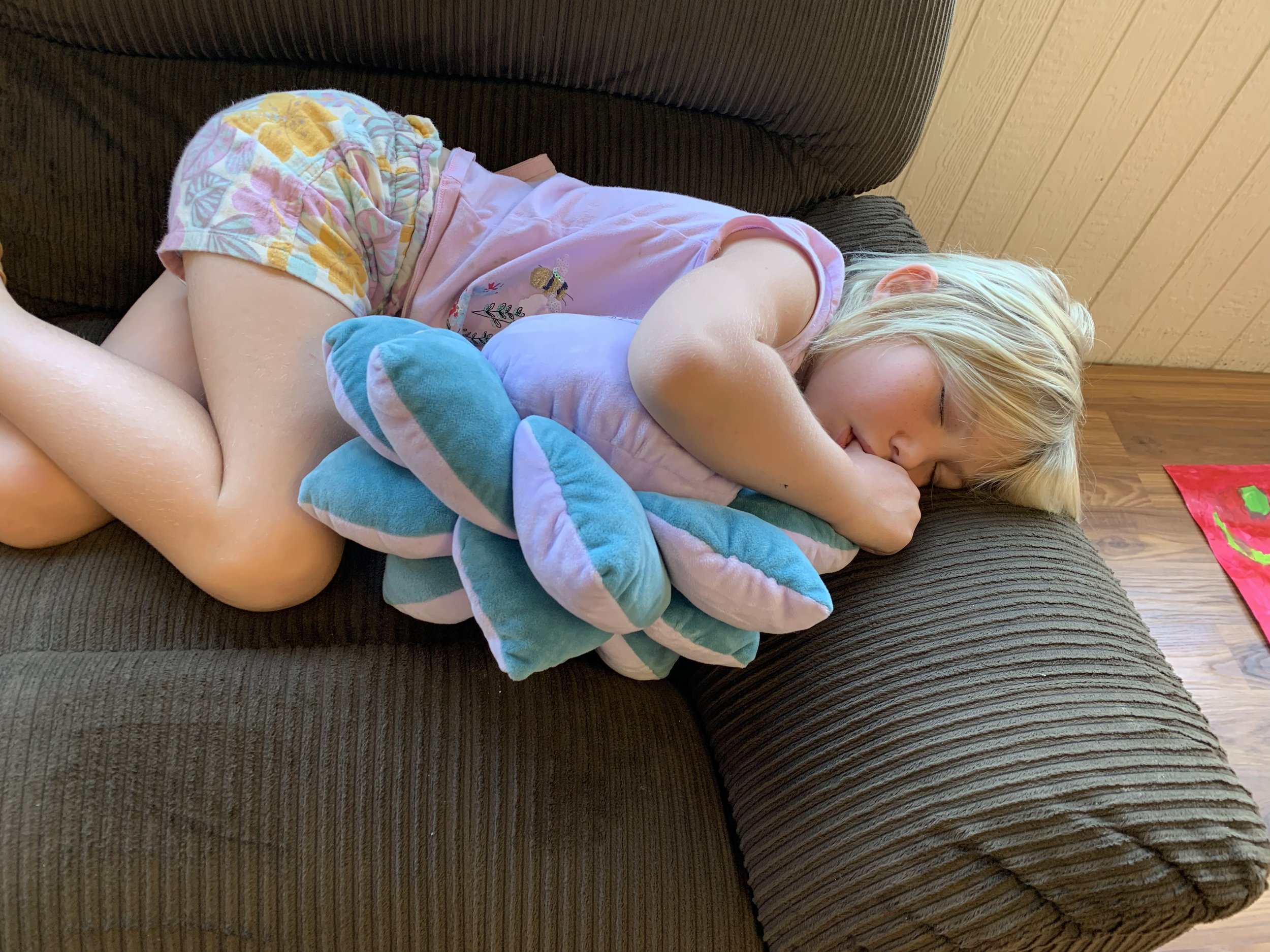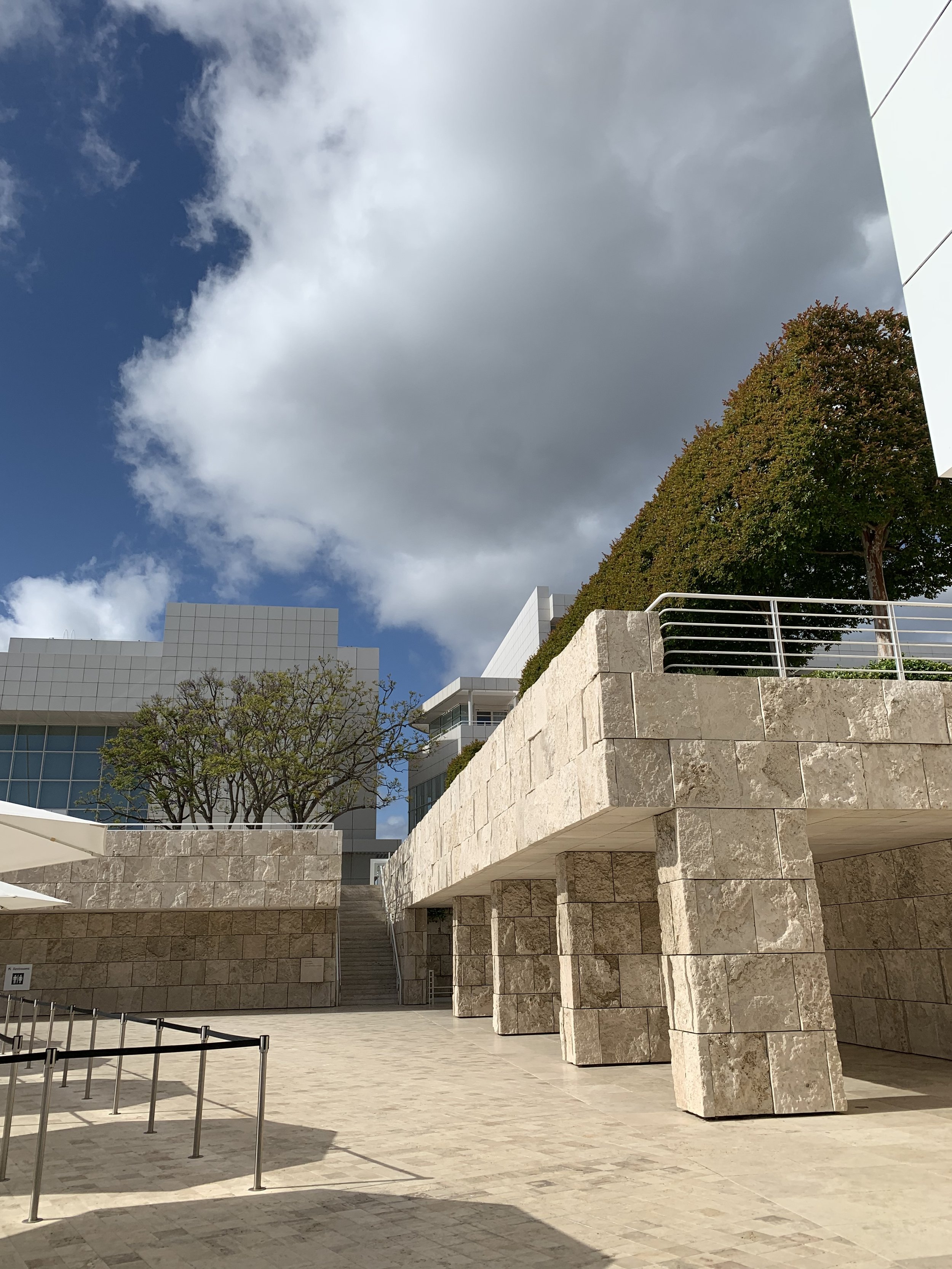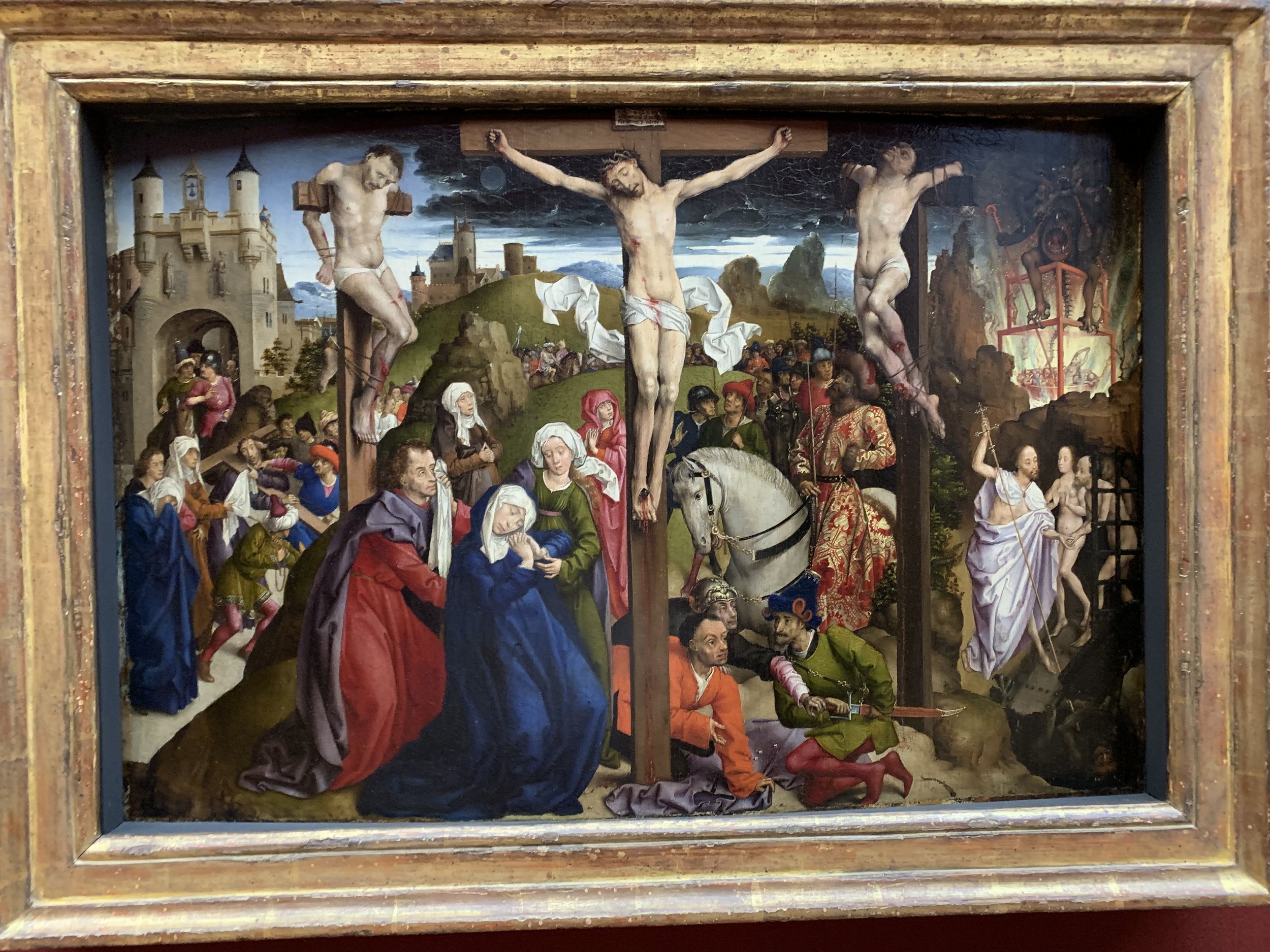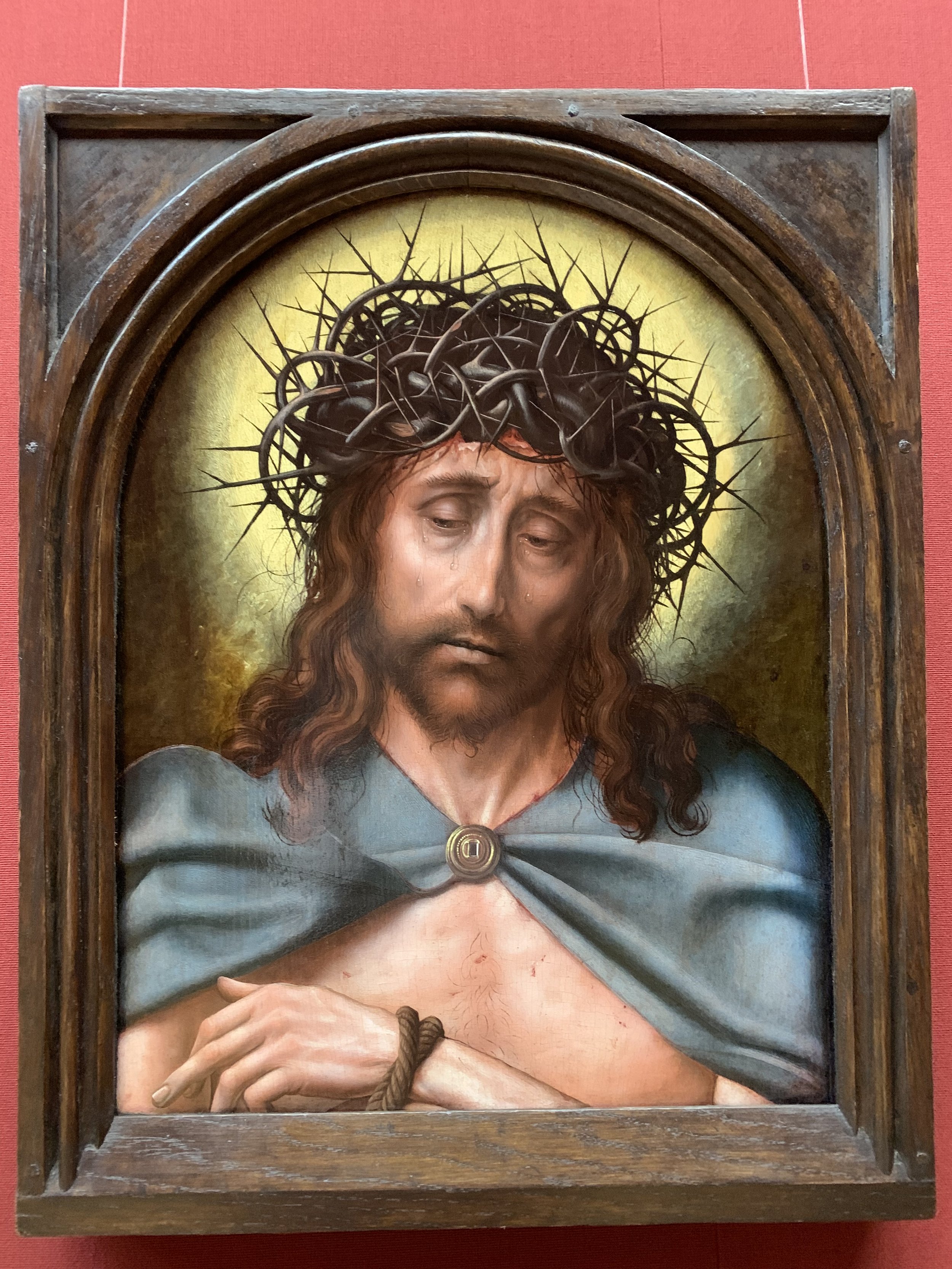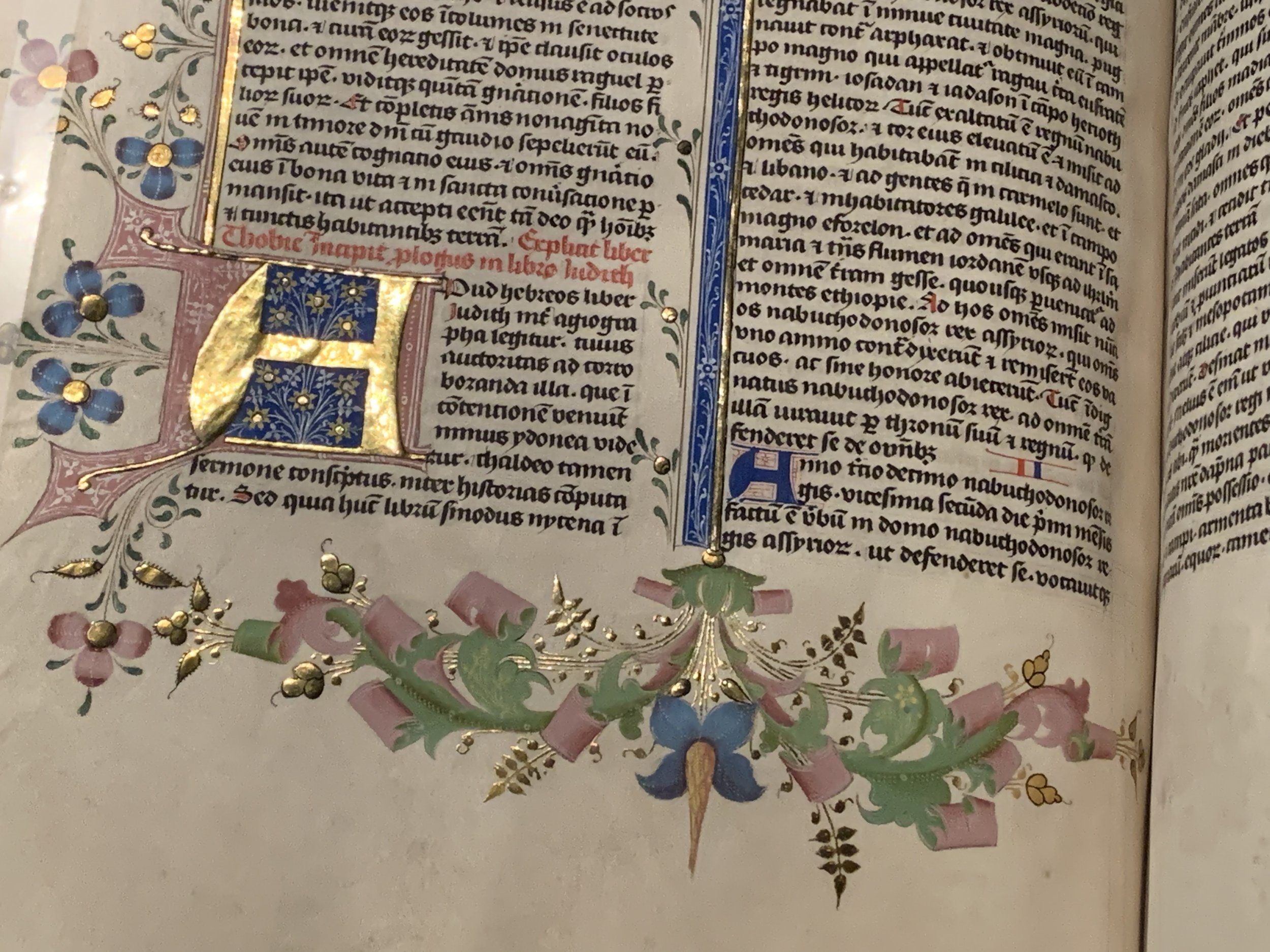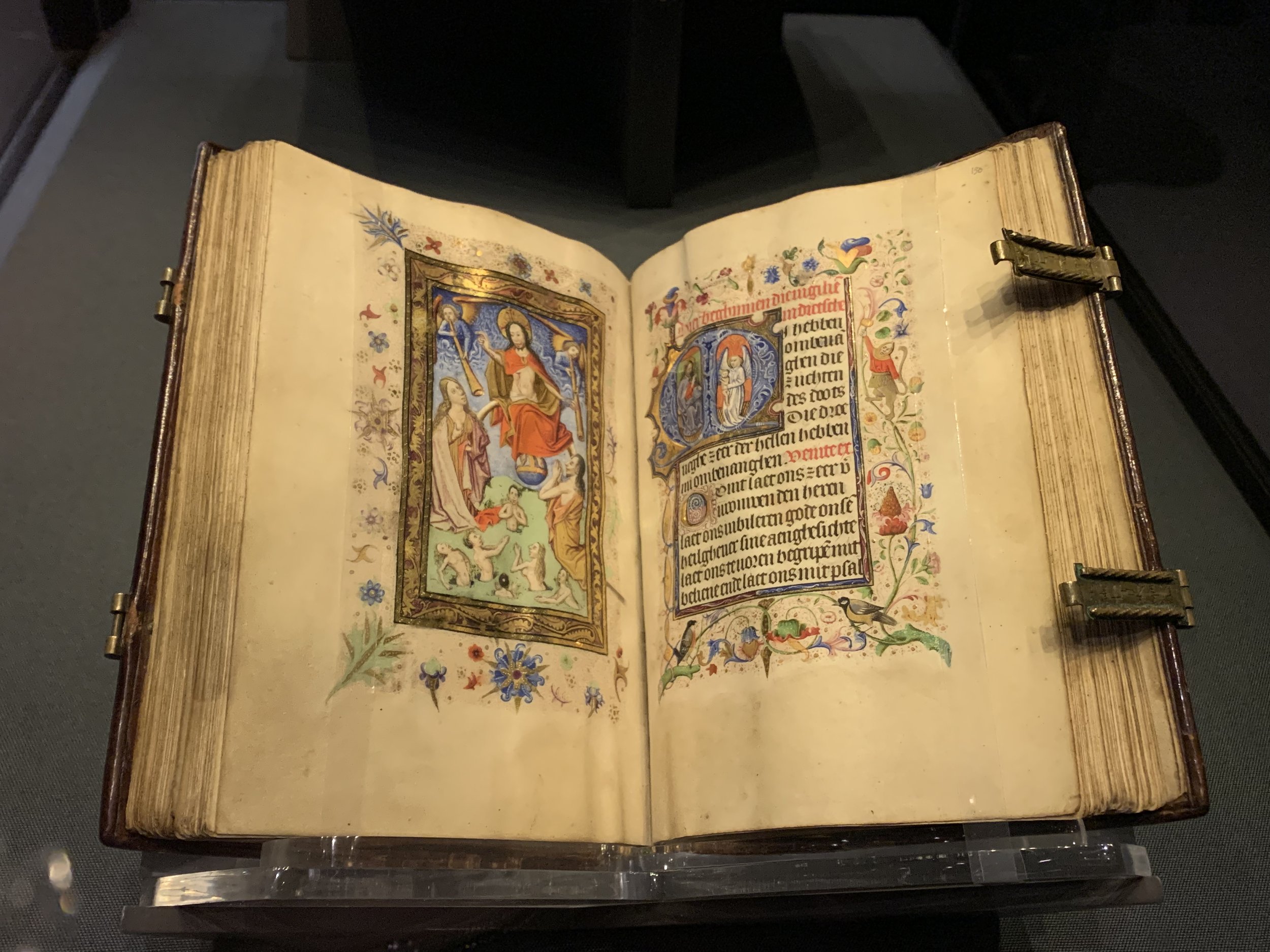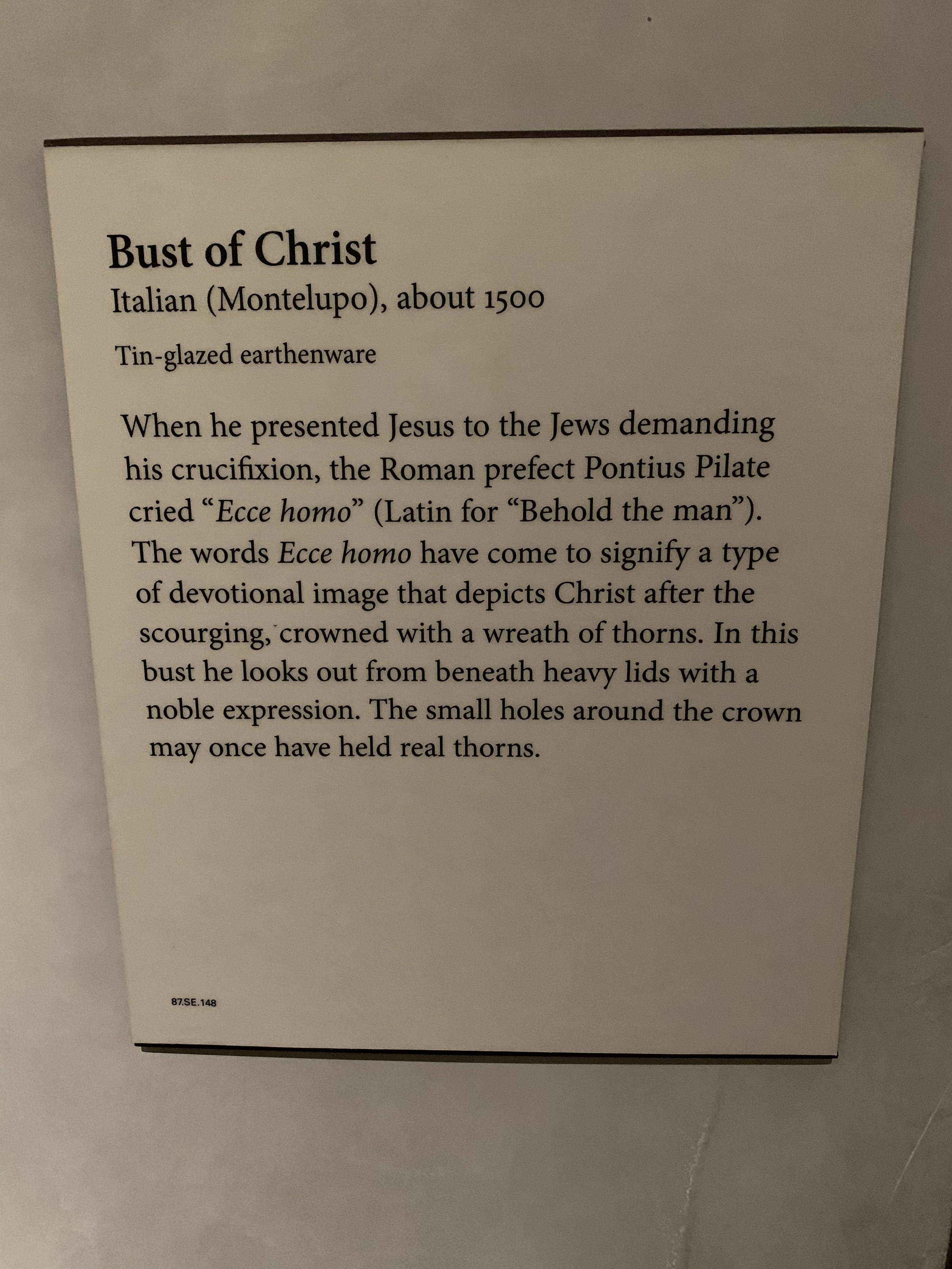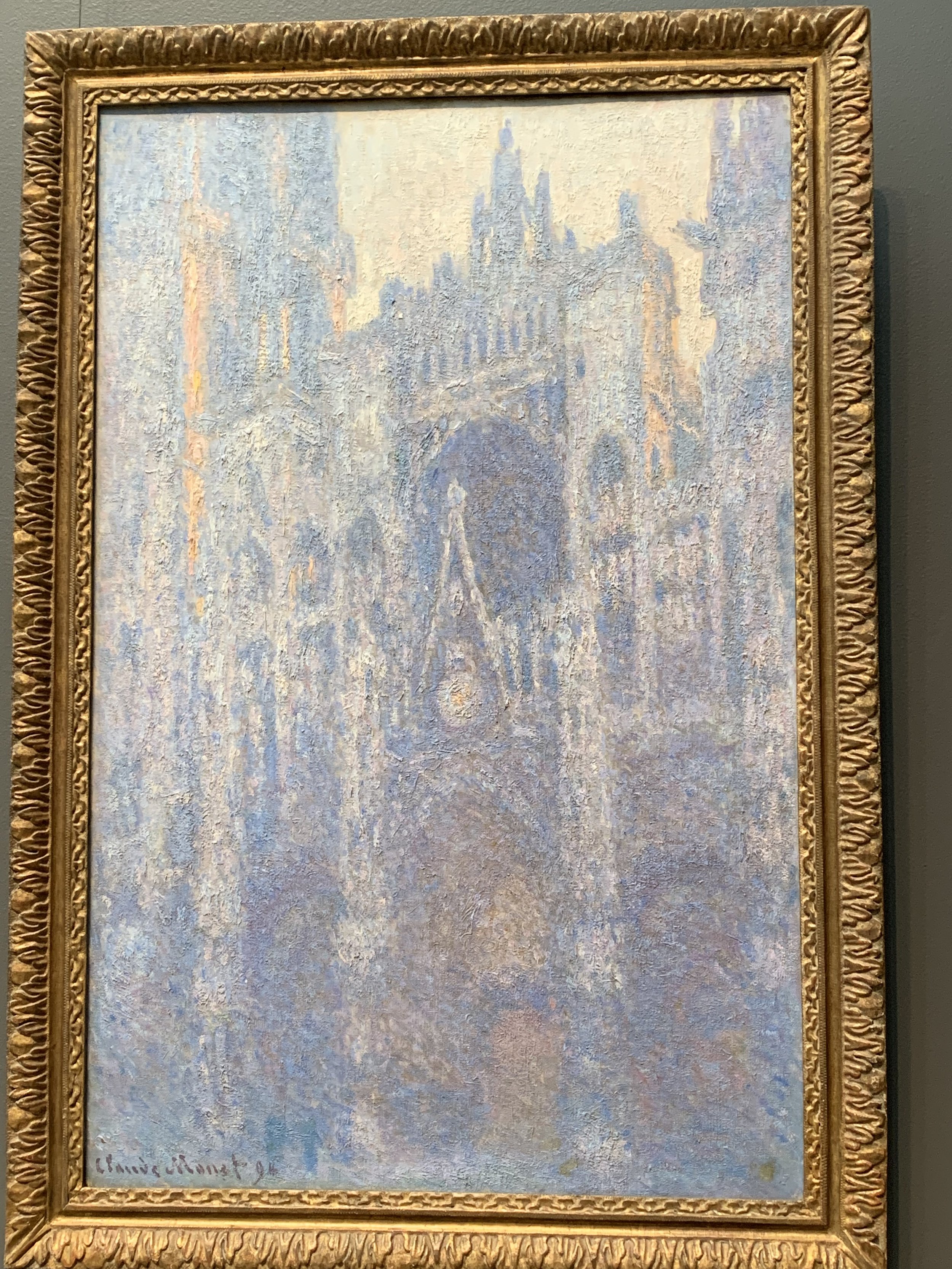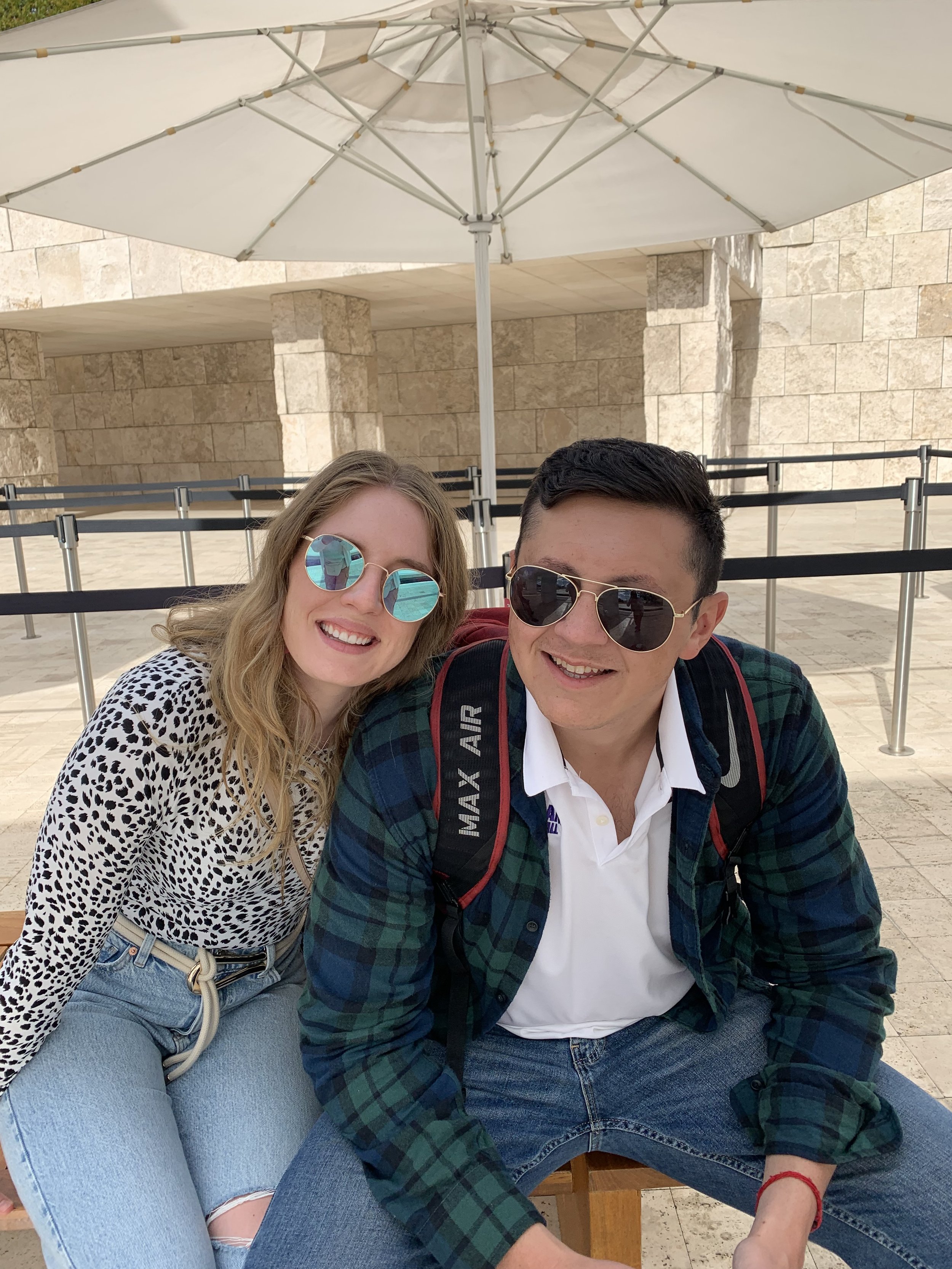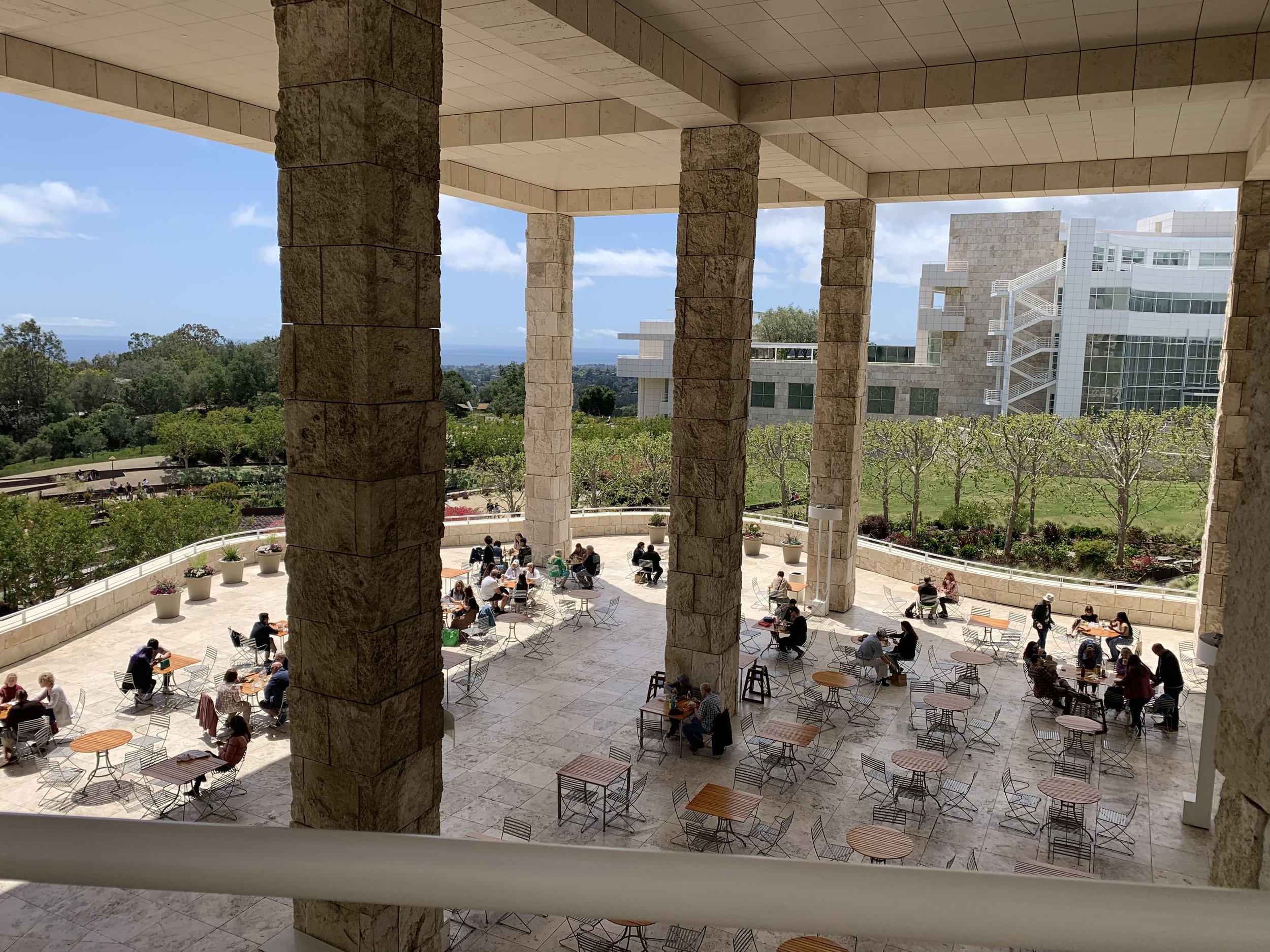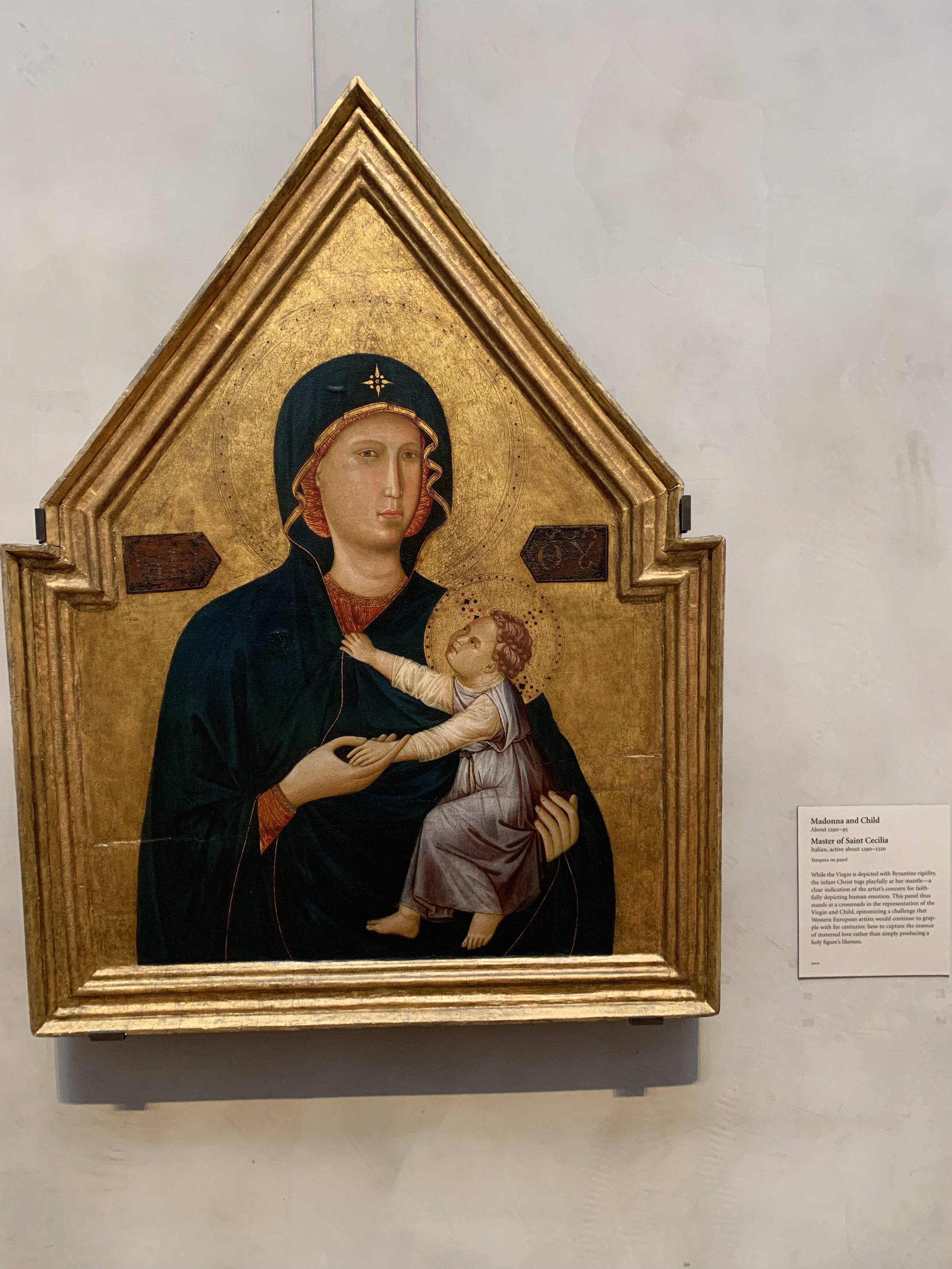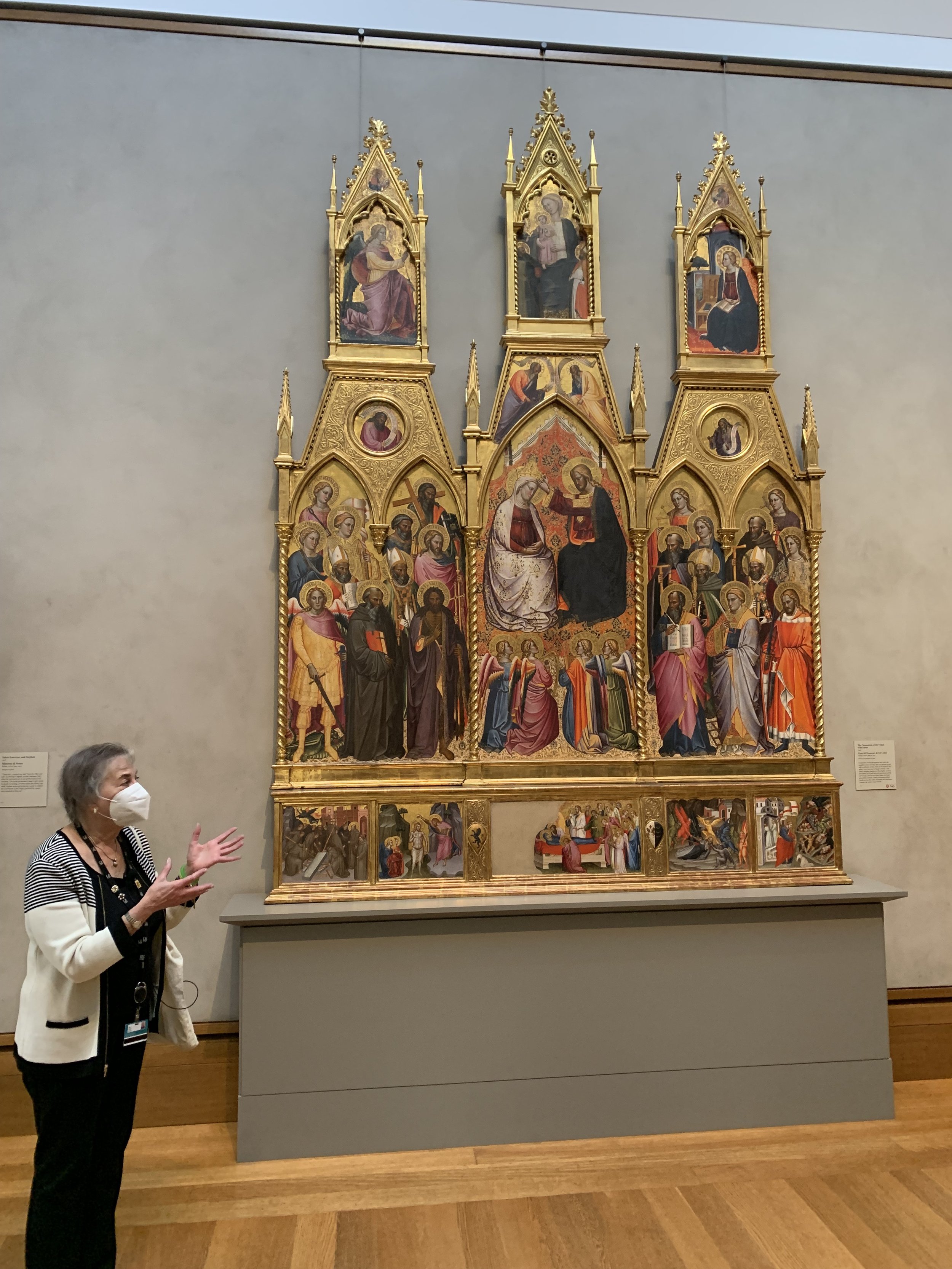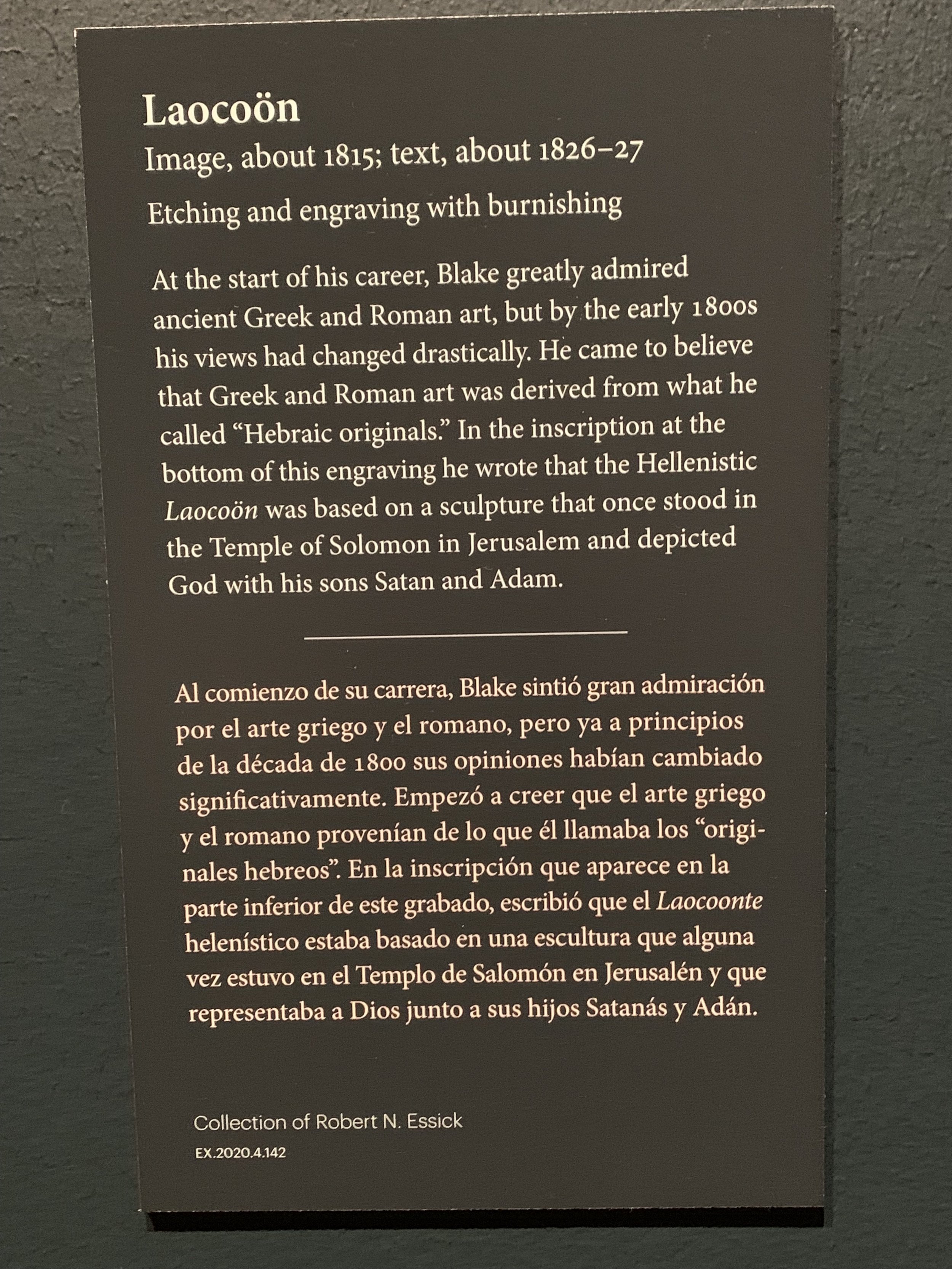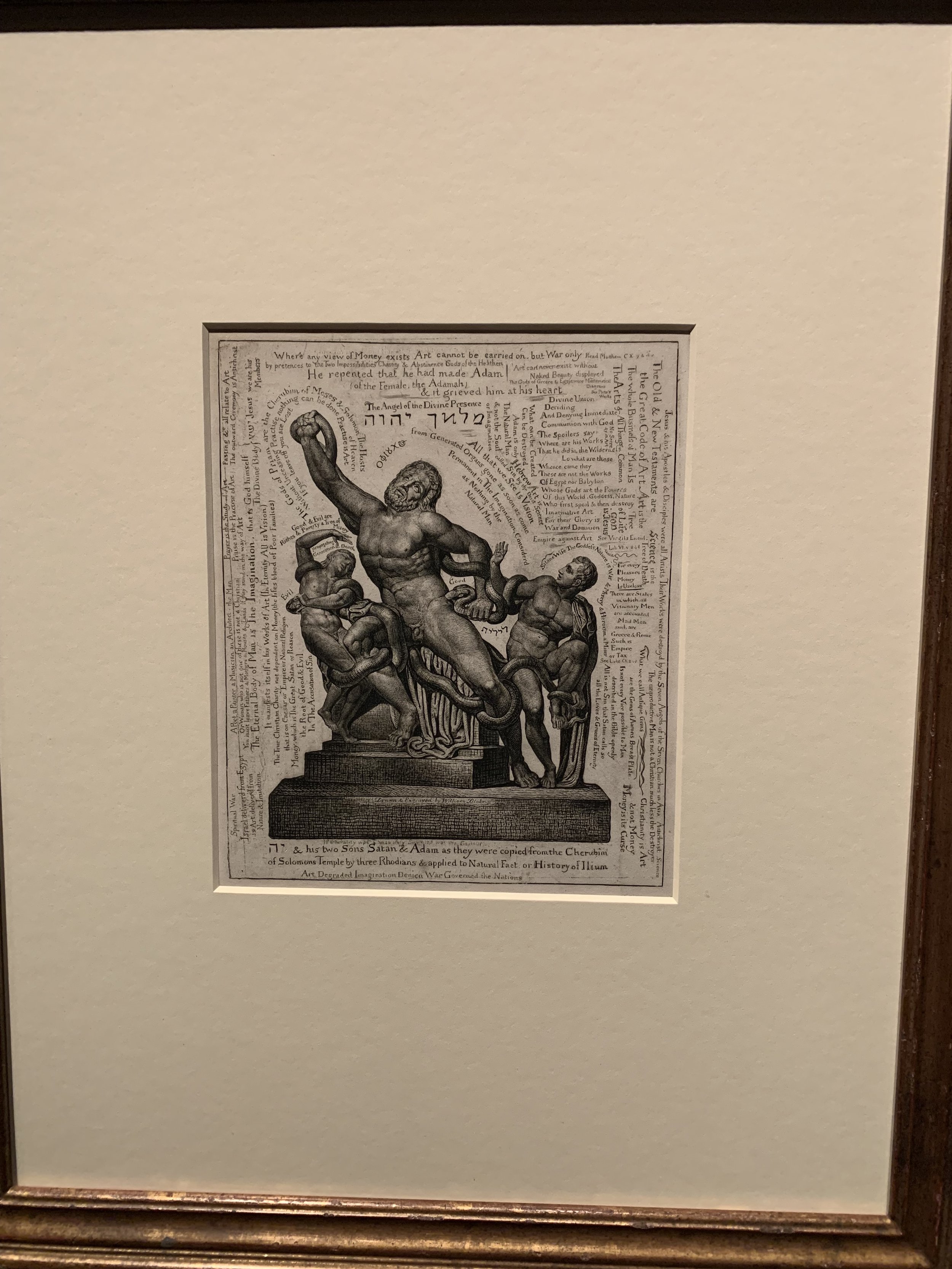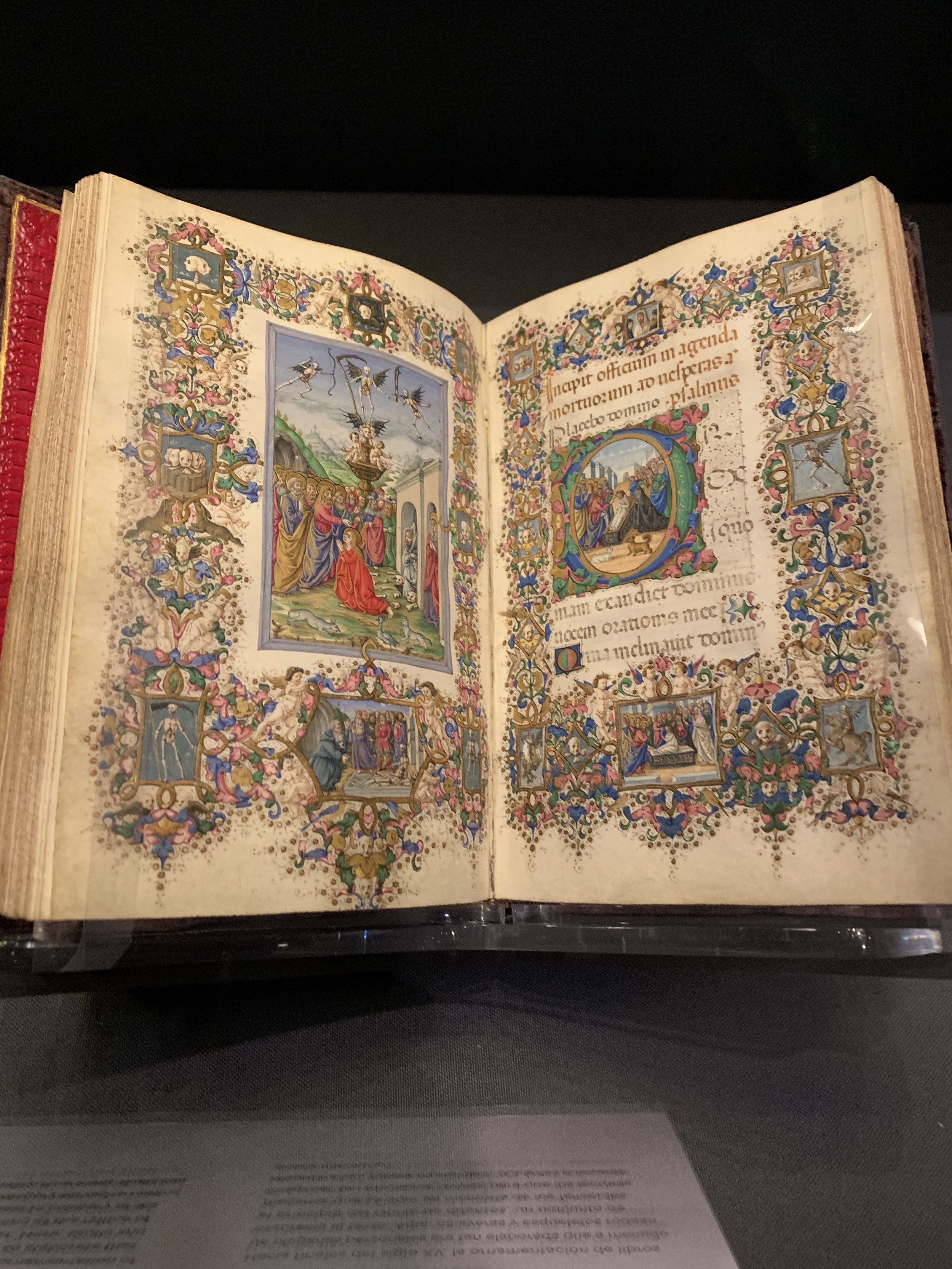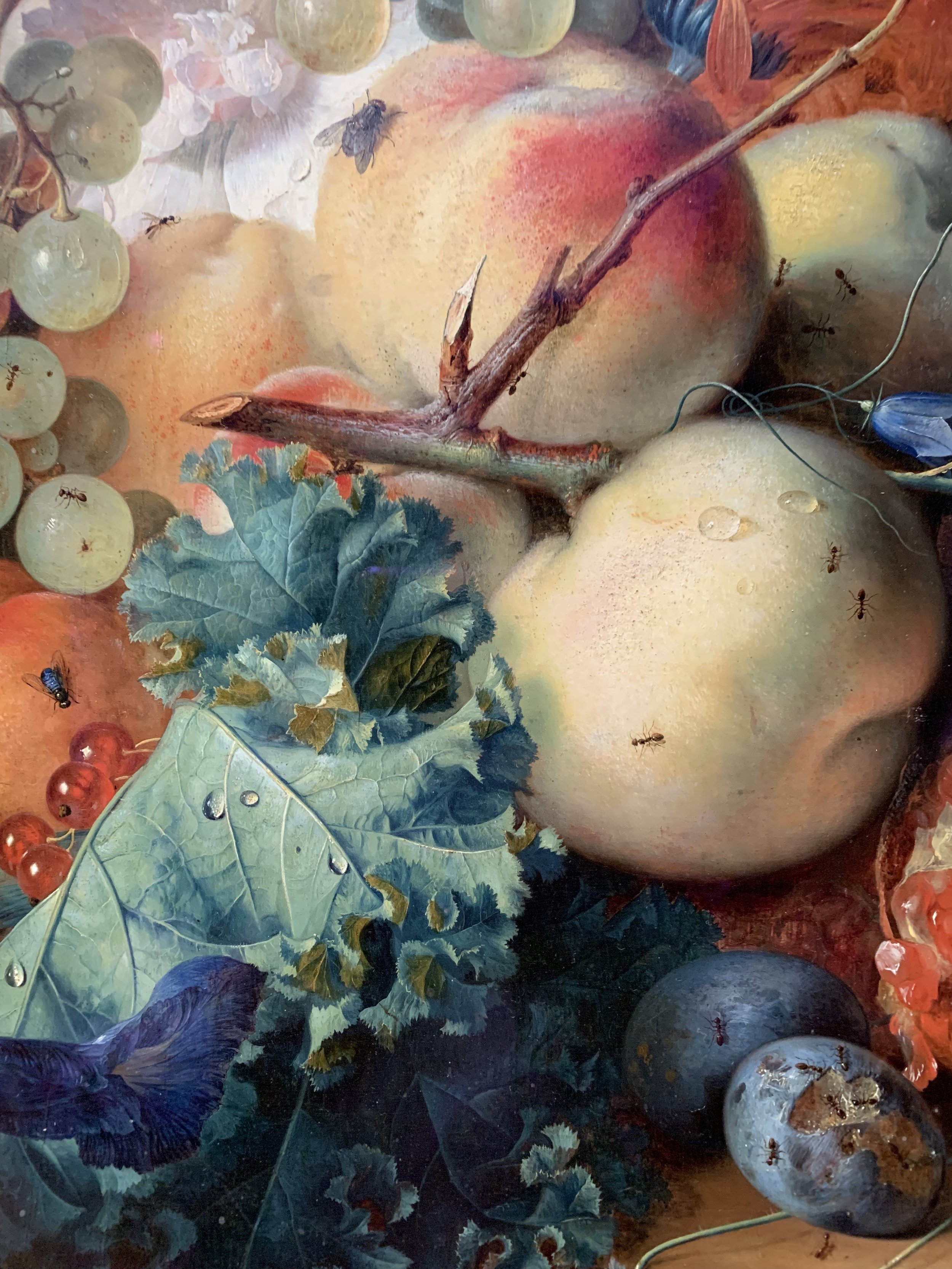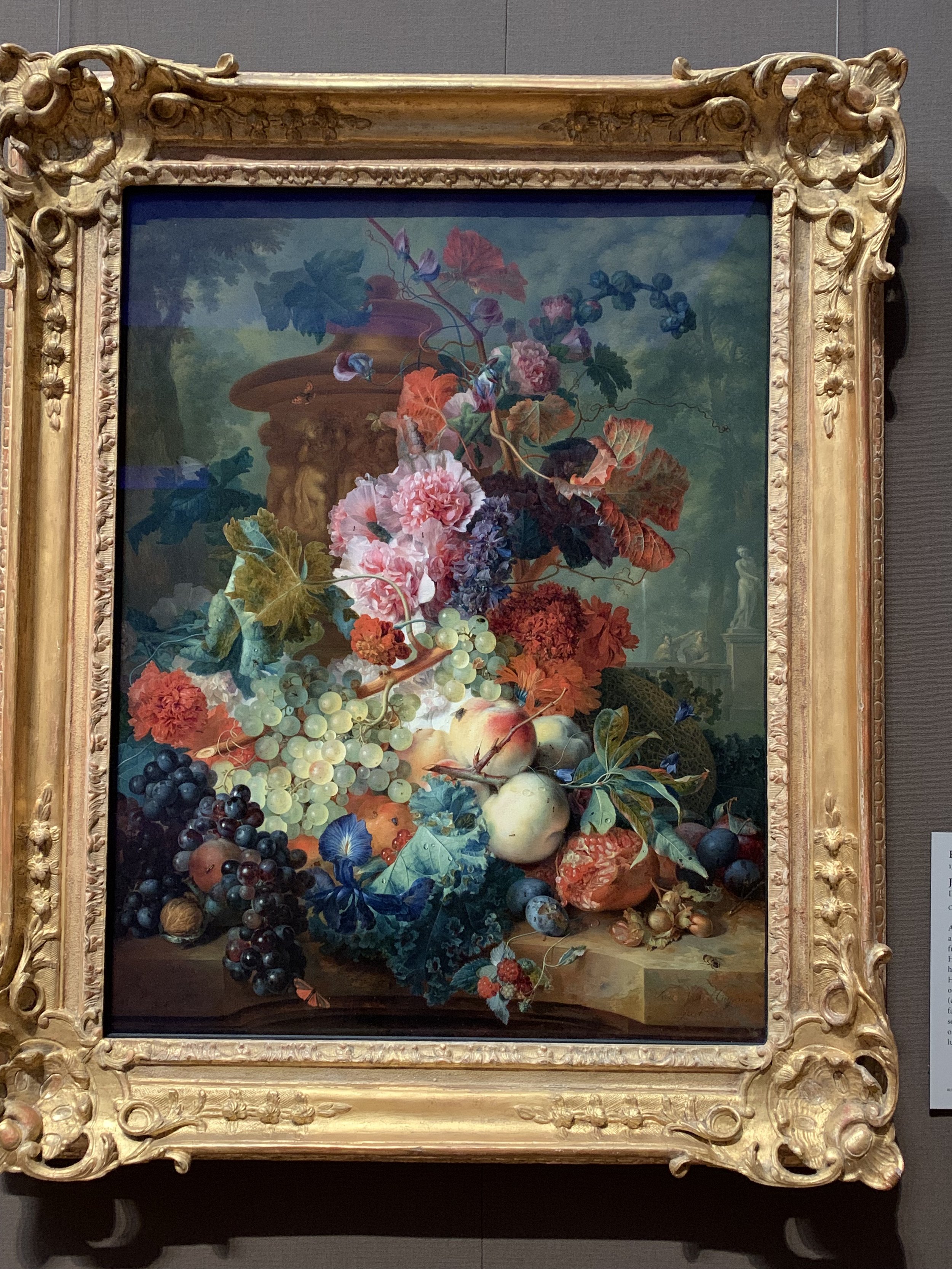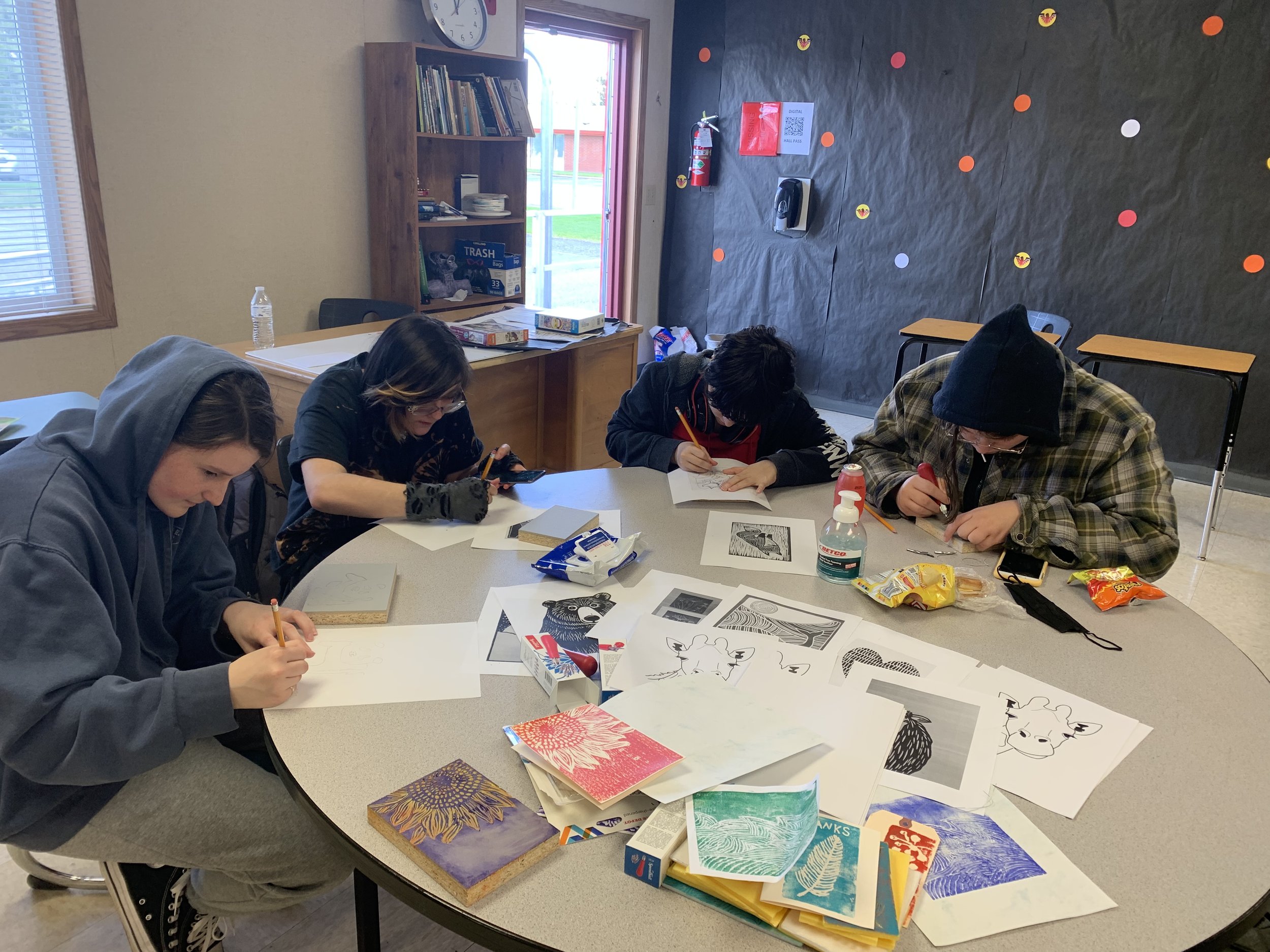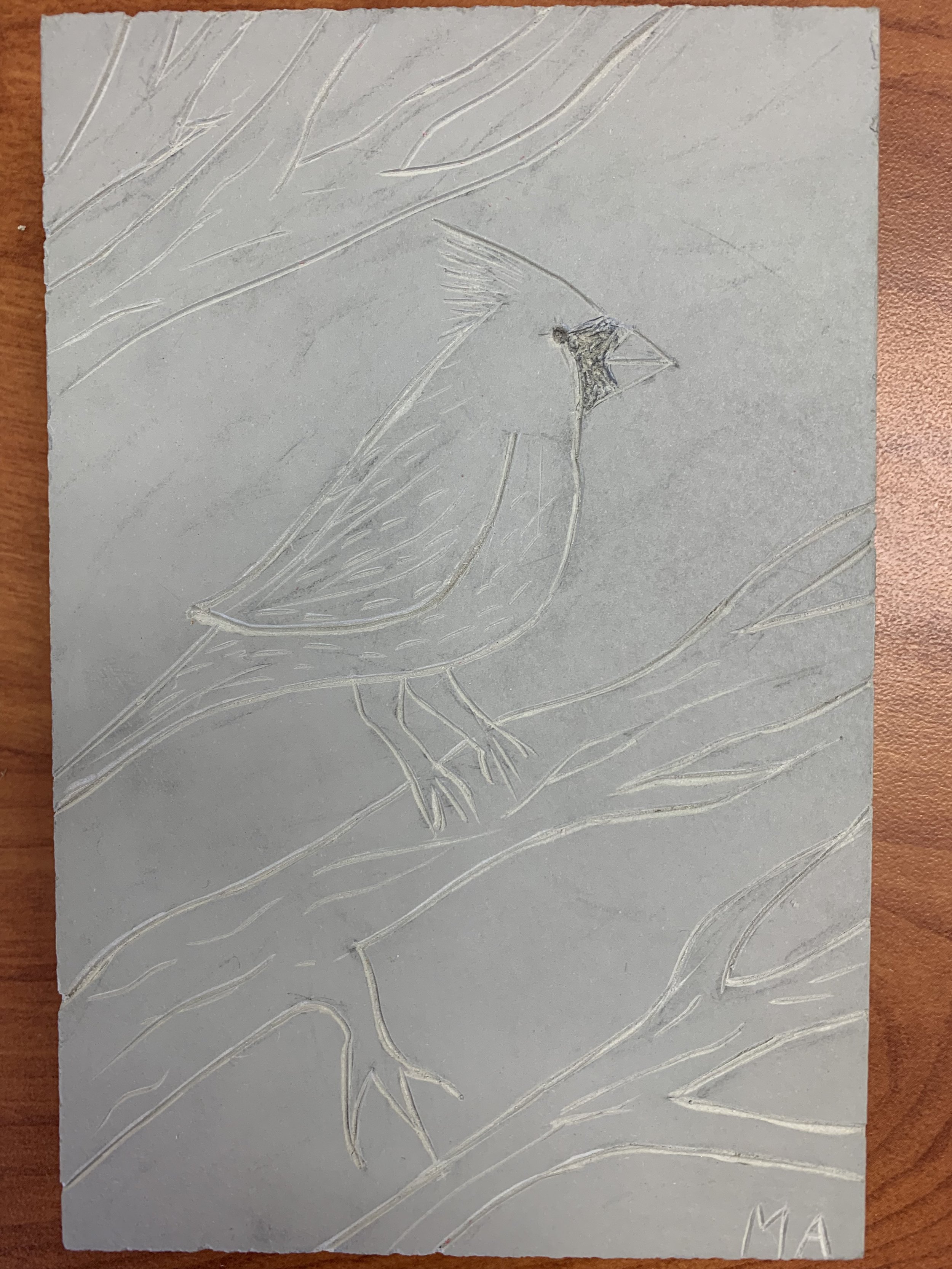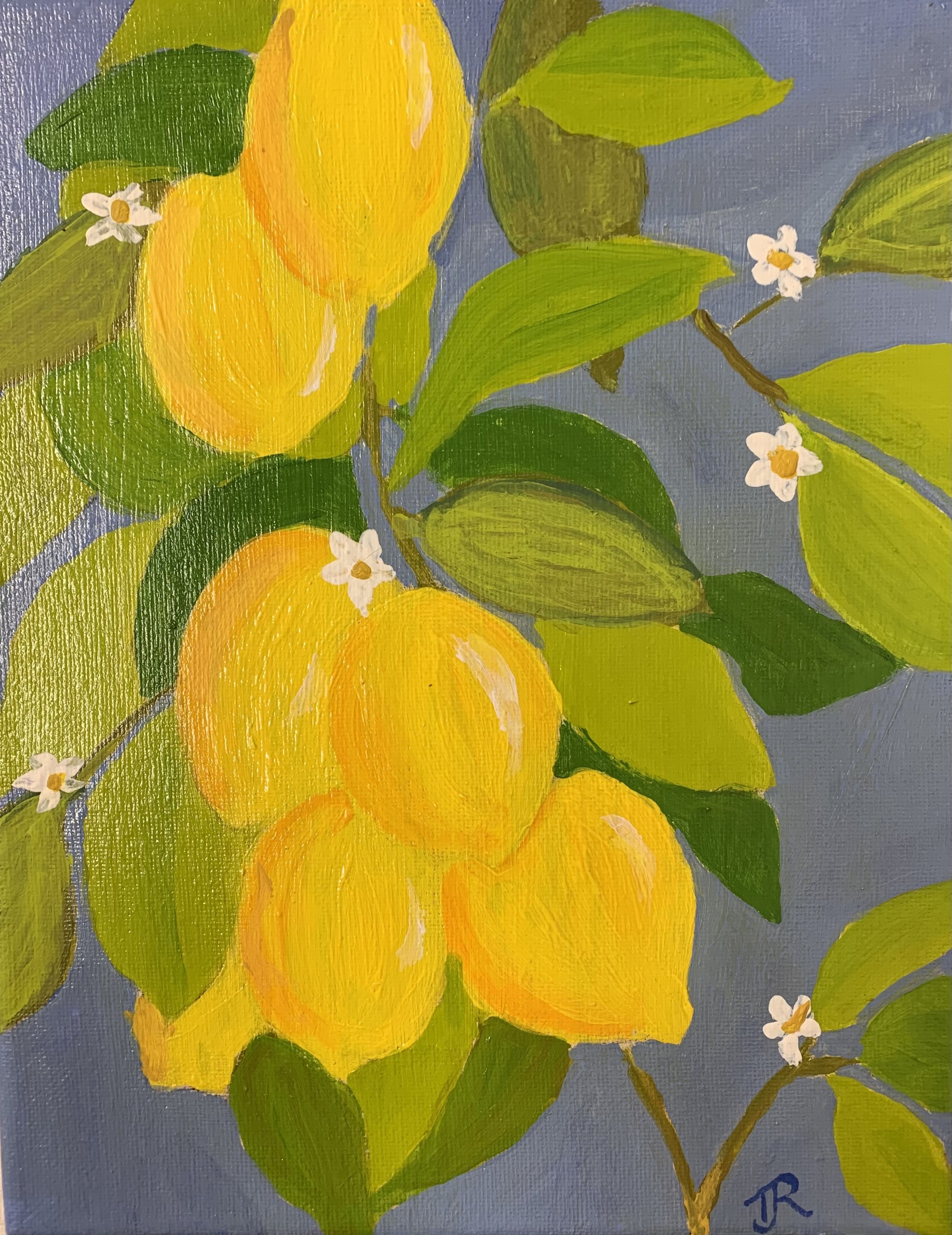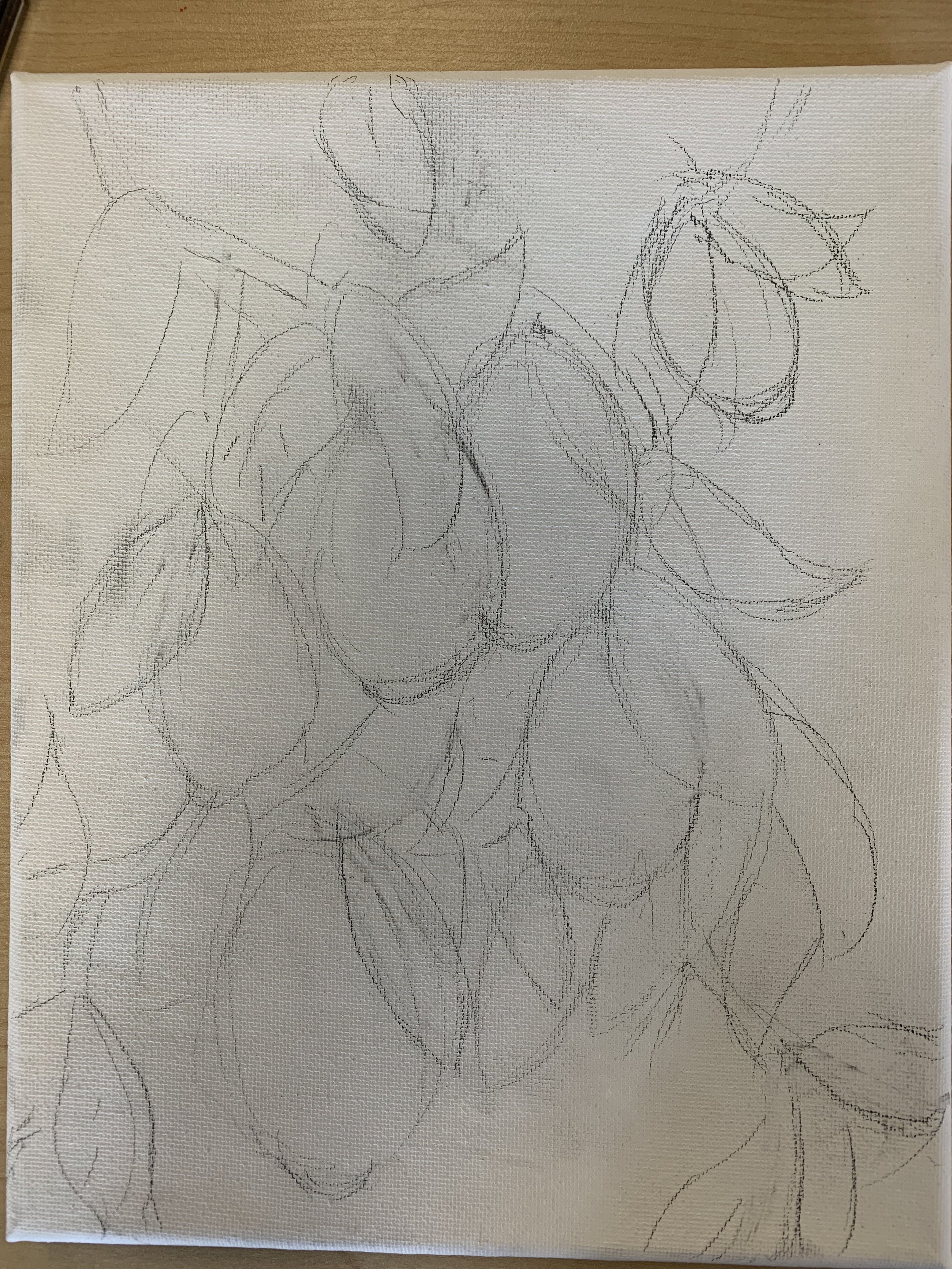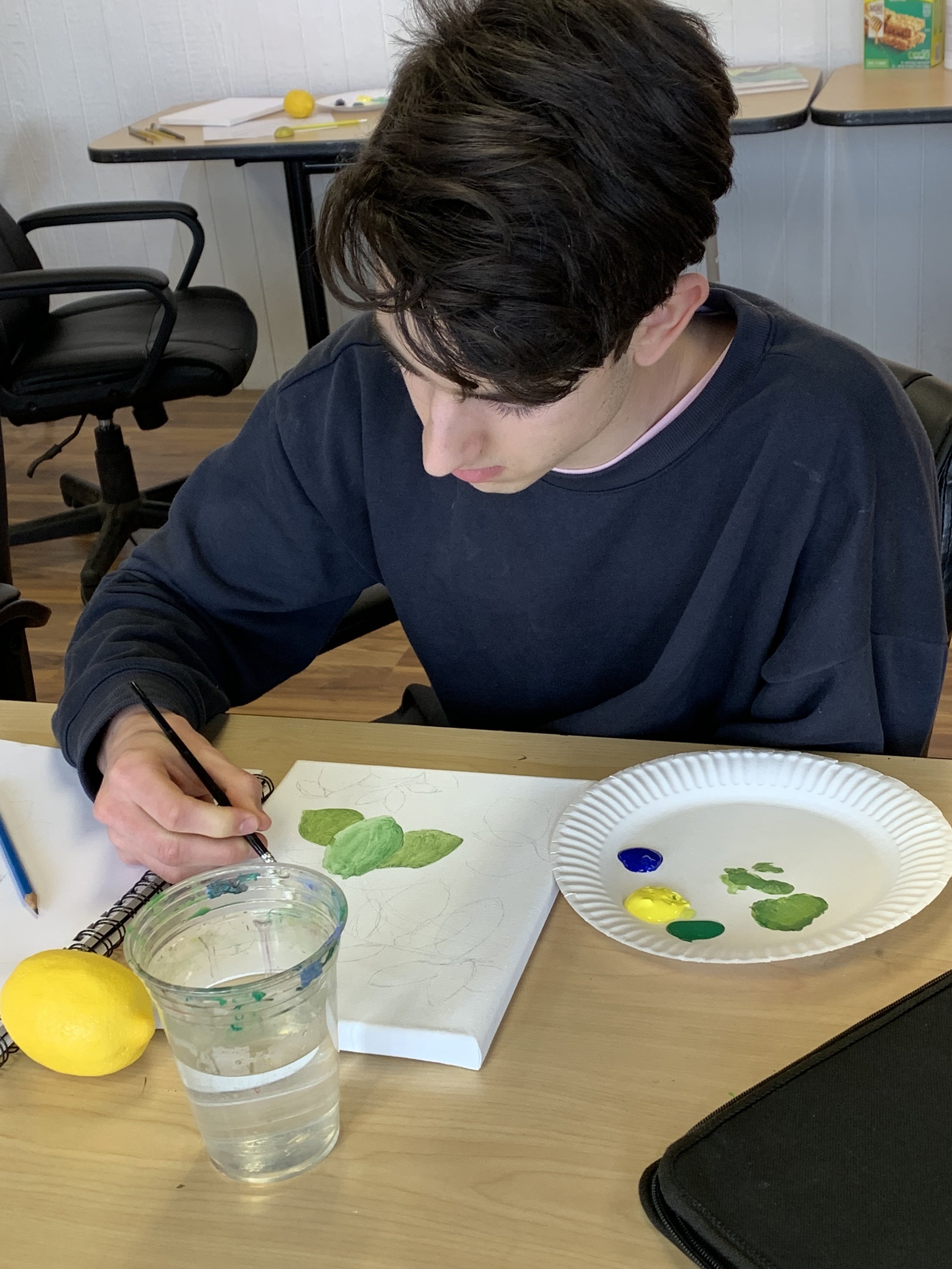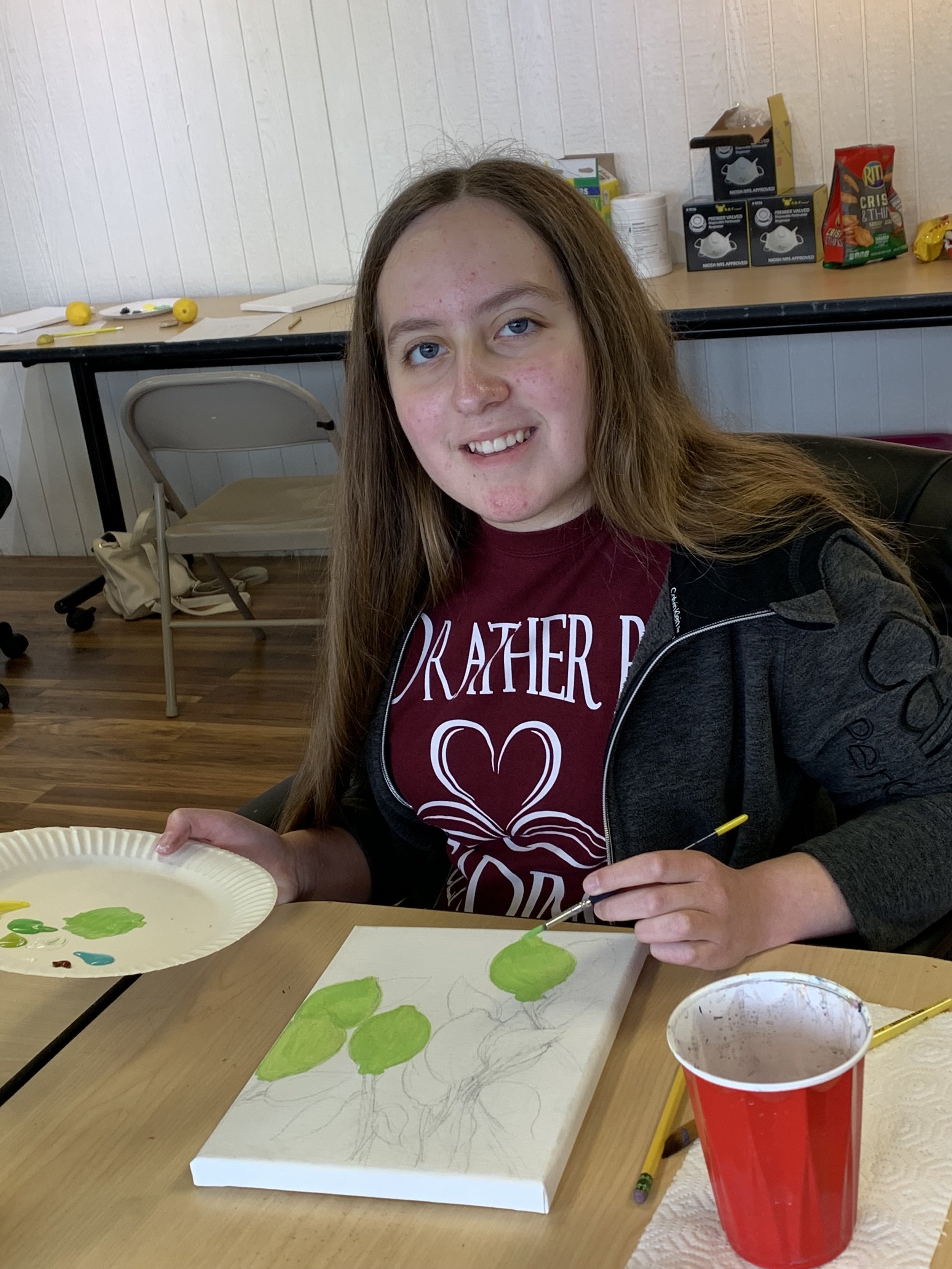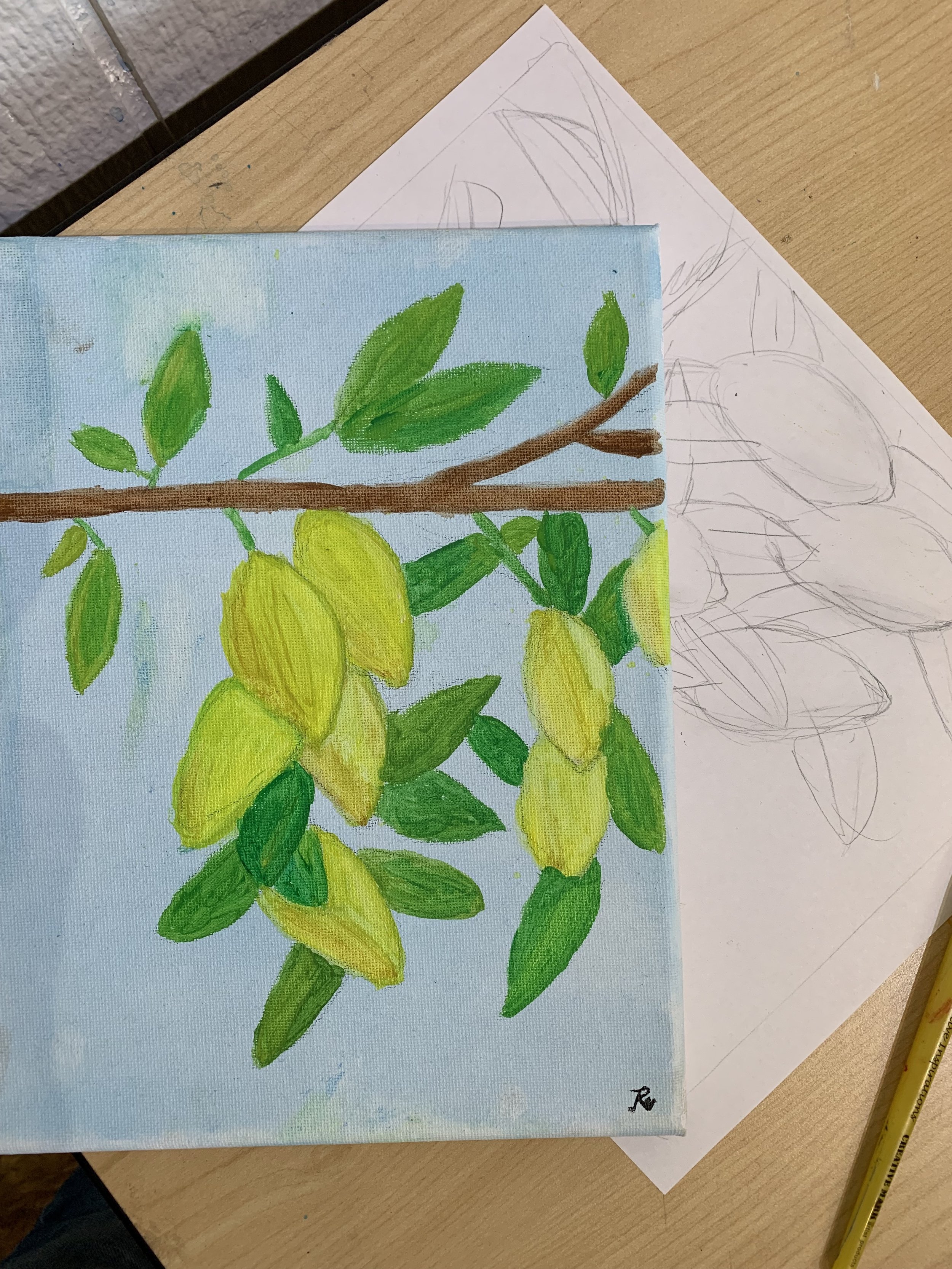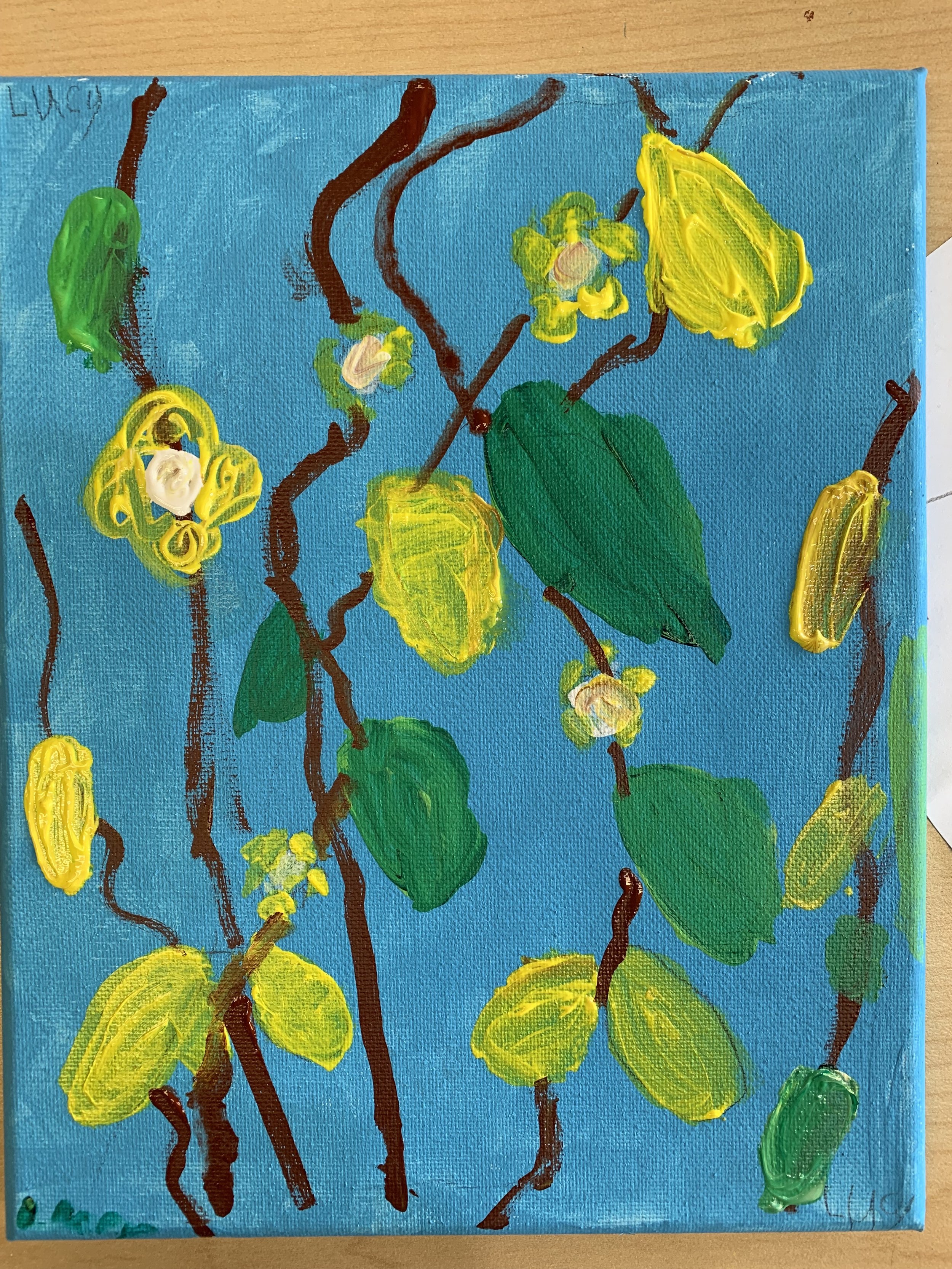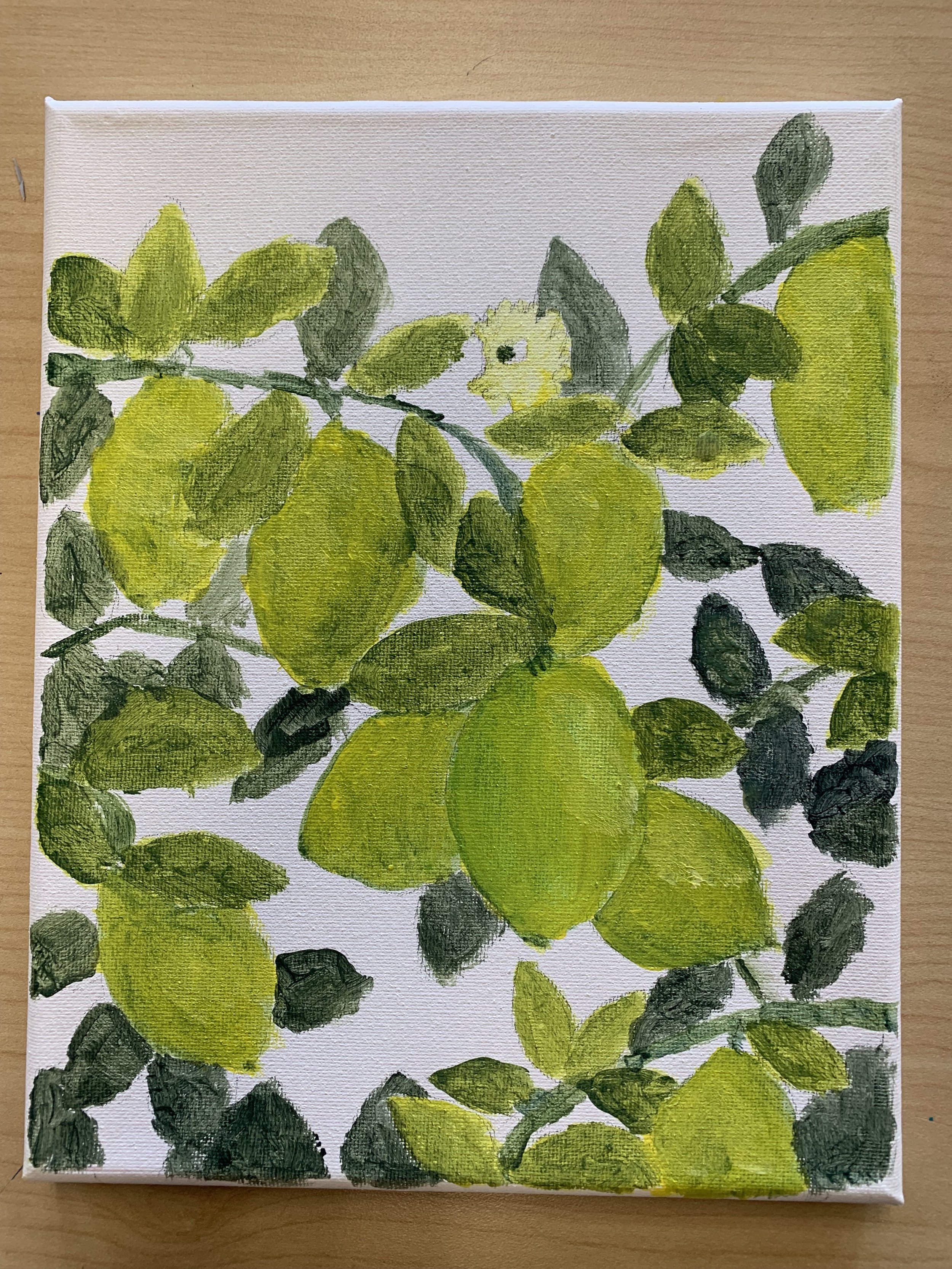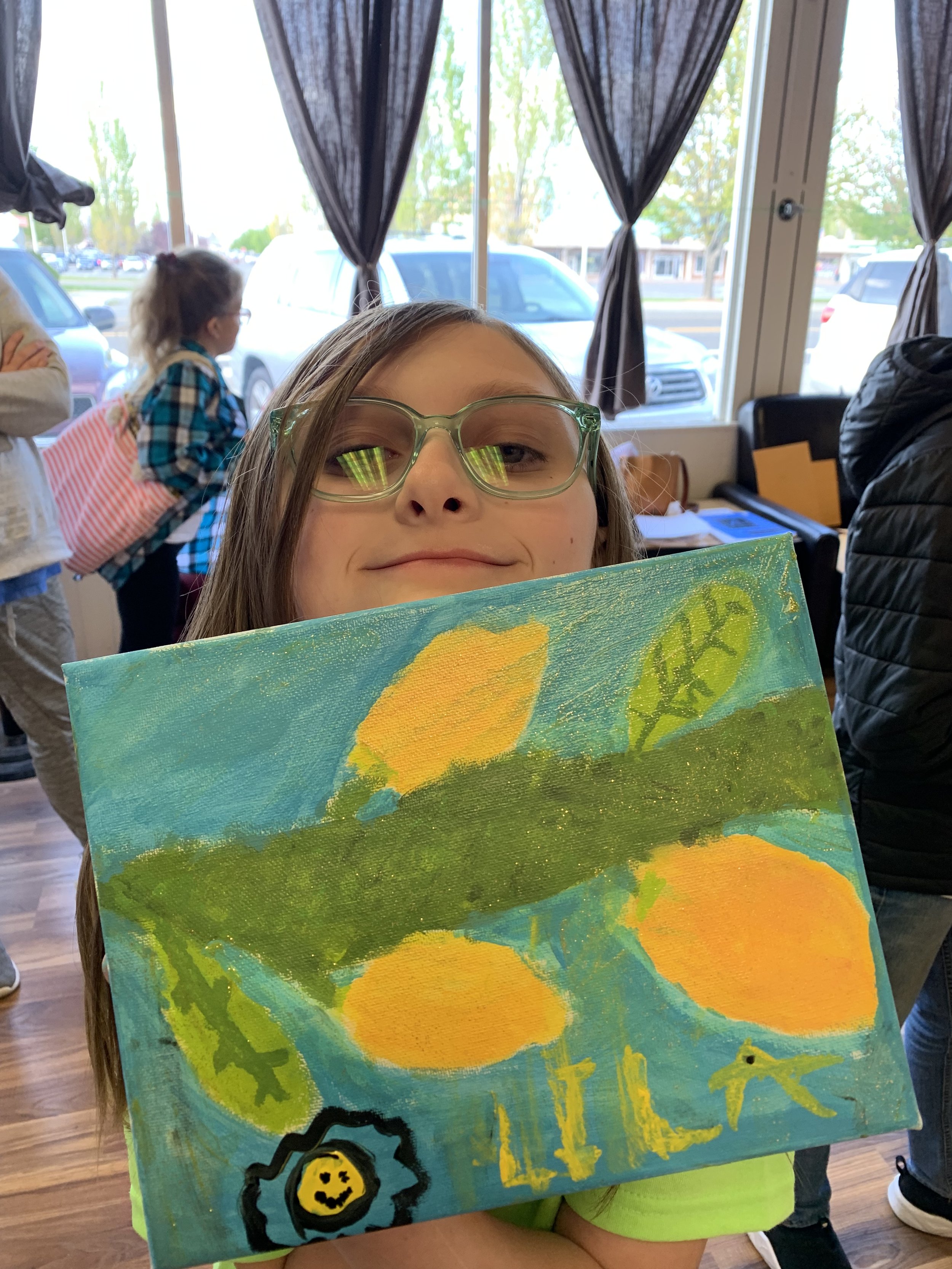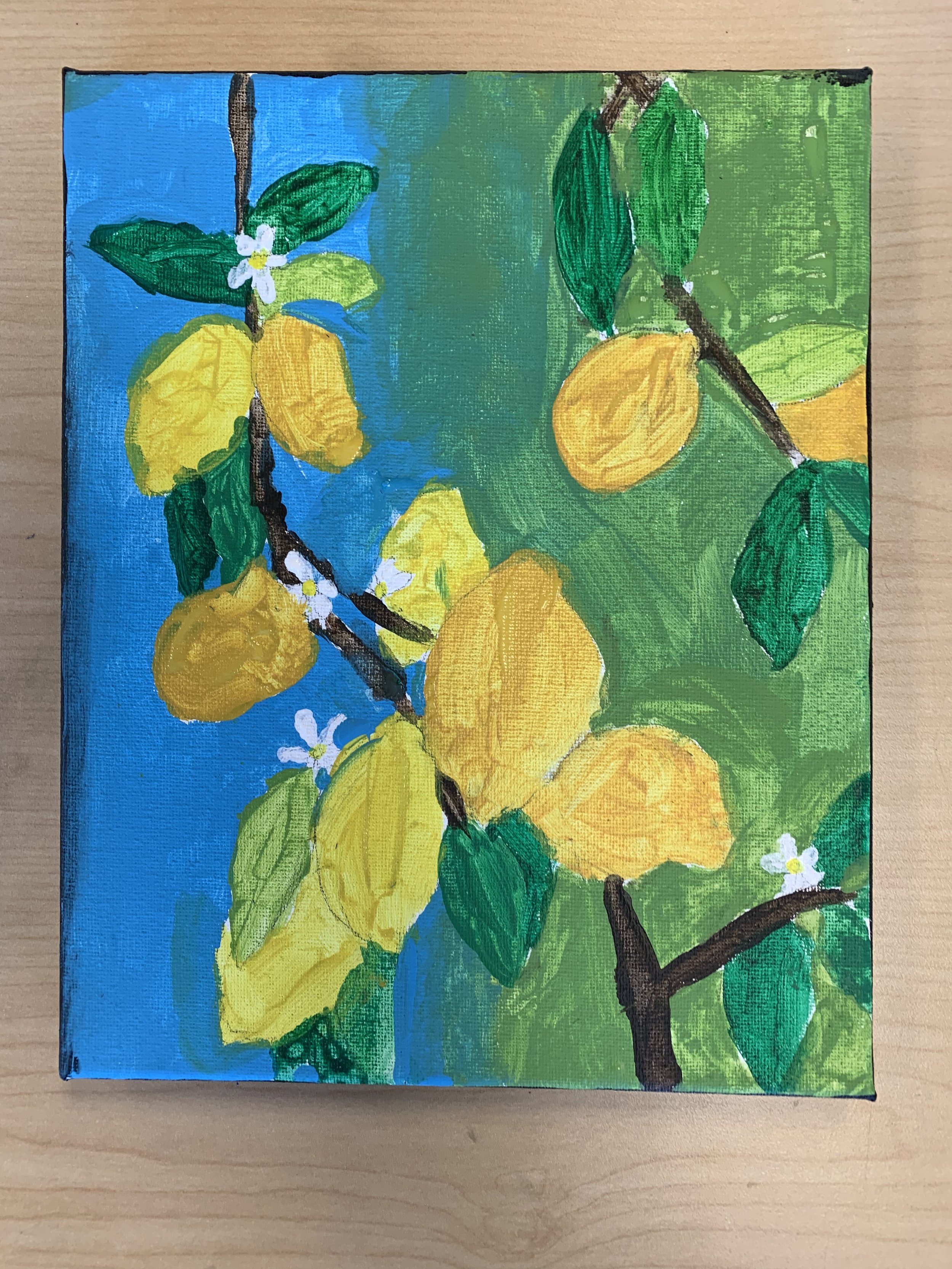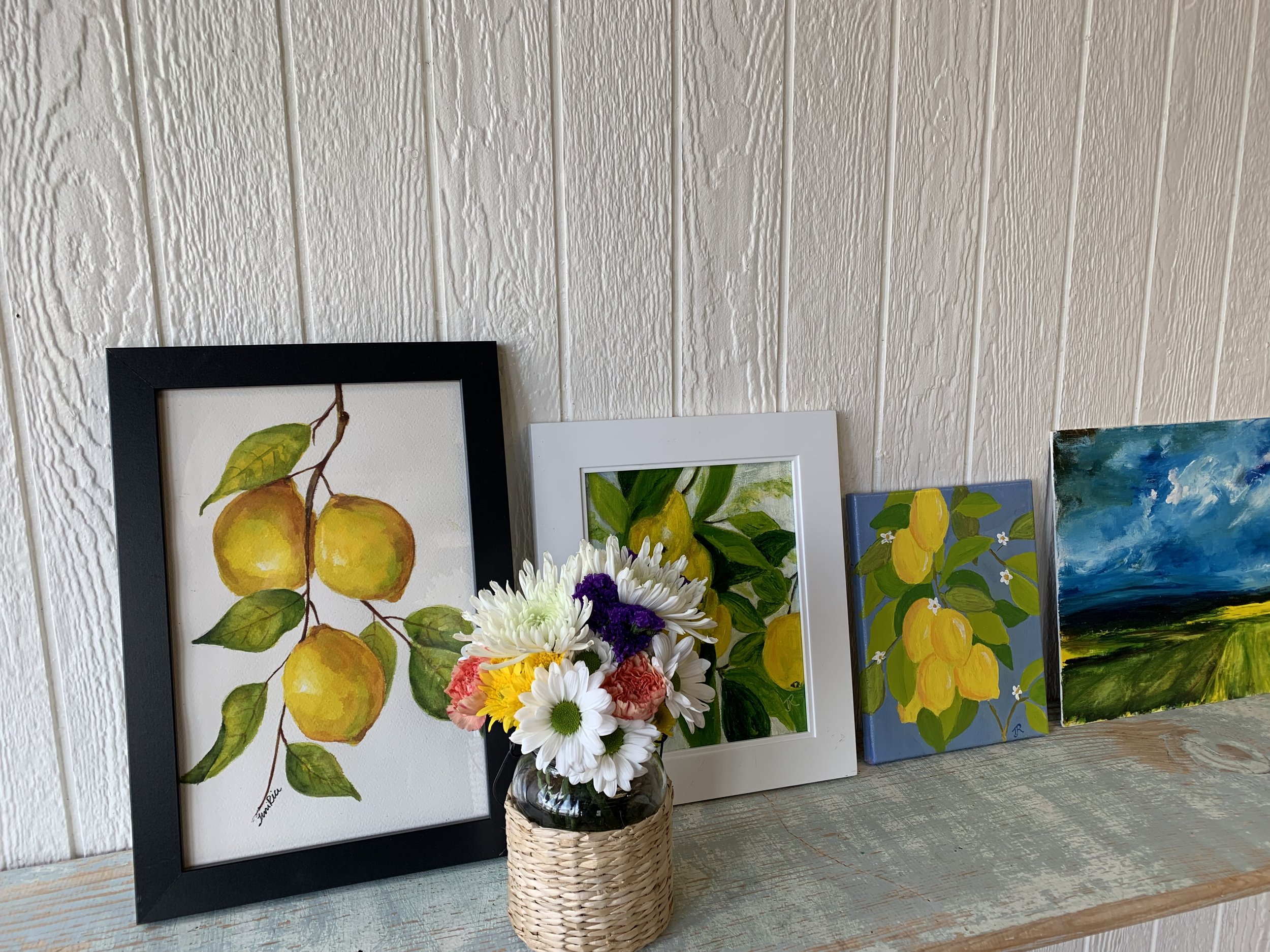“Icons raise the soul and mind to the realm of the spirit.” (Photis Kontoglou, greatest iconographer of 20th century Greece)
Years ago I sat entranced watching a youtube video of writing an icon. I searched for places that taught the writing using the traditional materials; I was not interested in acrylic paints and faux gold leaf. Fast forward a decade. After my intense and animated monologue about the art to a friend, who never forgot my enthusiasm, she found an icon artist who writes icons using the traditional supplies. I was invited and became the third and final student.
We began with a wooden board to which we applied pure linen using a glue made from rabbit skin granules and water cooked to the “right consistency” over a double boiler.
Next we applied priming gesso made from rabbit skin pellets, white marble dust and water. Each of the ten gesso layers is painted on while quietly contemplating a specific theme chosen as a group: New Beginning, Patience, Thanksgiving, Open to God’s Will, Letting God Lead, Gratitude, Letting Go, Silence, Courage, Grace. In essence we have “written” these contemplations into the icon. You must not rush the layers; every trace of wetness must be dry, but not too dry; the layers need to remain in unity. And no layer can be stronger than the one beneath it.
Once the panel is sanded it is ready for the gold. We used 23 carat gold leaf. The gold signifies God’s presence while the pigment colors signify the creation. As a metal, gold is distinct from pigments which are earth or stone. “So on the one hand gold (denoting God) appears completely other than the pigment (creation). On the other hand there is an intimate relationship between them.
An under layer of bole is warmed and applied wherever the gold will be laid. The gold is carefully placed on a gilder’s cushion and cut to size. Immediately before applying to the icon the bole is brushed with a mix of water and alcohol- vodka works. Using a squirrel gilder’s tip rubbed on your hair or face for a little oil, the gold is picked up and then placed over the place you’d like the gold.
My first attempt, I inadvertently got the merest bit of water on my squirrel tip and the gold quietly and quickly curdled into an unusable snake. My dear friend began to laugh but had to slowly walk away from her gold leaf lest it take flight by the slightest breath of her guffaw.
Next comes the actual painting. The colors are pure pigments from the earth mixed with the yolk of an egg. Reds, for example, are made from plants or creatures or by heating white lead.
Under the icon a prayer is written after a lot of meditation and prayer. The viewer will never see it, but the prayer is there nonetheless.
“If one is to make an icon that radiates love it must be made with love- love for the materials as well as for the subject and the viewer. Sourcing and preparing pigments helps gain a respect for them.” (Techniques of Icon and Wall Painting- Aidan Hart)
I was surprised by my absolute intimidation of the process and the respect for the materials. The process is slow and every single step has significance. My respect for this art continues to grow.














